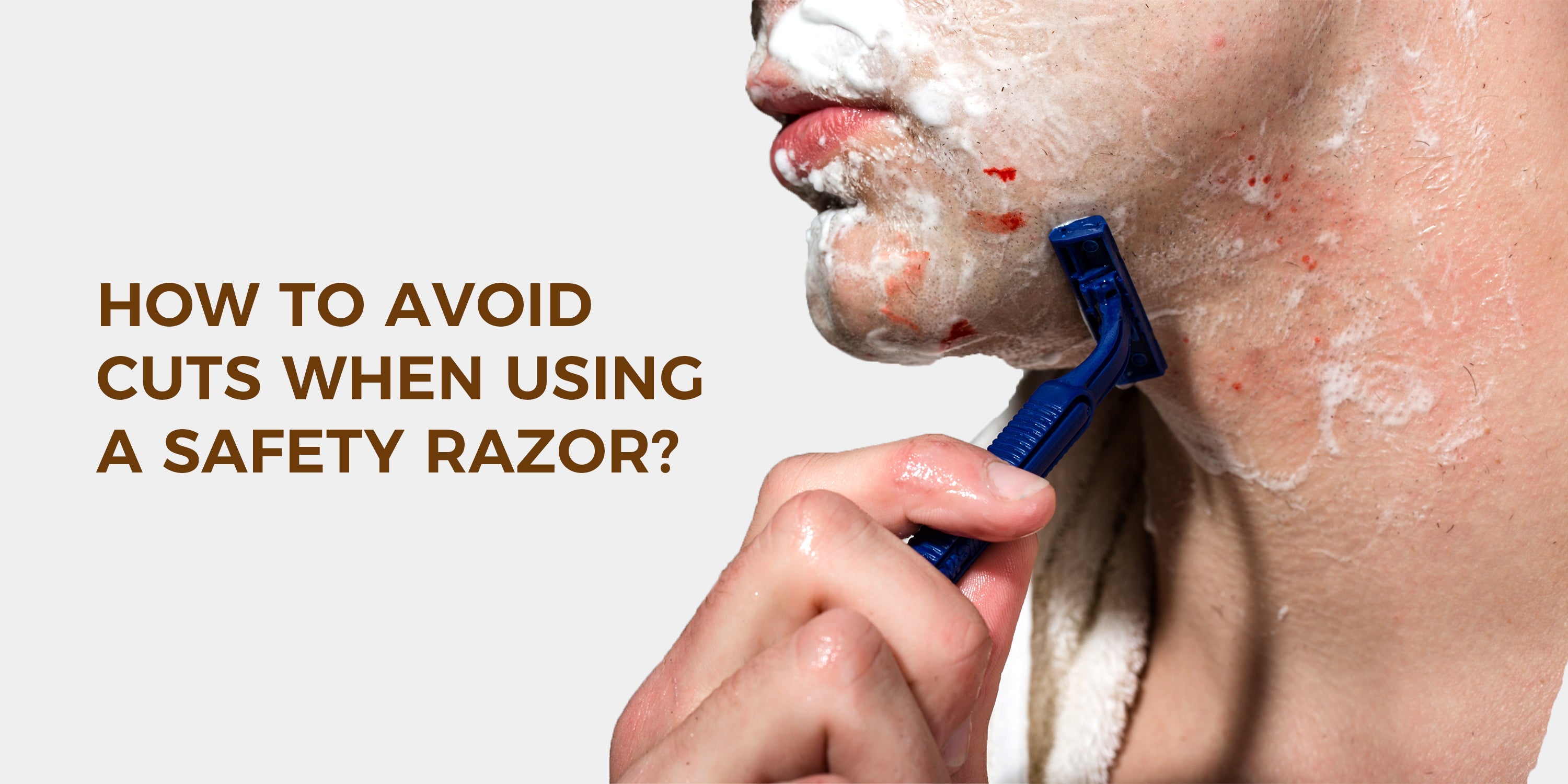
Shaving with a safety razor can be intimidating for beginners, especially if you’ve been used to disposable razors or electric shavers. The name "safety razor" suggests a safer shave, but many people still worry about cutting themselves during the process. The good news is that with the right technique and a few simple tips, shaving with a safety razor can be just as easy, and often smoother, than other shaving methods. In this blog, we’ll guide you through the steps to ensure a safe, clean shave with a safety razor—without the cuts.
1. Use a Fresh Blade
The number one rule to avoid cuts is to always use a sharp, fresh blade. A dull blade increases friction and requires more pressure to get a clean shave, which often leads to nicks and cuts. By replacing your safety razor blade regularly—ideally after 5-7 shaves—you’ll reduce the risk of irritation and ensure a smooth shave with minimal effort. At Zomchi, we offer high-quality, affordable replacement blades to keep your razor sharp and effective.
2. Prep Your Skin Properly
Preparation is key to a smooth and safe shave. Here’s how to get your skin ready:
- Shave after a shower: Shaving in or right after a warm shower helps soften the hair and opens your pores, making the shaving process much smoother. The warm water and steam reduce friction between the blade and your skin, which helps prevent cuts.
- Exfoliate: Gently exfoliate your skin before shaving to remove dead skin cells and unclog pores. This step helps prevent ingrown hairs and allows the blade to glide more easily over the surface of your skin. Zomchi’s Exfoliating Glove is perfect for this pre-shave step, providing a gentle yet effective exfoliation.
- Use Shaving Cream or Soap: Apply a rich, hydrating shaving cream or soap before shaving. A good lather not only softens the hair but also forms a protective layer between the blade and your skin. Always opt for a chemical-free, natural shaving soap like those available in Zomchi’s range to avoid irritation, especially on sensitive areas.
3. Hold the Razor at the Correct Angle
The correct angle is one of the most important aspects of using a safety razor. Unlike multi-blade razors, safety razors require a different approach:
- Hold the razor at a 30 to 45-degree angle against your skin. This allows the blade to shave efficiently without digging into your skin.
- Let the weight of the razor do the work. Avoid pressing down too hard on the razor; safety razors are heavier than disposables, so they naturally apply enough pressure for a close shave. Pressing too hard increases the risk of nicks and cuts.
4. Shave with the Grain
Another essential tip to avoid cuts is to shave in the direction of hair growth (known as “with the grain”). Shaving against the grain can tug at your skin and cause irritation, especially if you have sensitive skin. While shaving with the grain may not give as close a shave initially, it’s much safer and still leaves your skin feeling smooth.
If you prefer a closer shave, you can go for a second pass—but only after reapplying shaving cream—and gently shave across or against the grain with caution.
5. Take Your Time
Rushing through a shave is one of the quickest ways to cut yourself. Take your time, especially if you’re new to using a safety razor. Shave in slow, short strokes and focus on maintaining the right angle and light pressure.
Make sure to rinse the blade regularly under warm water to remove any build-up of hair or shaving cream. This keeps the blade sharp and effective, reducing the risk of accidental cuts.
6. Use Short Strokes
Long strokes increase the chances of cutting yourself, especially around tricky areas like the jawline, knees, or underarms. Instead, use short, controlled strokes to maintain more precision and control.
7. Stretch Your Skin
For areas with loose or uneven skin (like around the knees or underarms), it helps to gently stretch your skin to create a smooth surface for the razor to glide over. This reduces the risk of the blade catching on folds of skin, which can lead to nicks.
8. Post-Shave Care is Key
After shaving, it’s important to take care of your skin to prevent irritation, razor burn, or infection. Follow these steps for a smooth post-shave finish:
- Rinse with cool water: After shaving, rinse your skin with cool water to close your pores and soothe any irritation.
- Apply an aftershave balm or moisturizer: Using an alcohol-free aftershave or a soothing balm helps hydrate and calm your skin. Look for products containing aloe vera or tea tree oil, which have anti-inflammatory properties and help prevent razor burn. Zomchi’s recommended aftershave balms are perfect for keeping your skin soft and irritation-free post-shave.
9. Replace the Blade Regularly
As mentioned earlier, always use a sharp blade. A dull blade can cause you to apply too much pressure, increasing the risk of cuts. Make it a habit to replace your safety razor blade after every 5-7 shaves, or sooner if you notice the blade is tugging or not cutting as smoothly.
Conclusion: Shaving Safely with a Safety Razor
Shaving with a safety razor doesn’t have to result in cuts and irritation. By following these tips—preparing your skin properly, using the right angle, taking your time, and practicing proper post-shave care—you can enjoy a close, smooth shave without any nicks or discomfort.
Remember, it’s all about patience and practice. With a bit of care, using a safety razor can become a simple and satisfying part of your grooming routine, leaving your skin feeling soft and refreshed.
If you’re ready to start your journey with a safety razor or need to upgrade your shaving routine, check out Zomchi’s range of premium safety razors, replacement blades, and aftercare products here. Happy shaving!

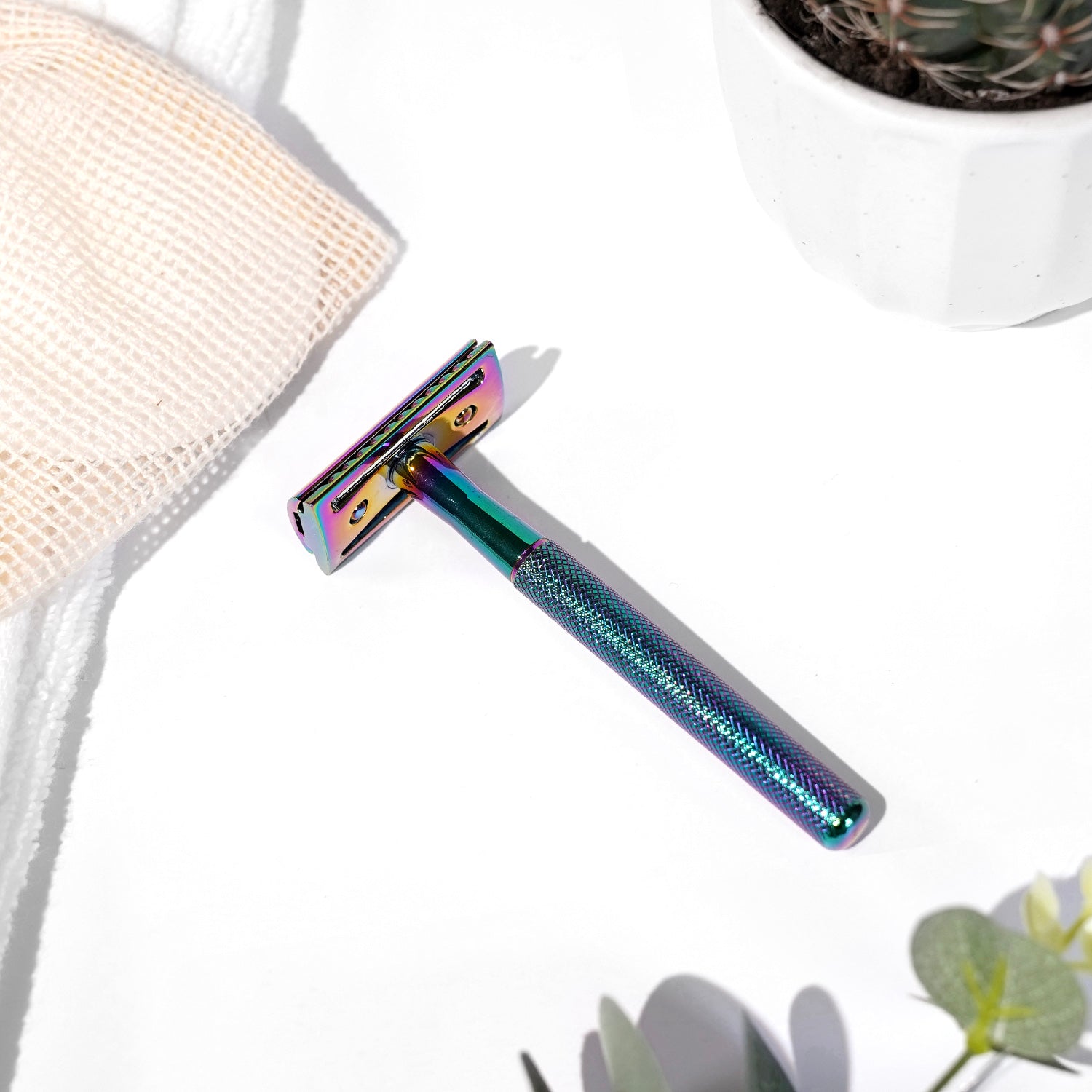
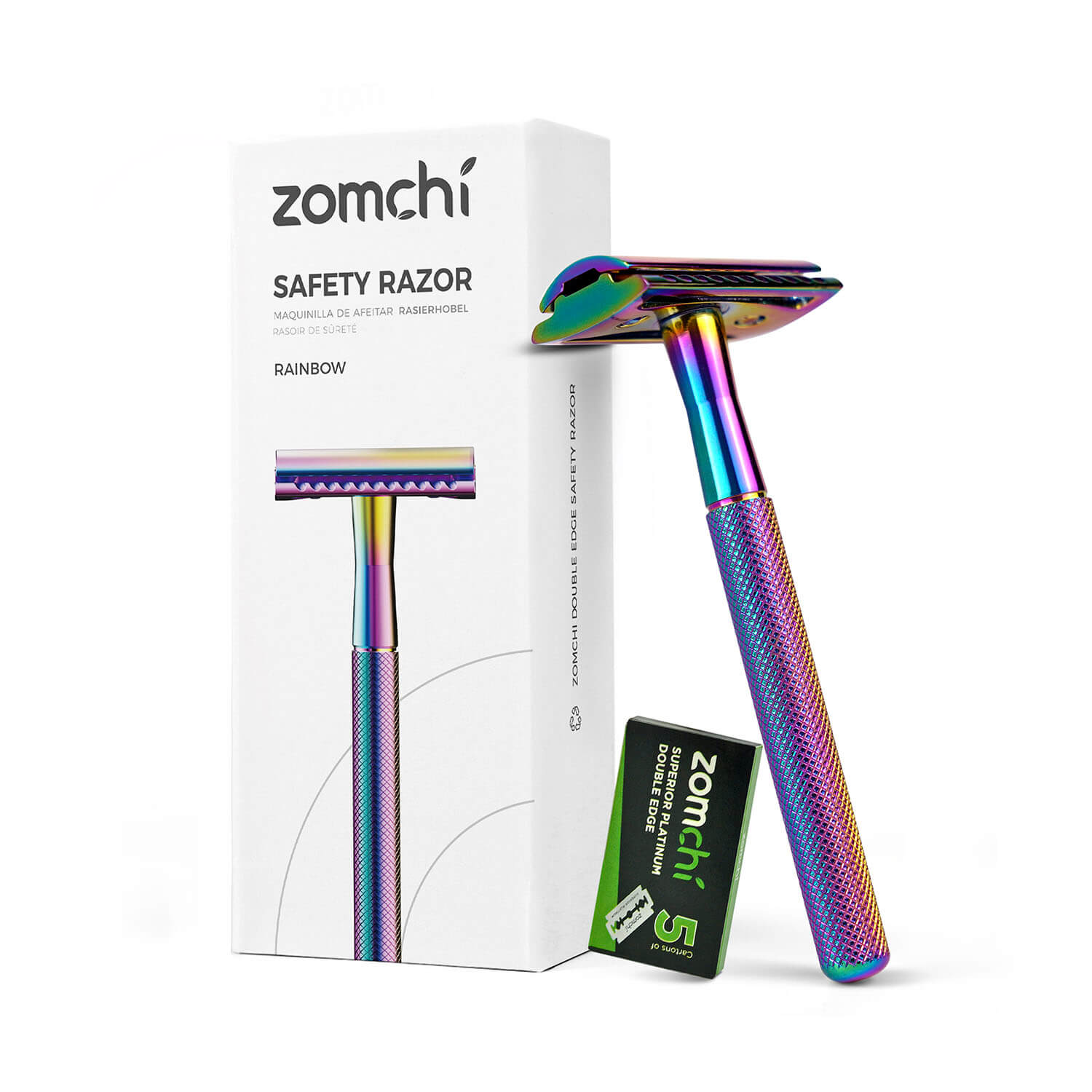
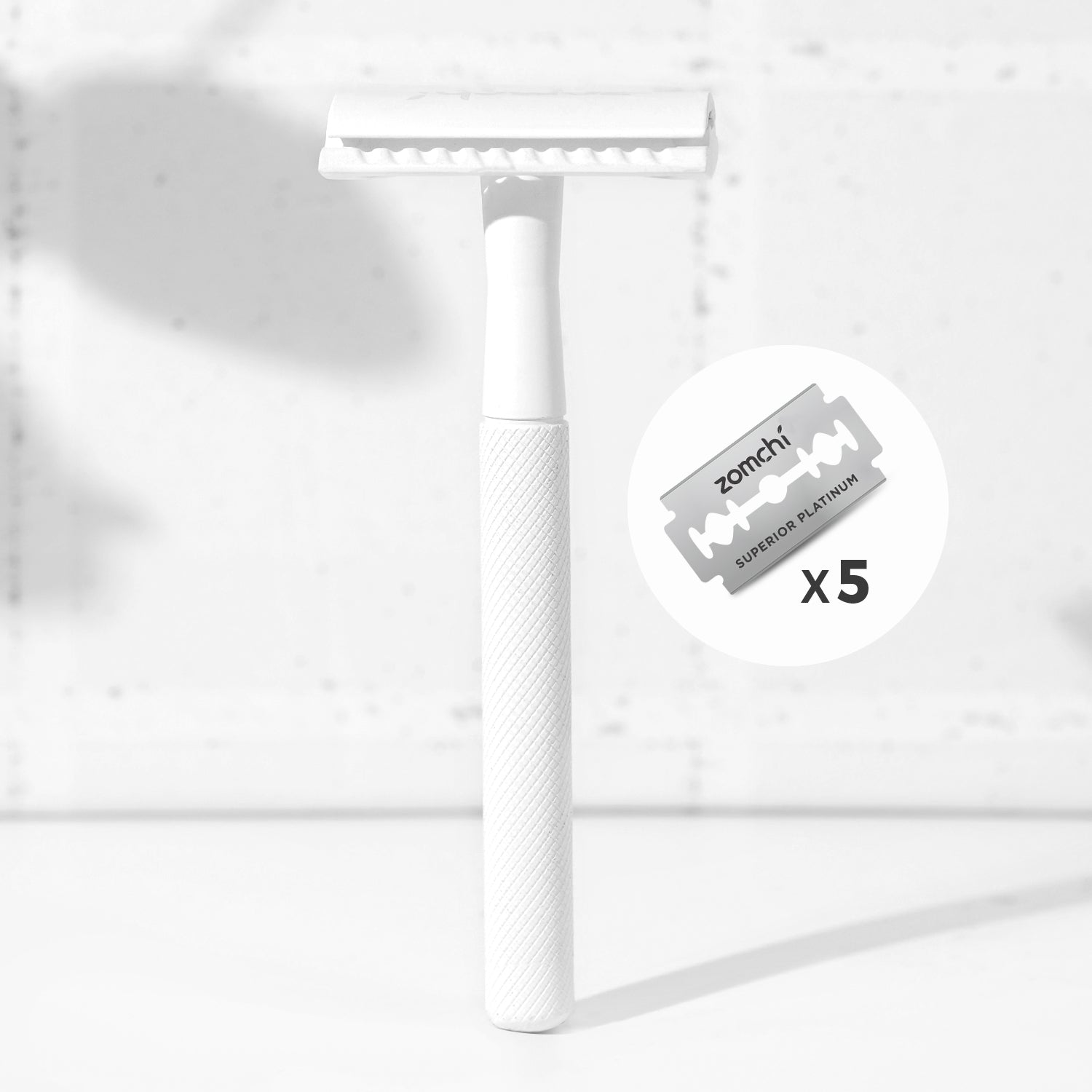
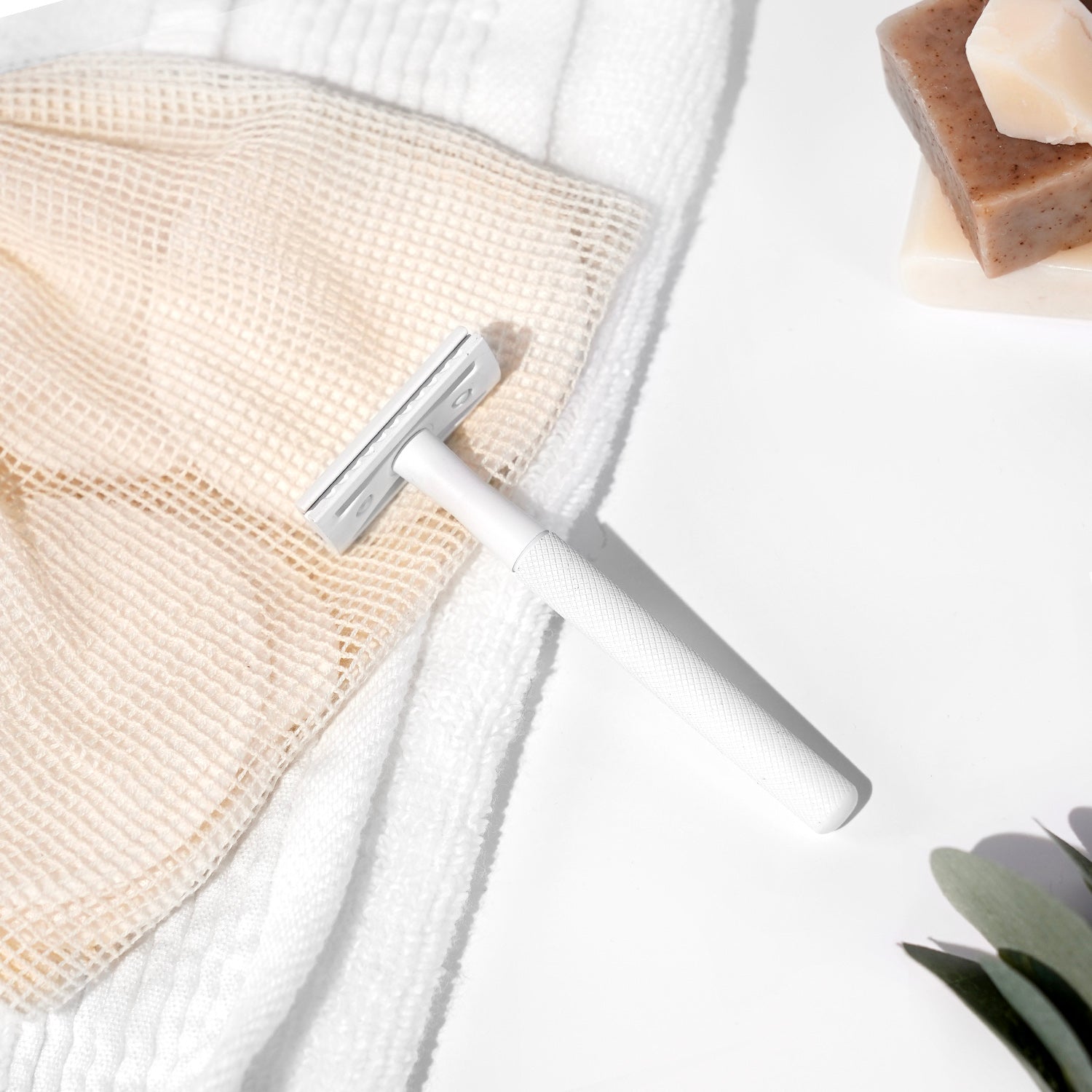
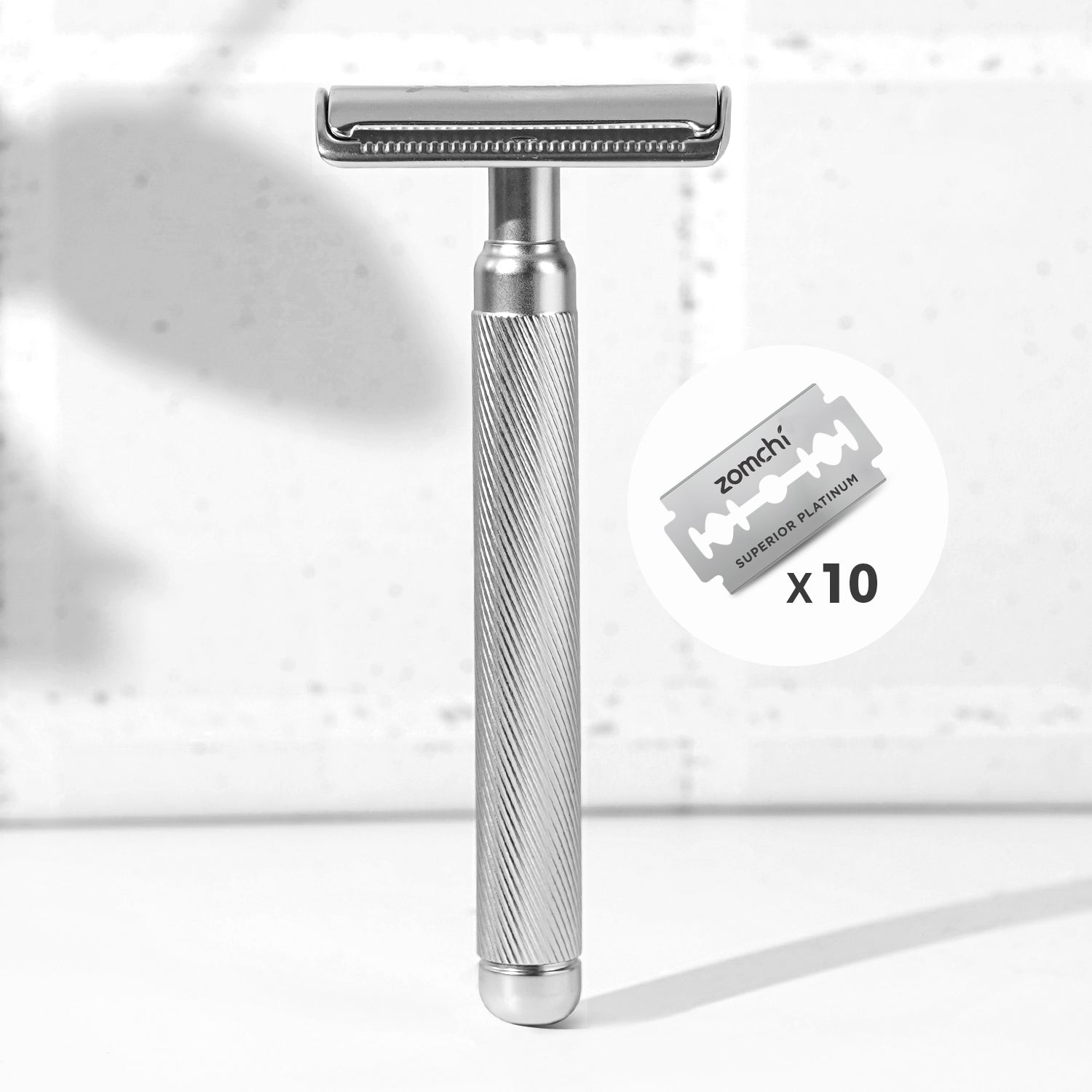
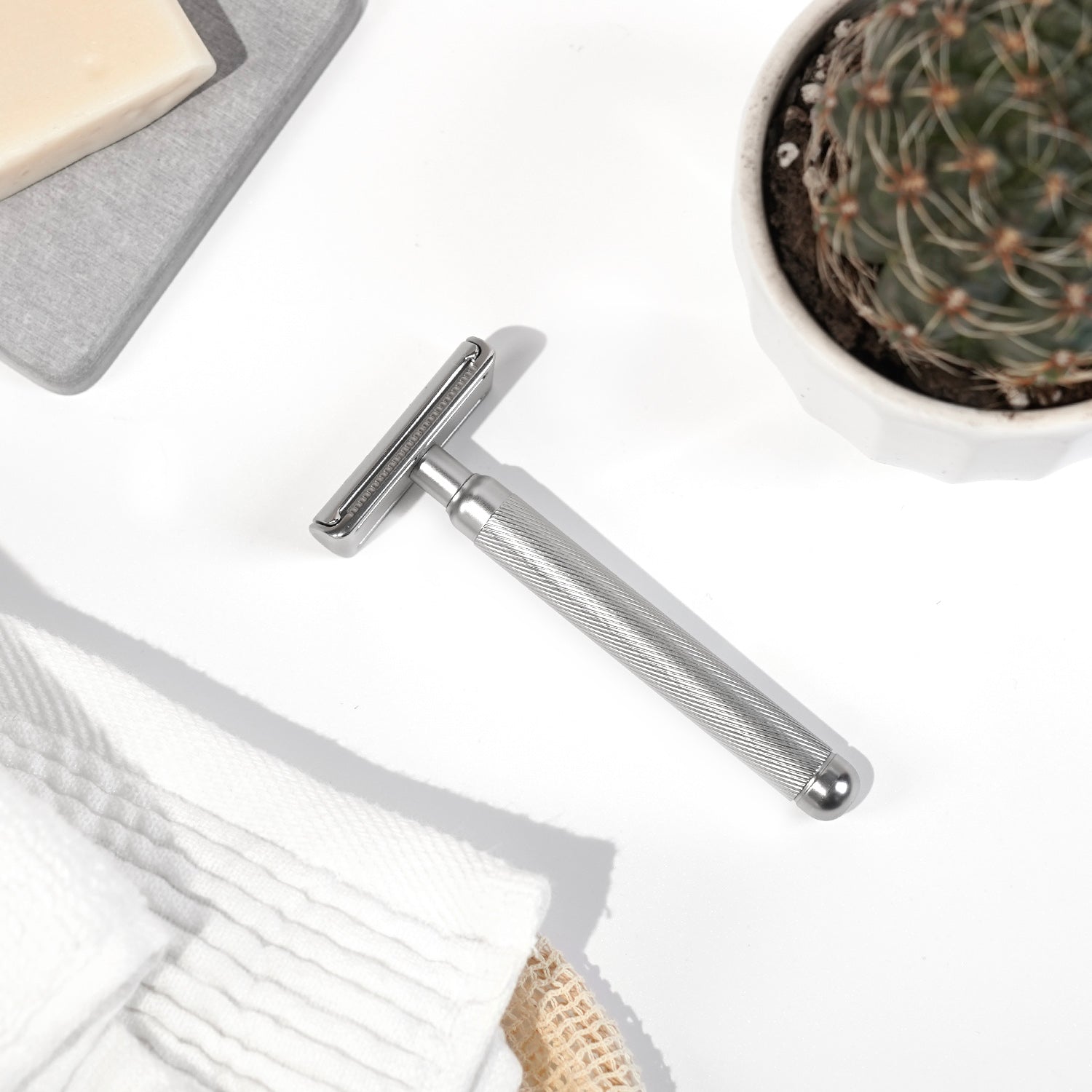
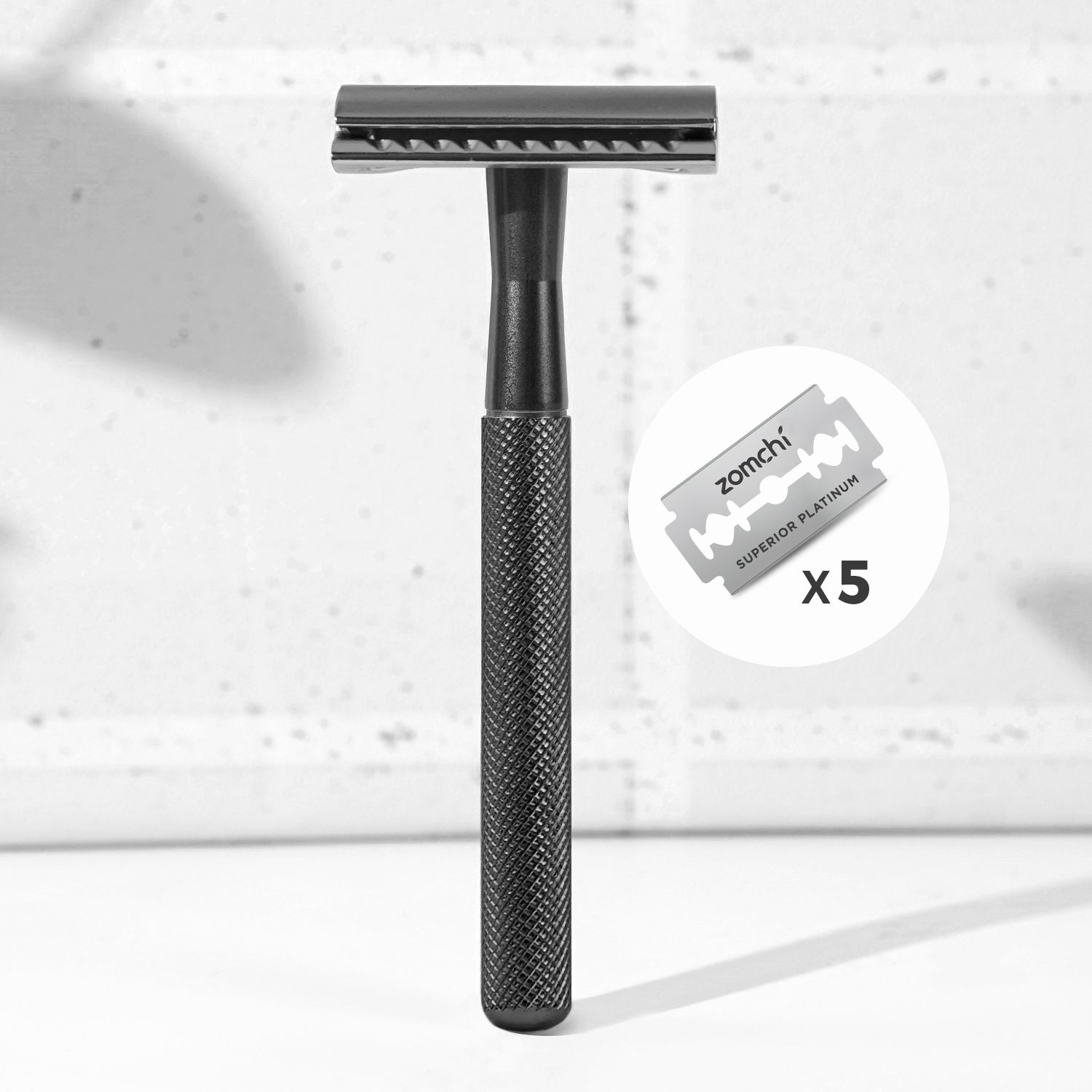
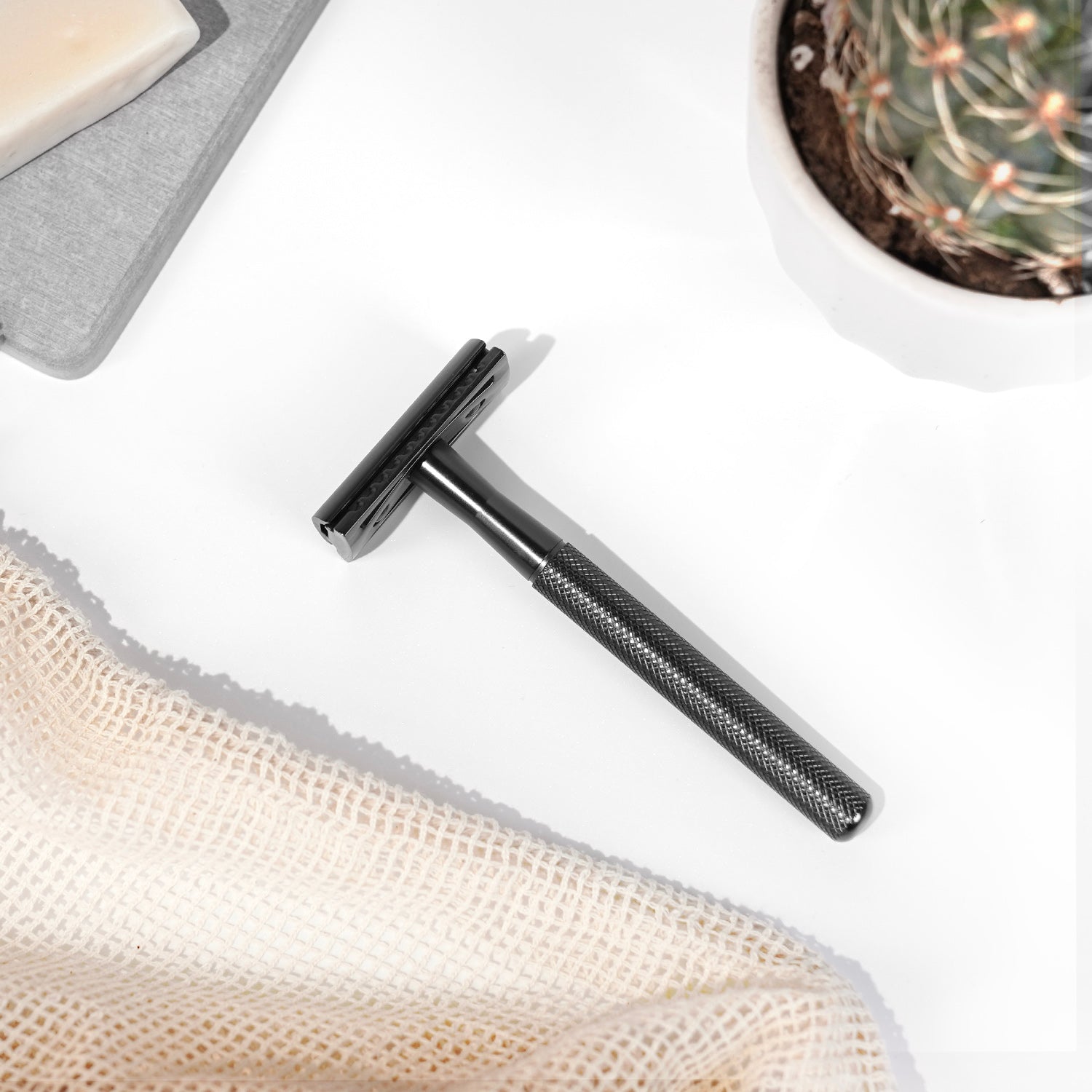
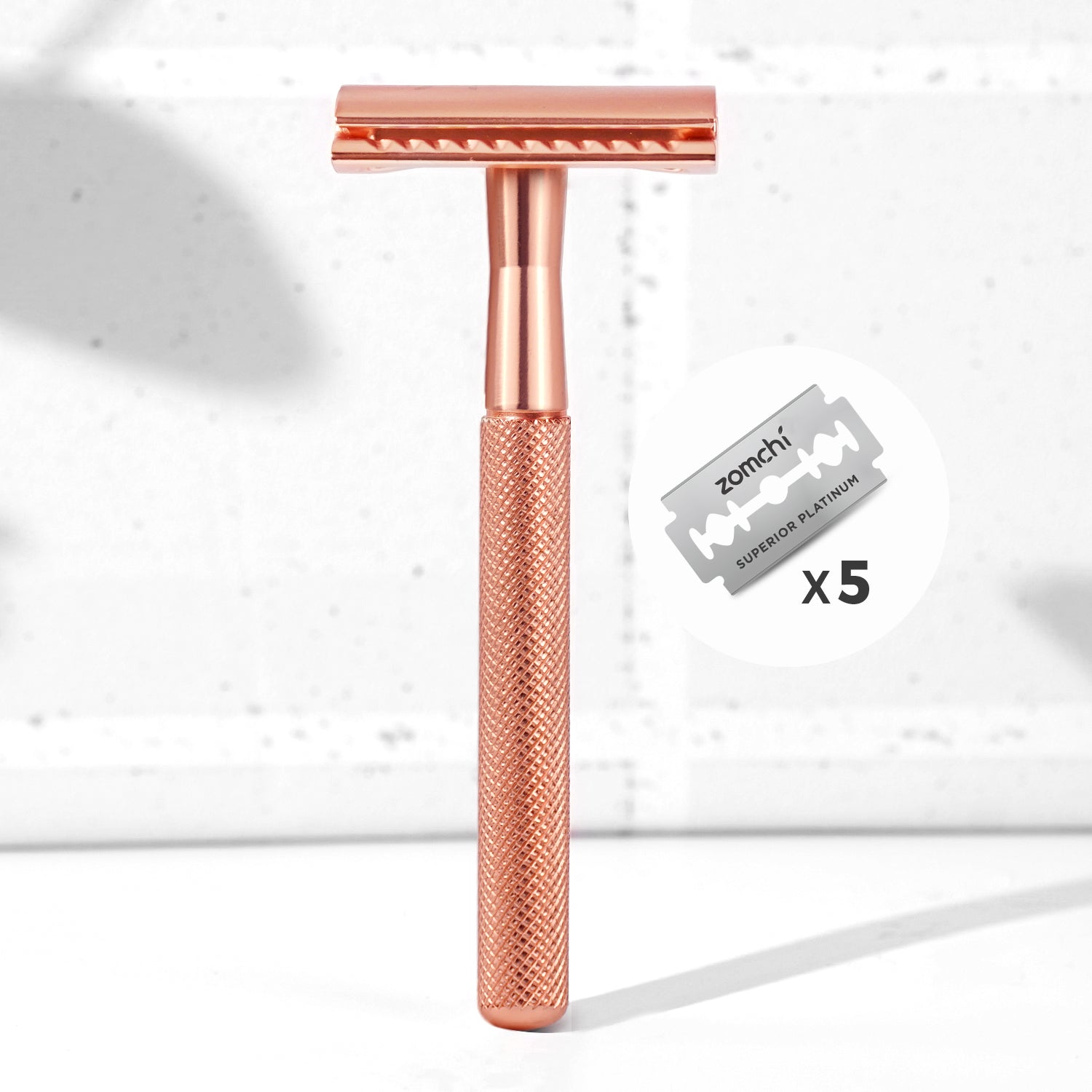
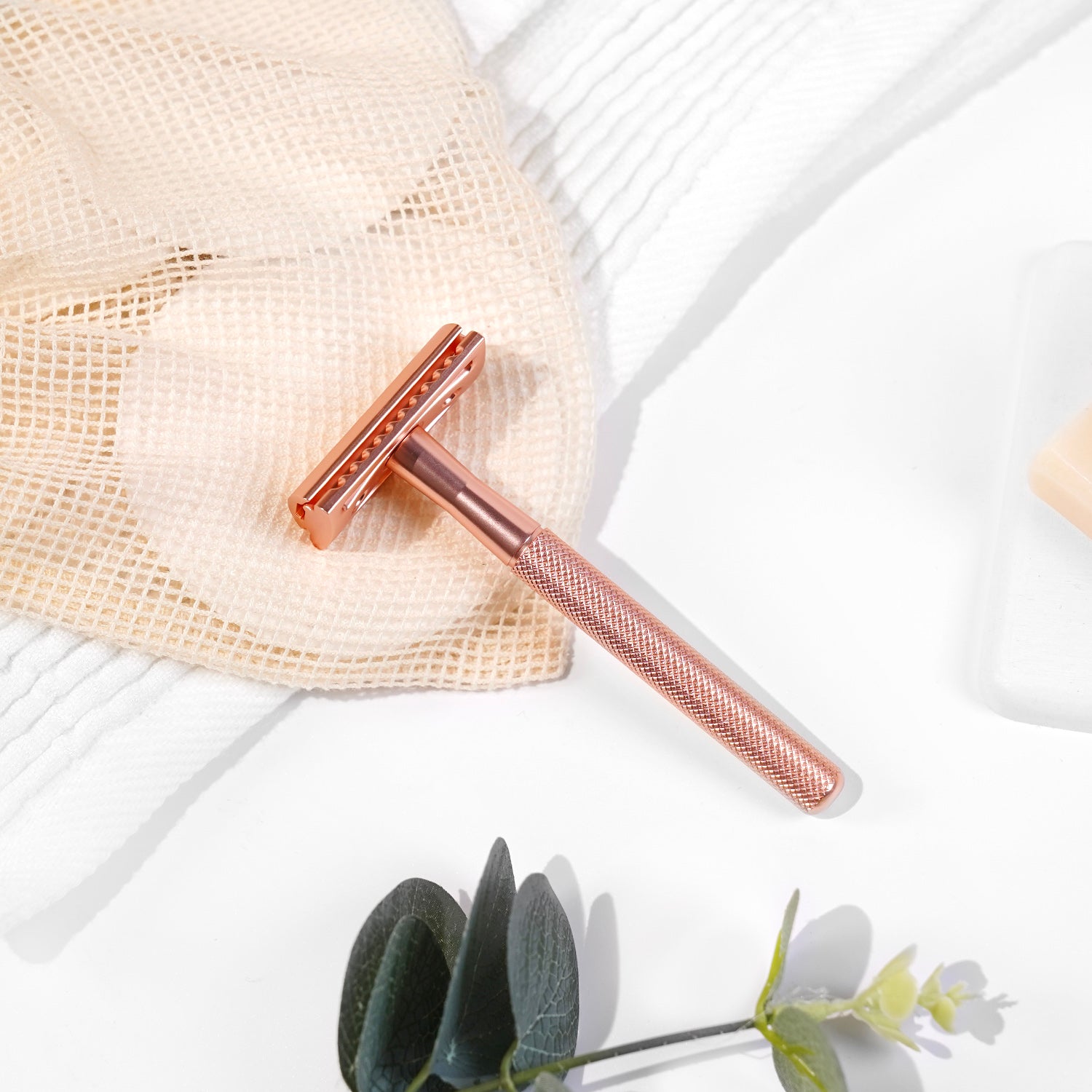
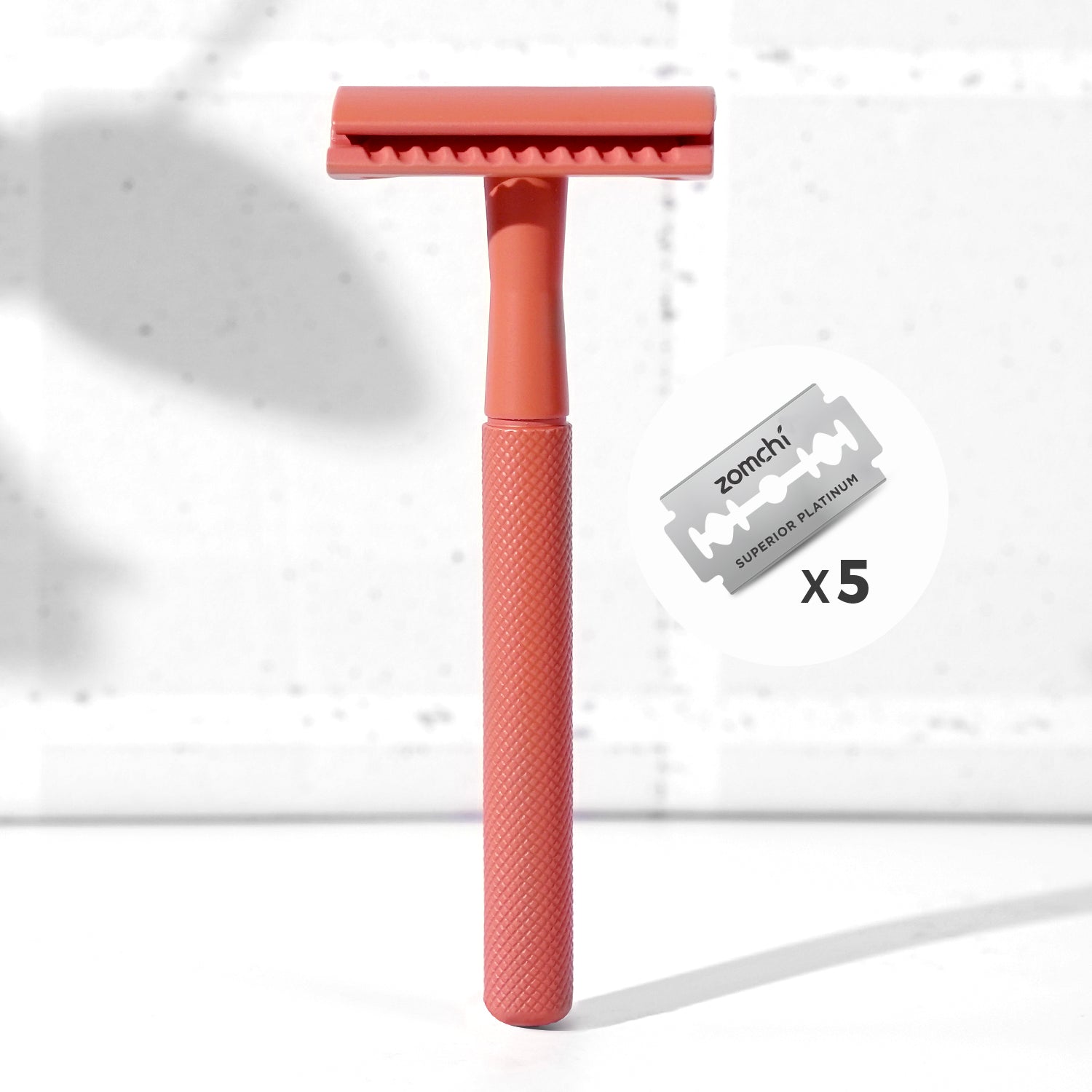
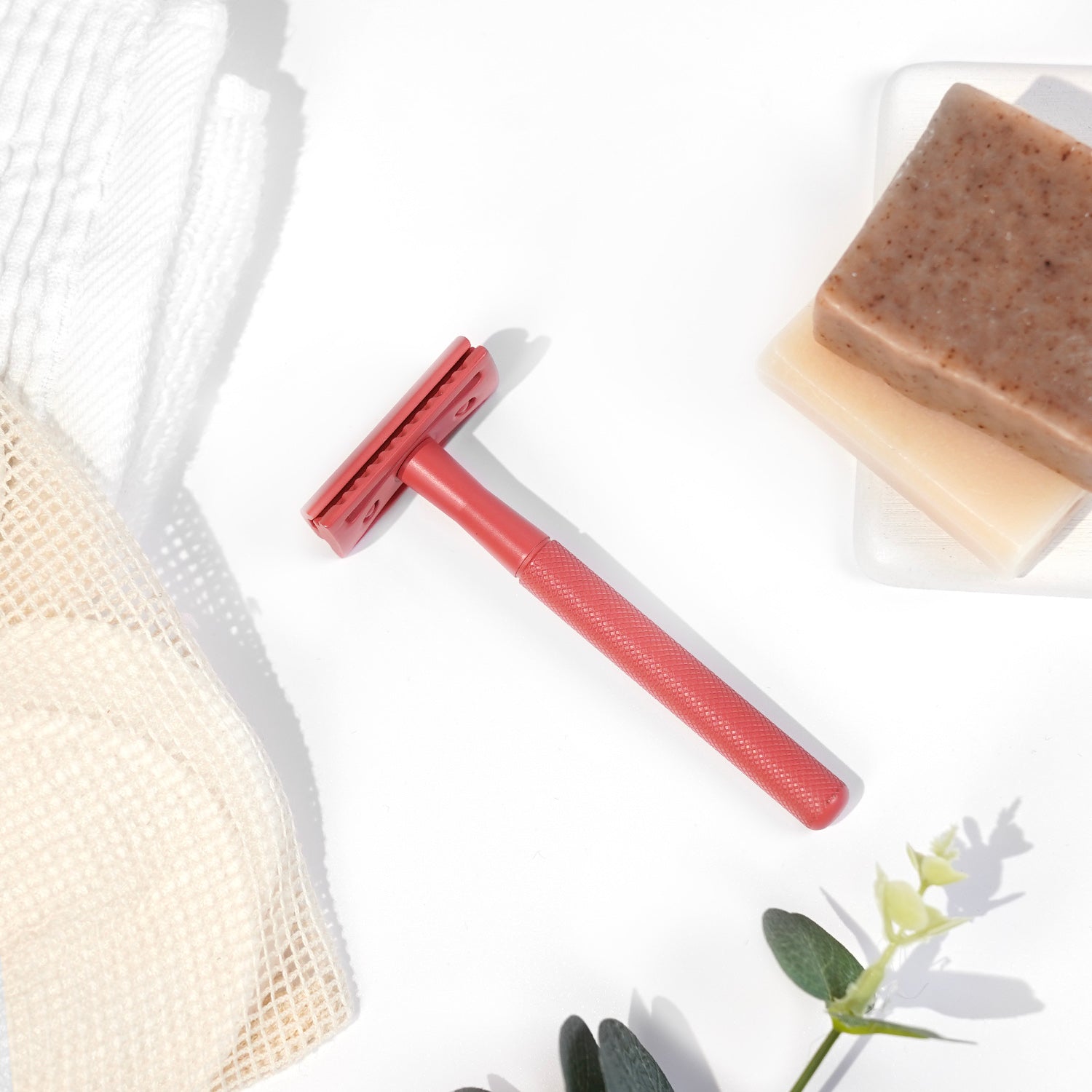
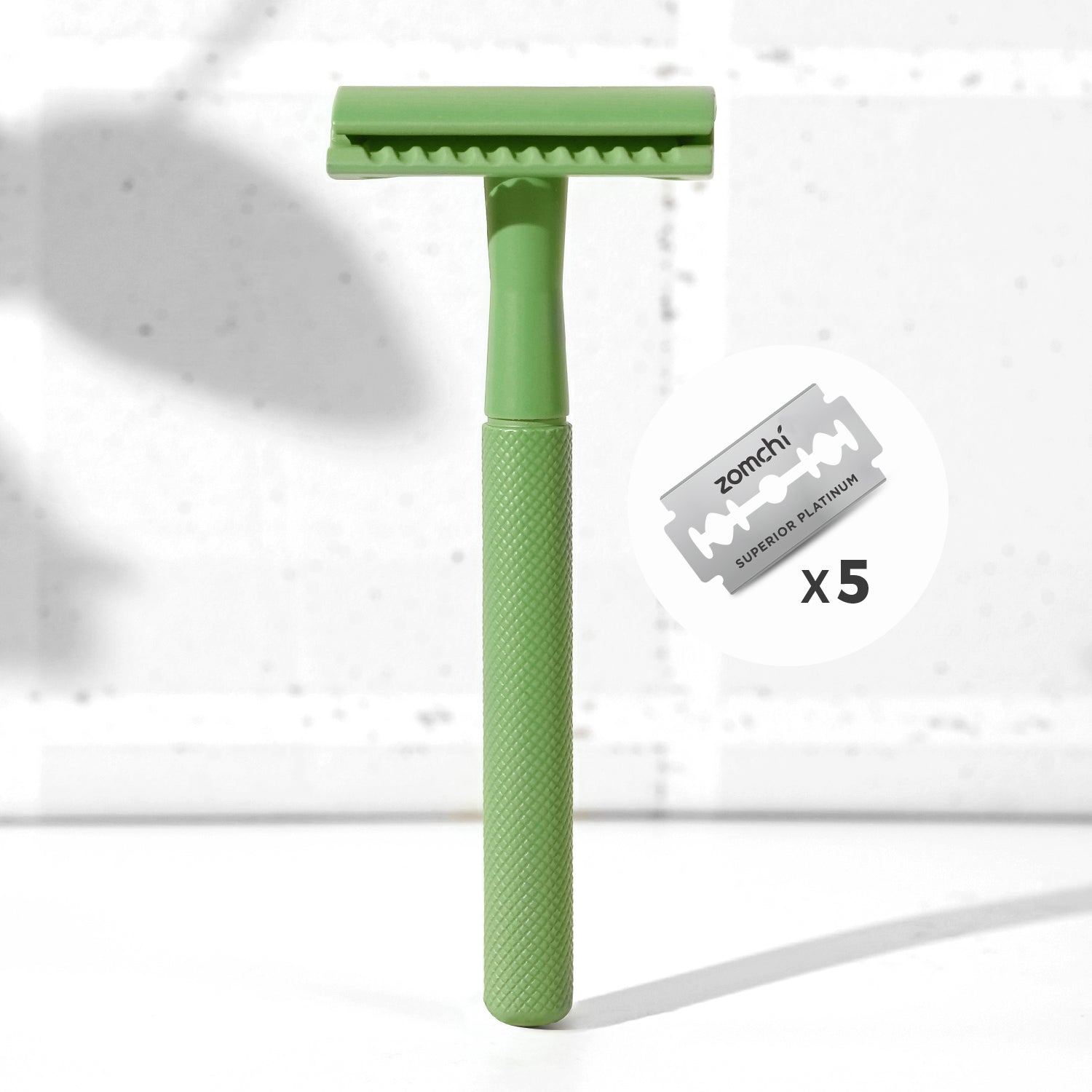
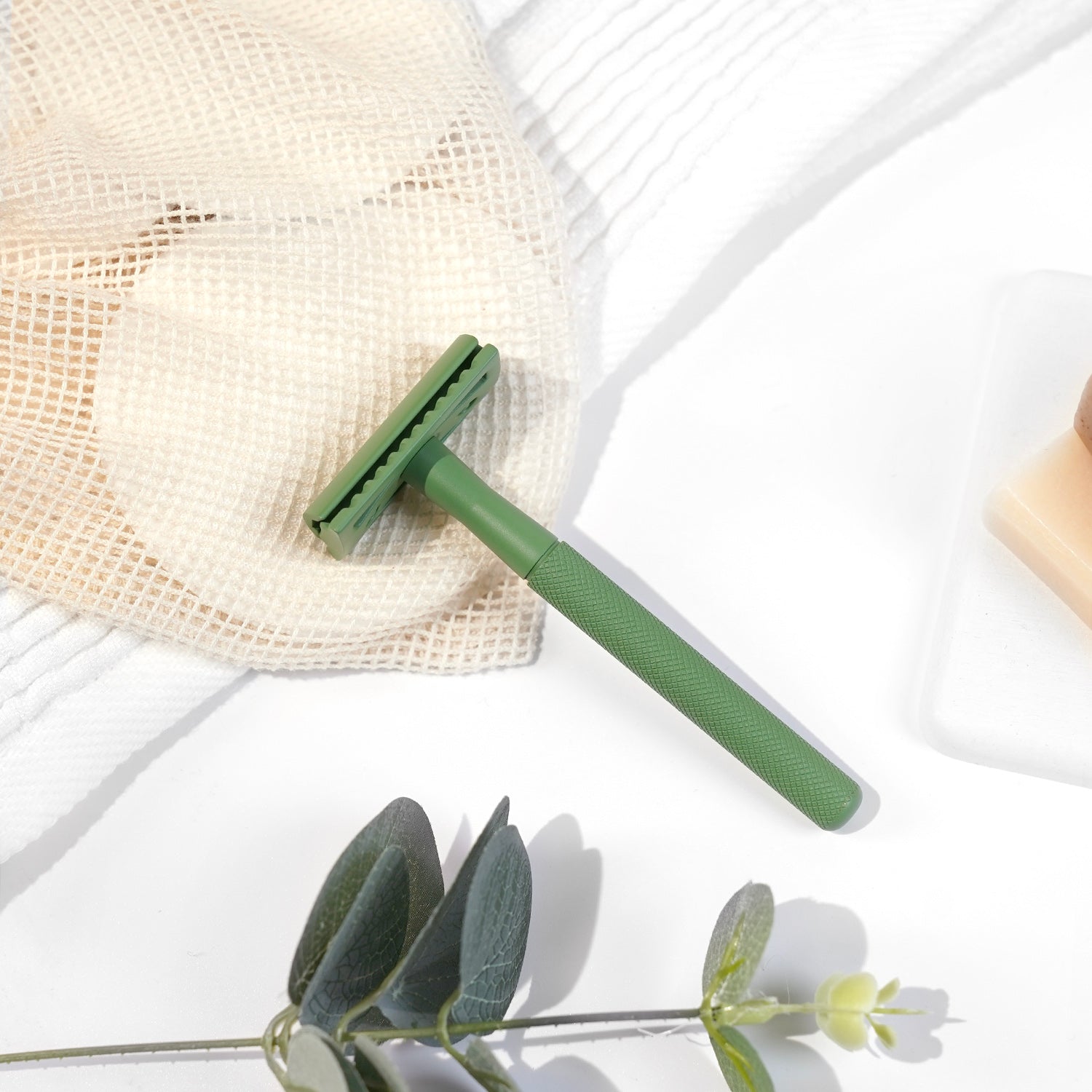
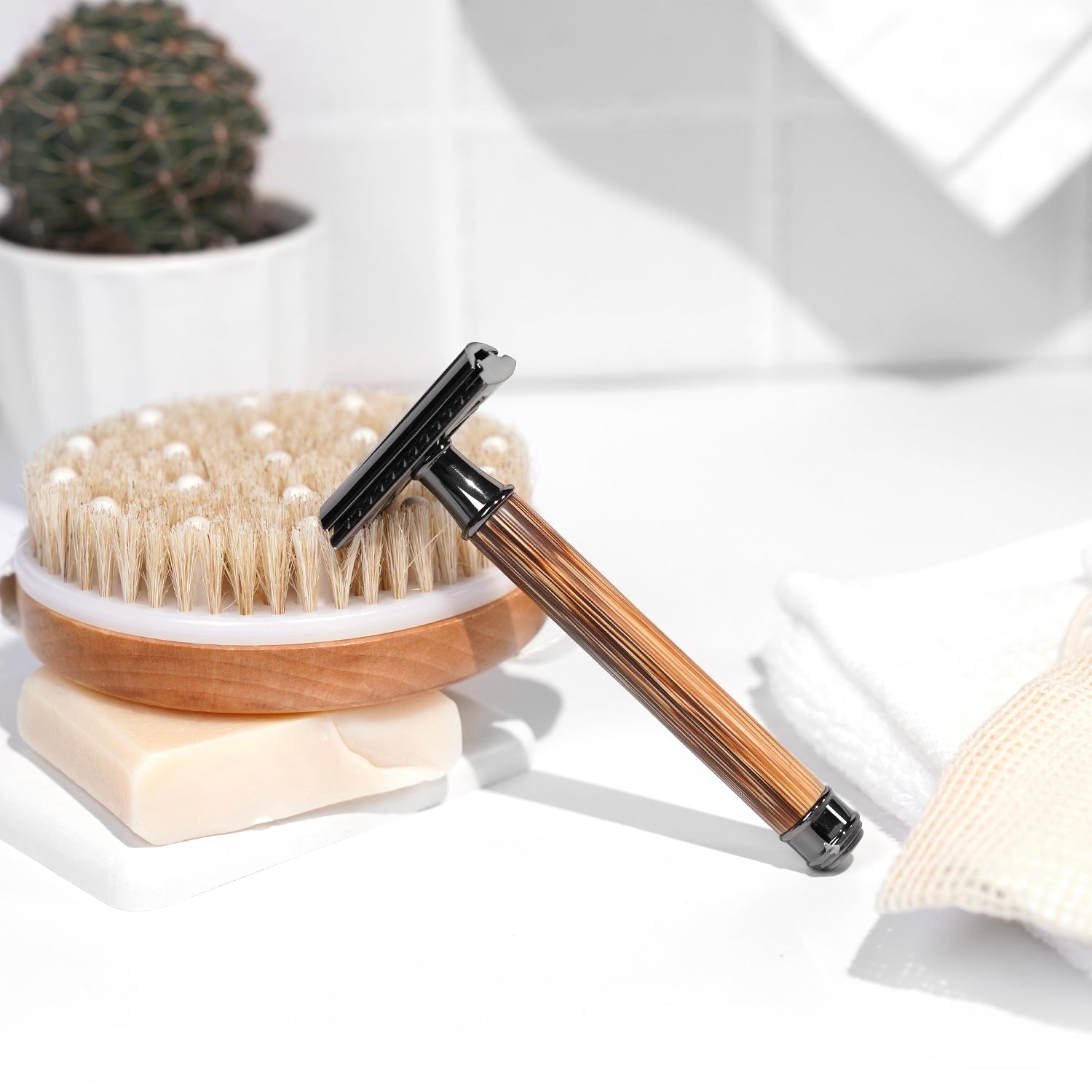
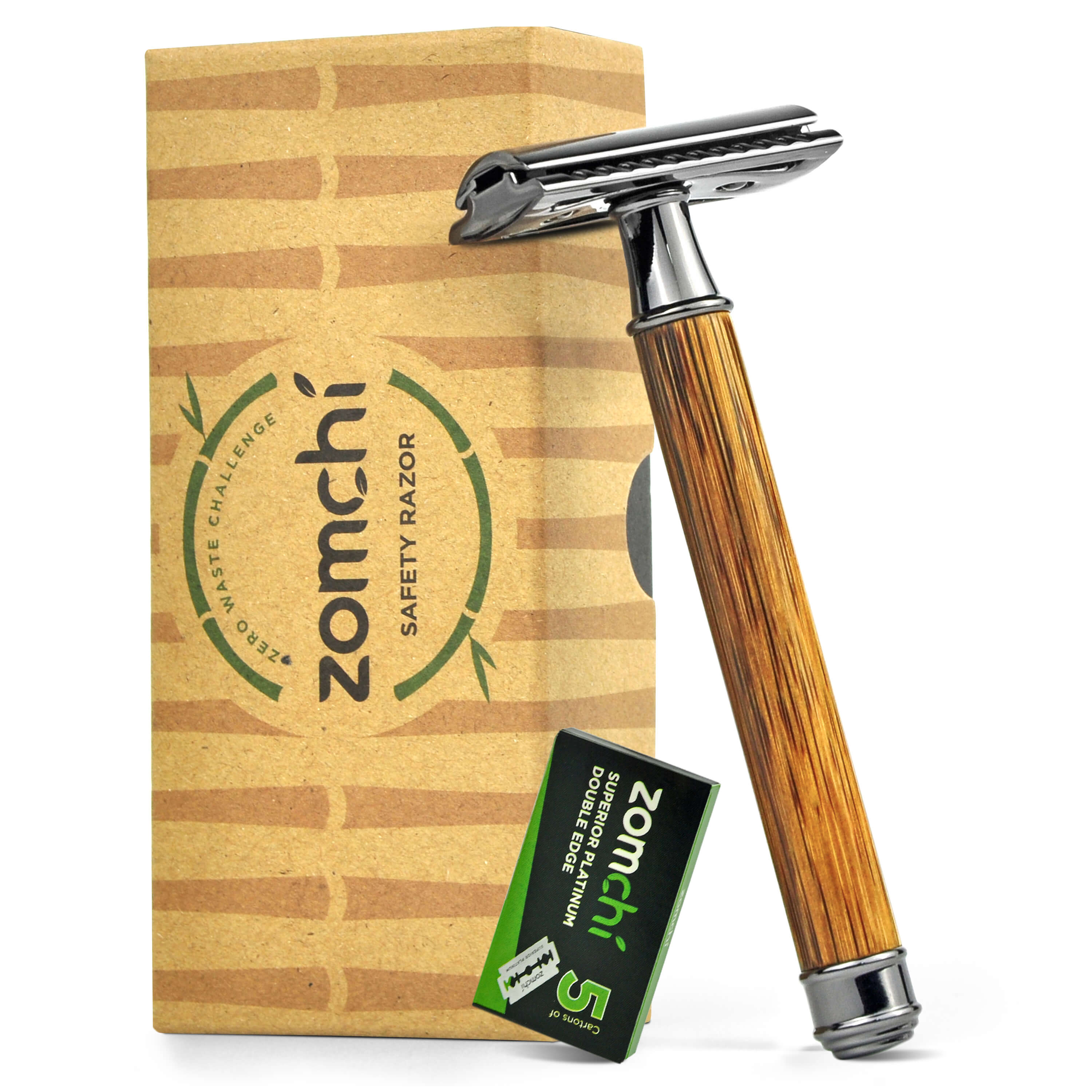
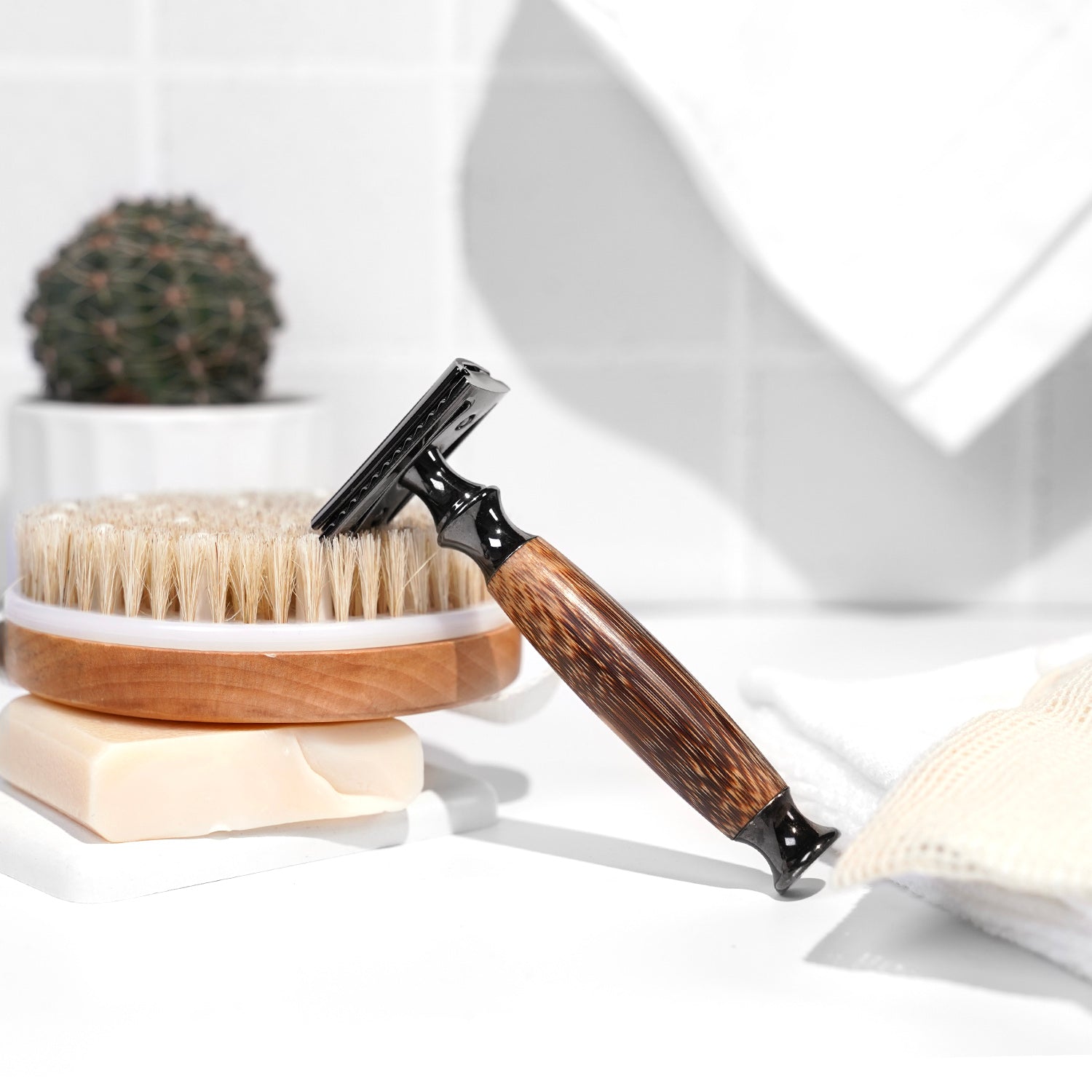
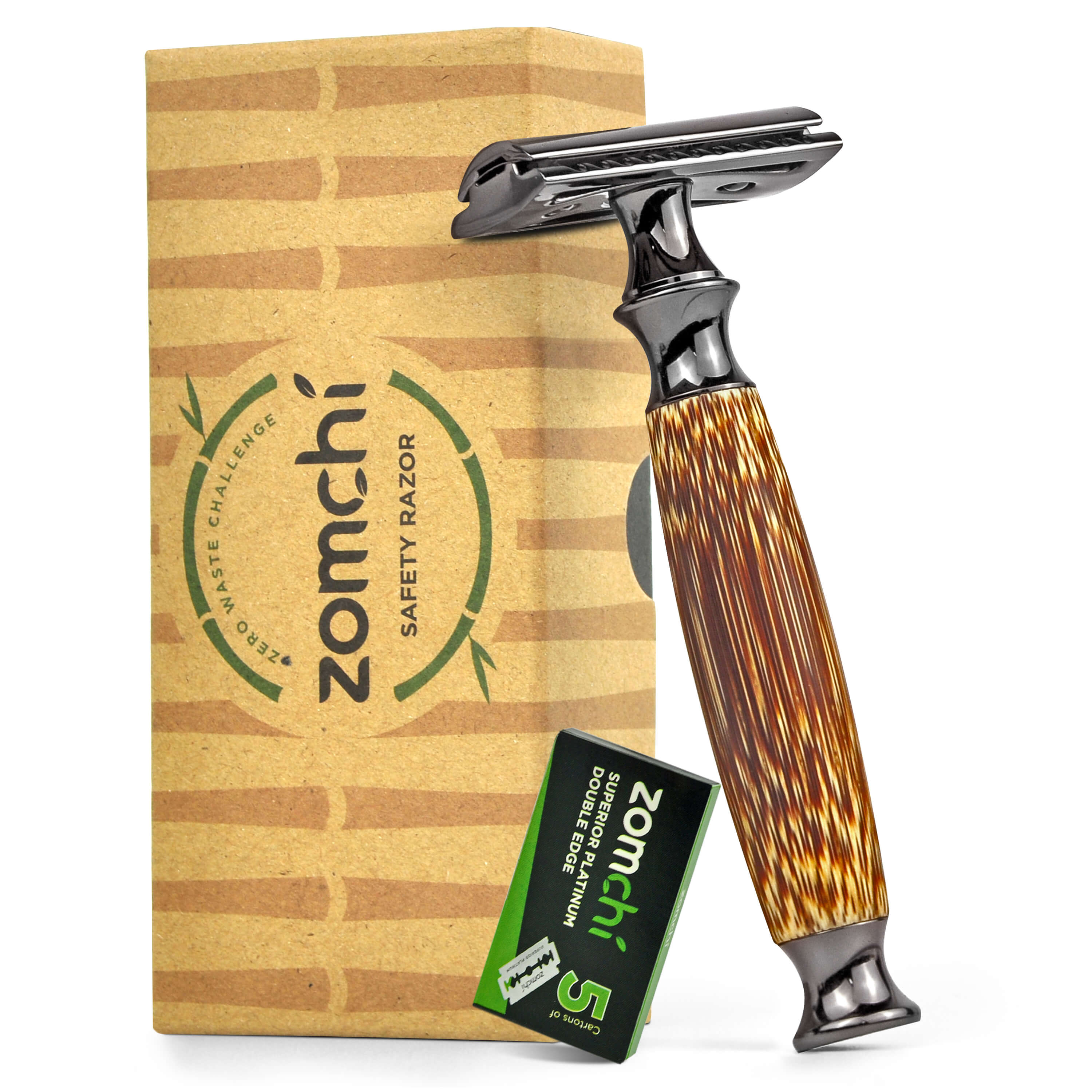
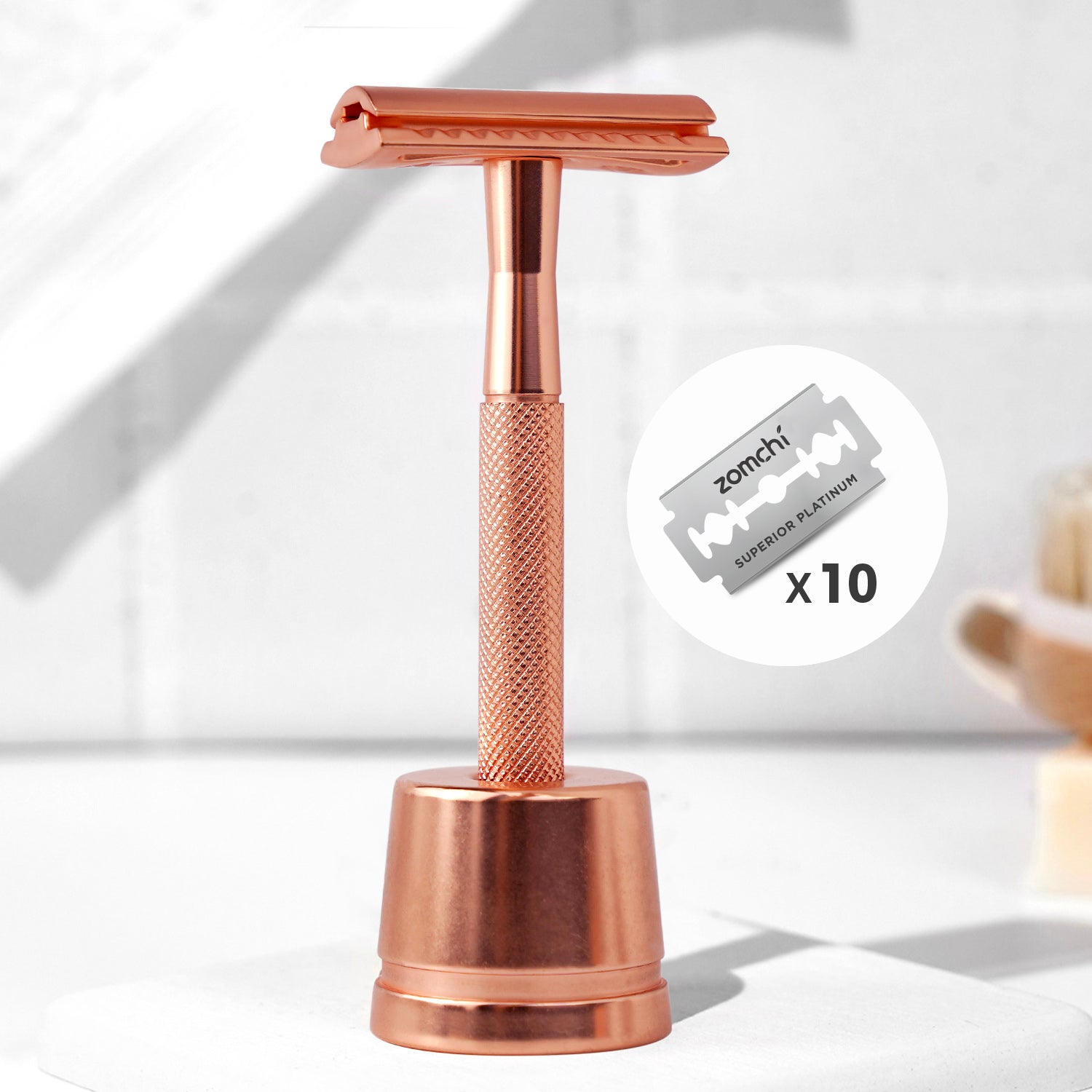
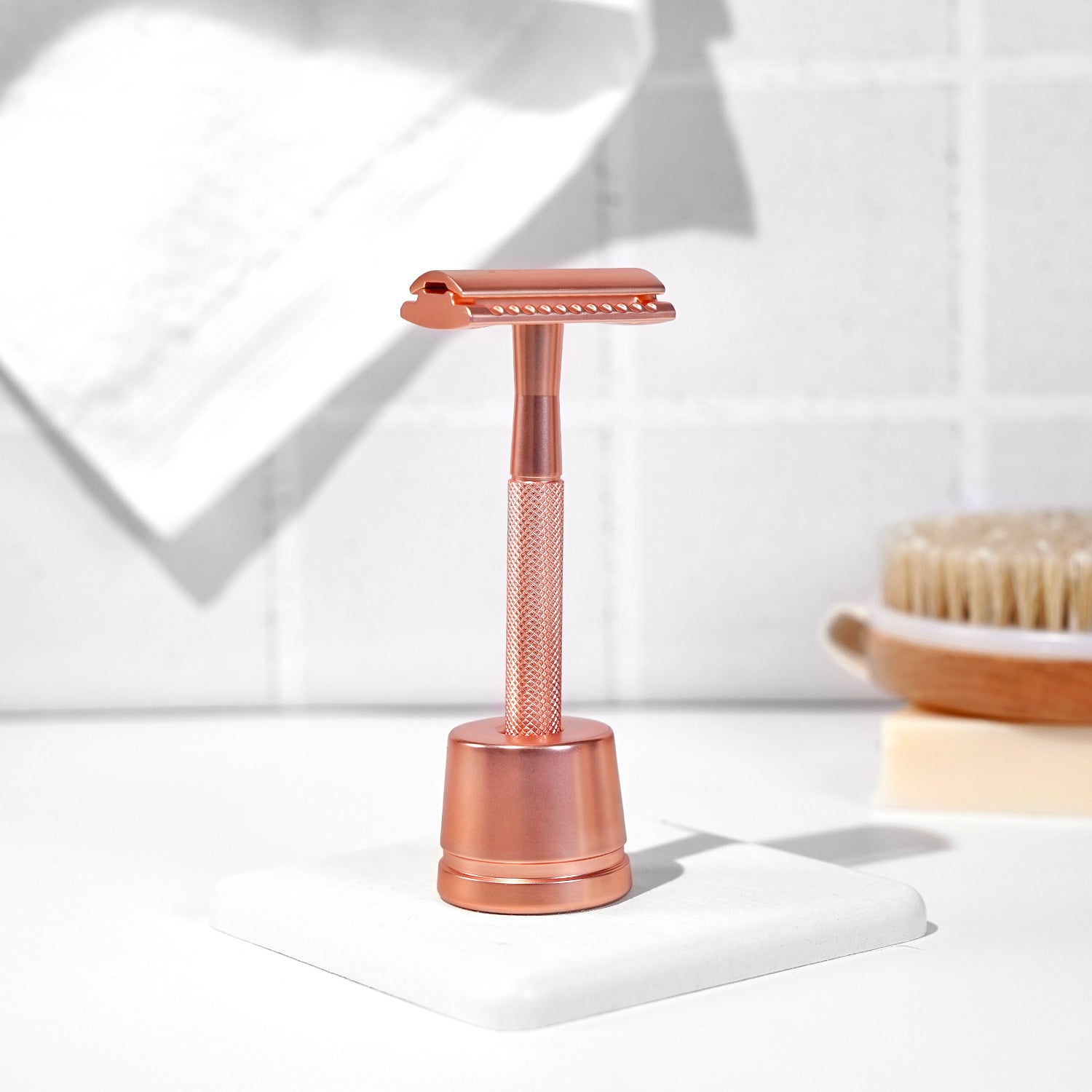
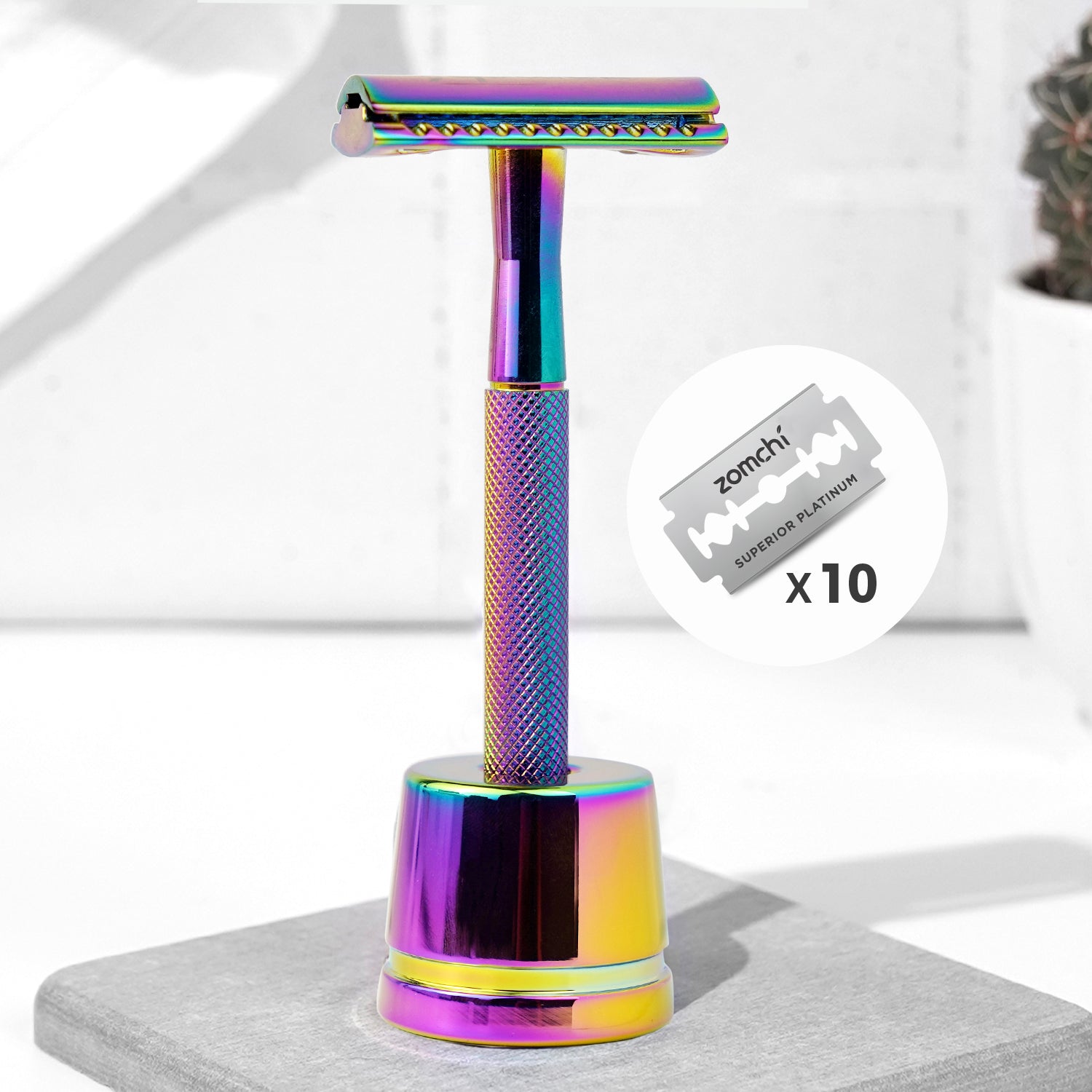
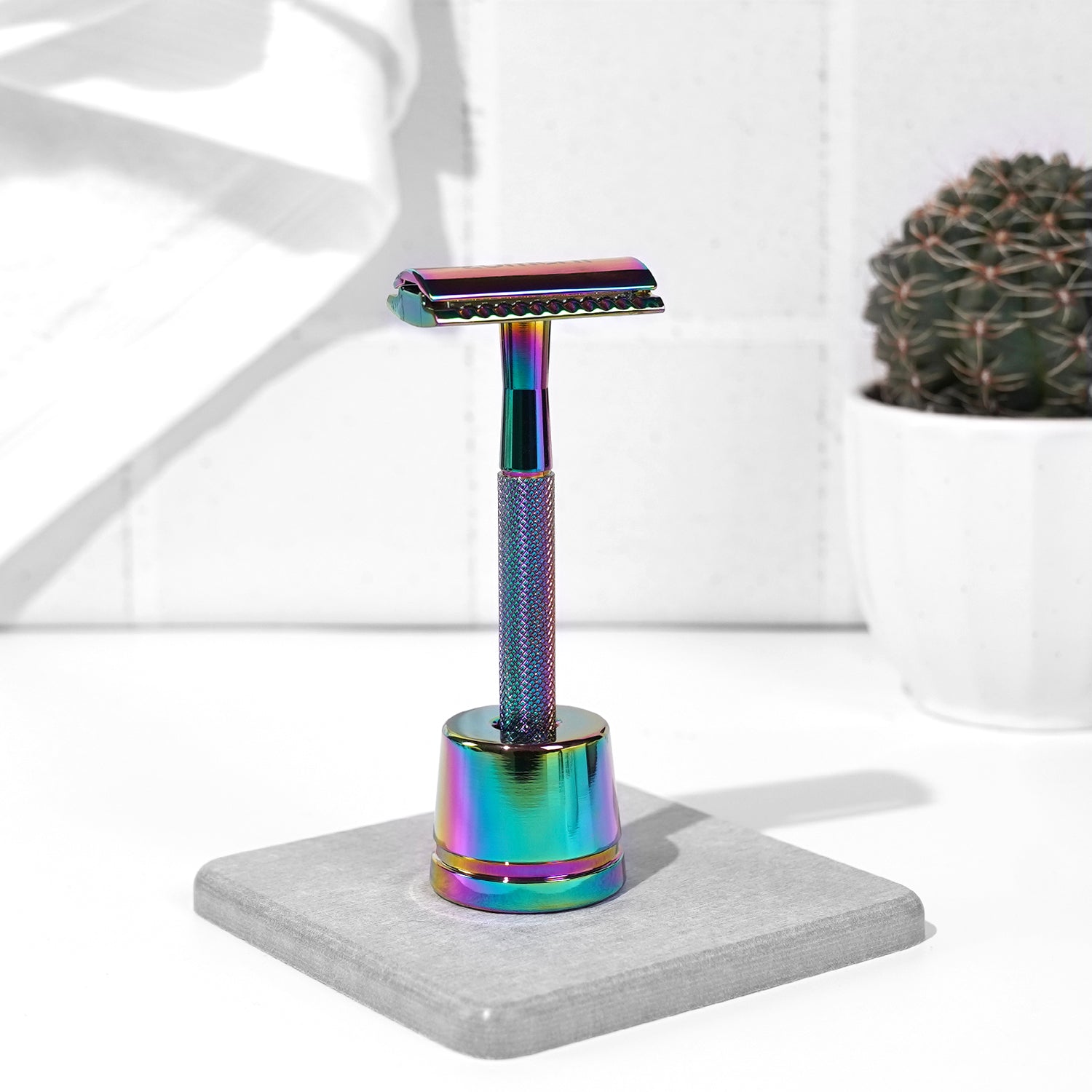
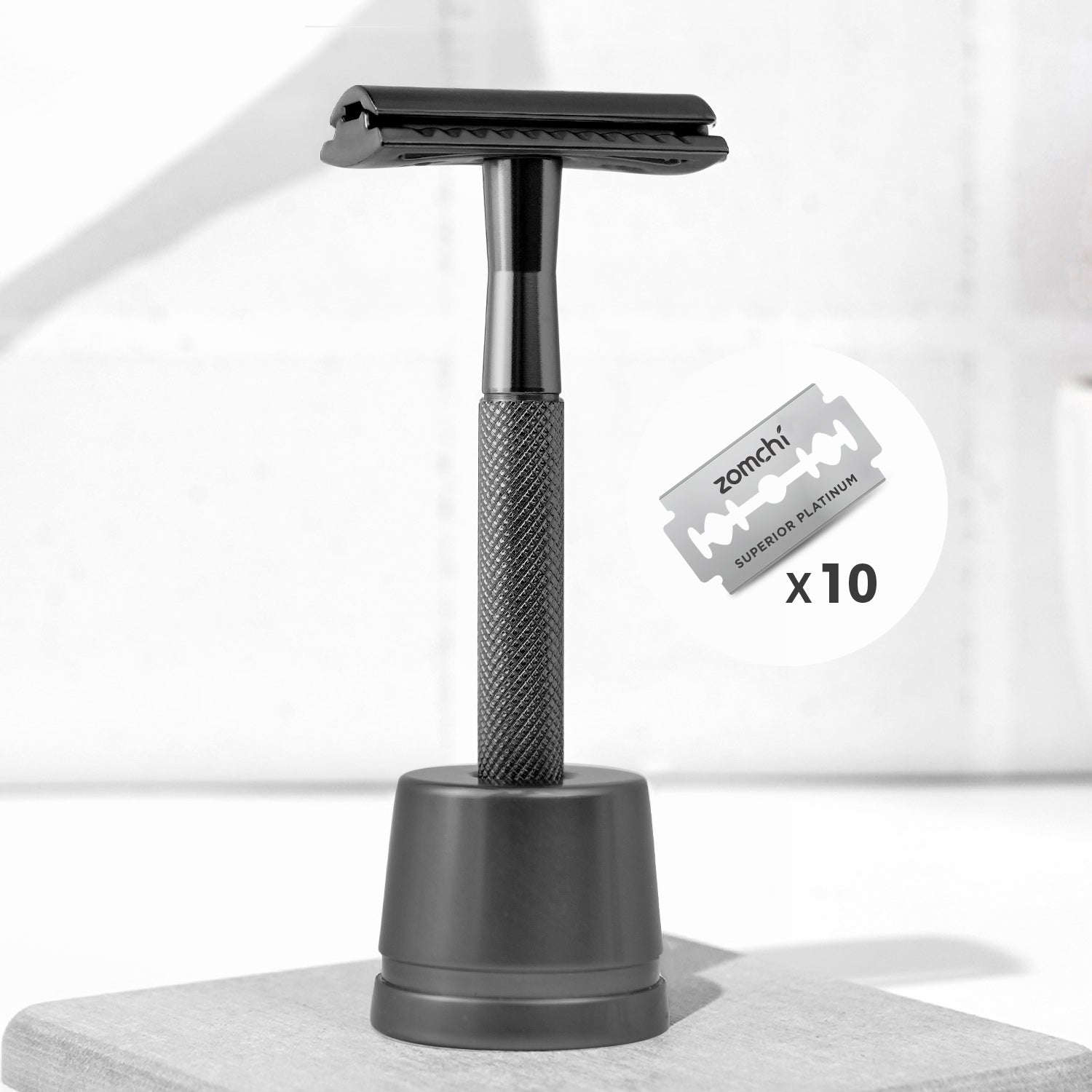
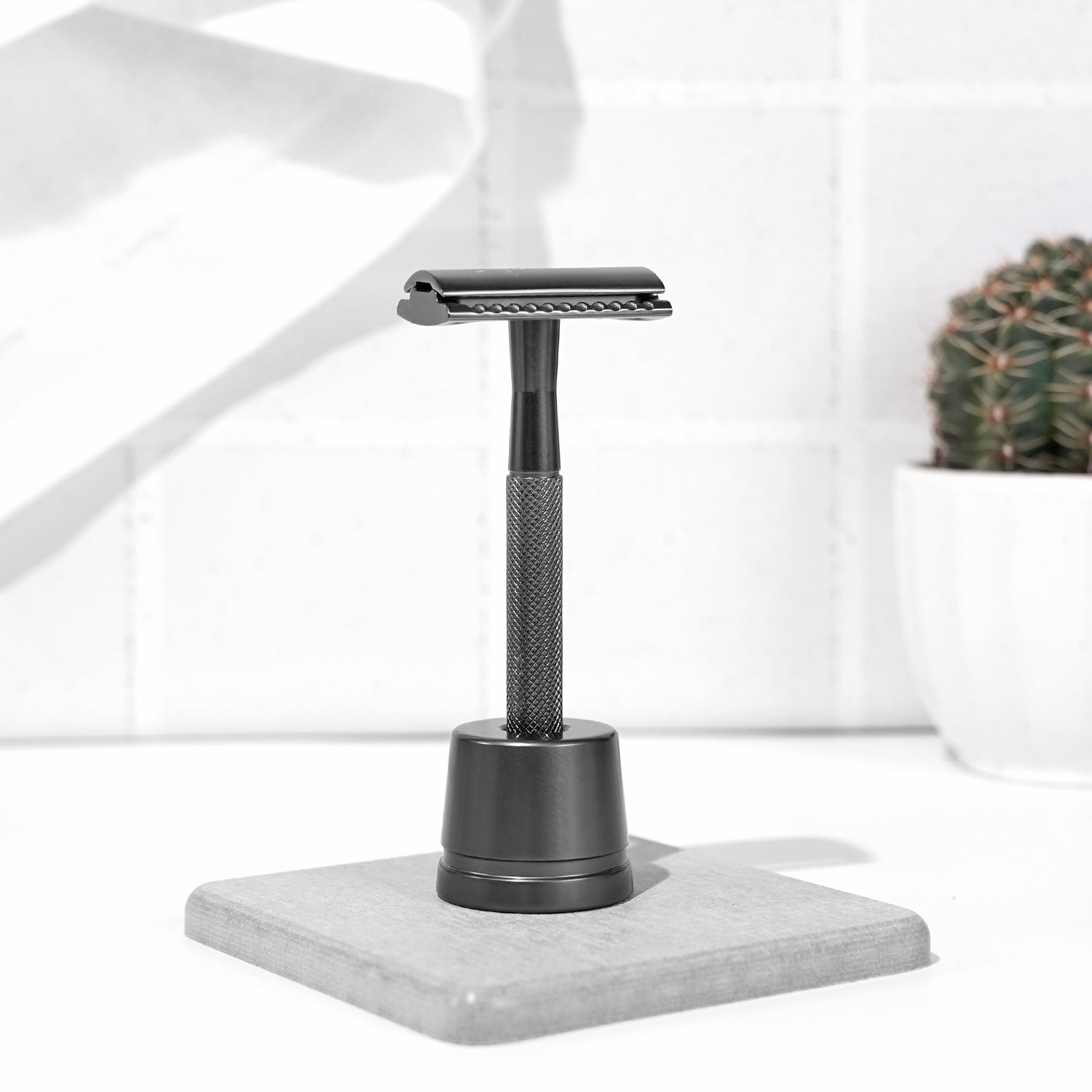
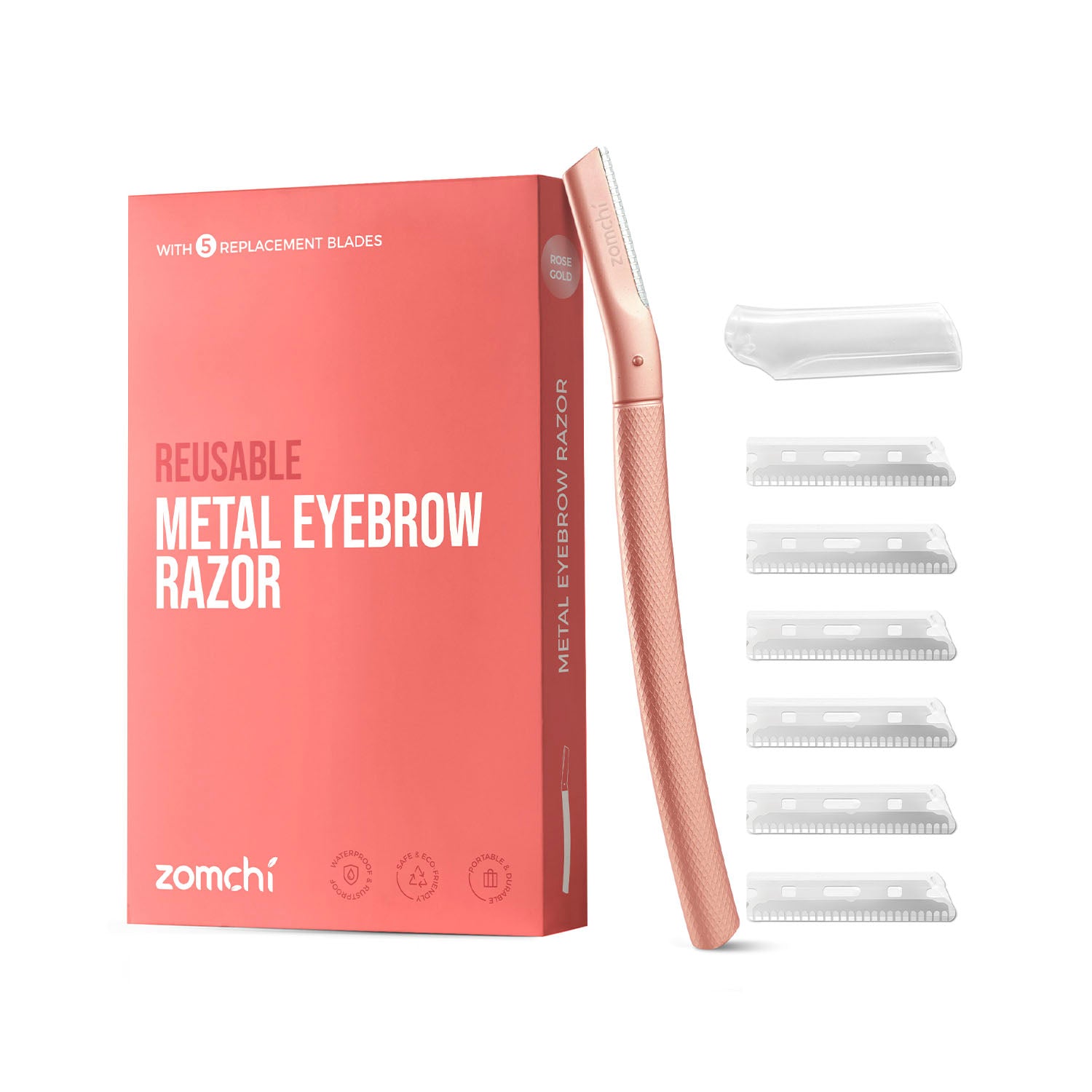
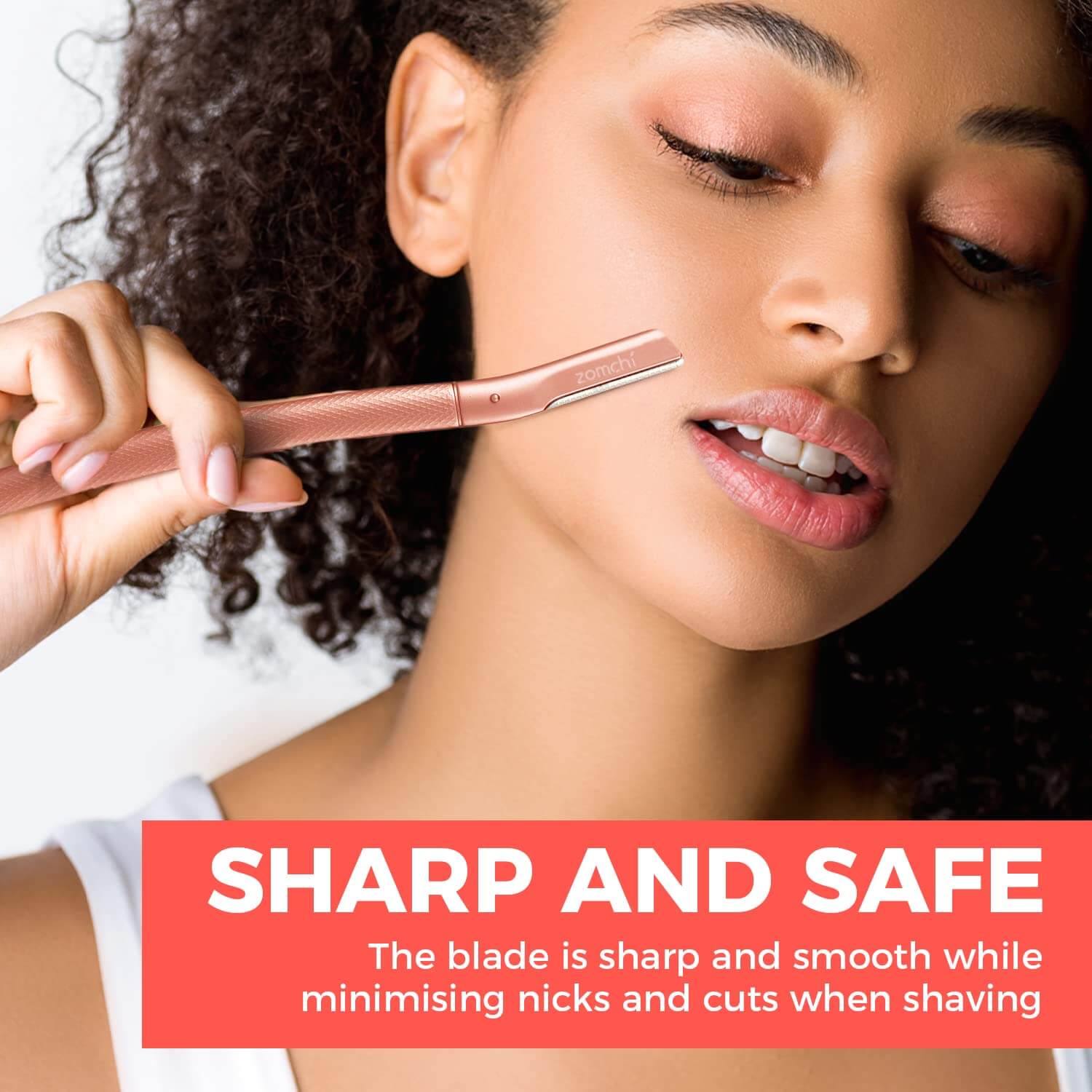
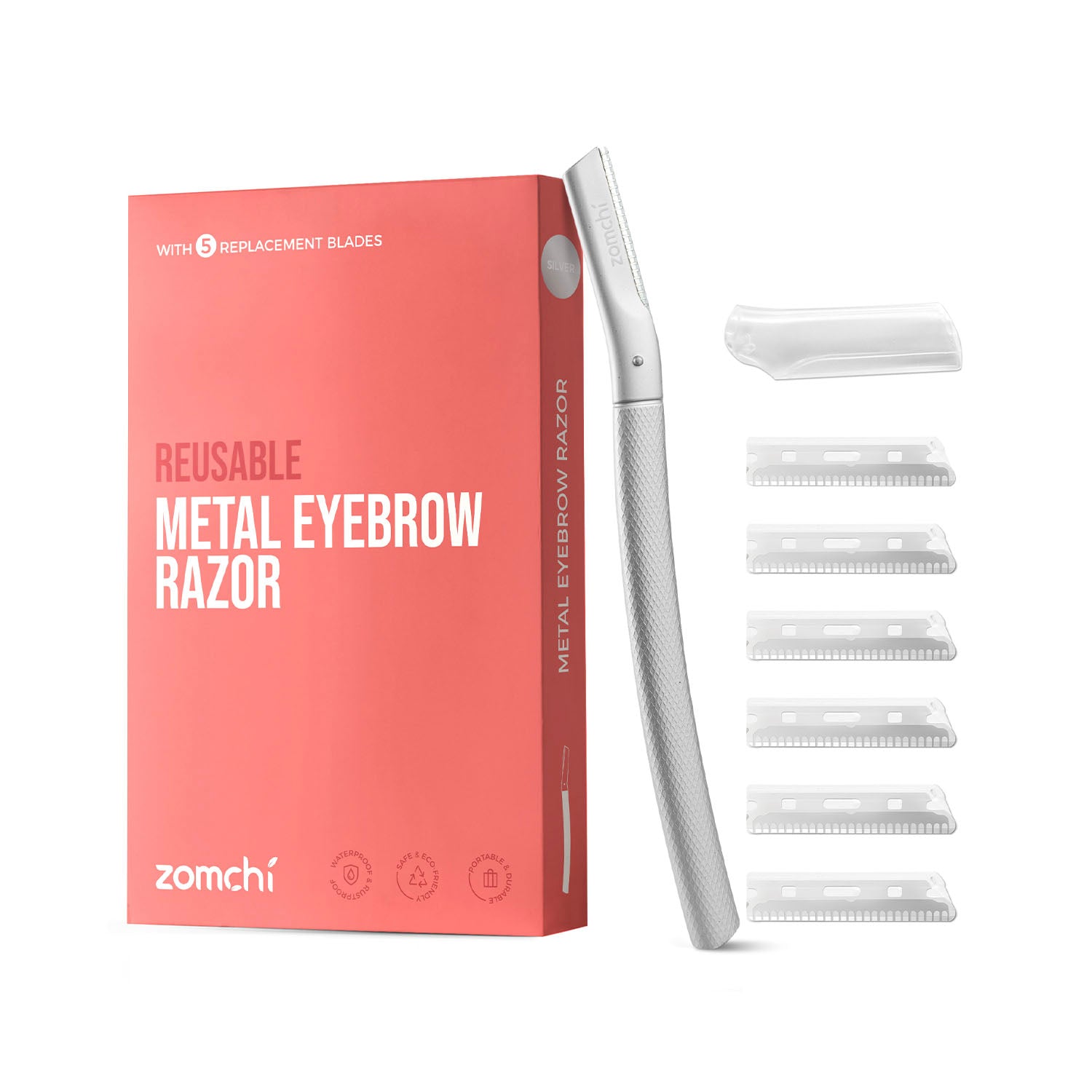
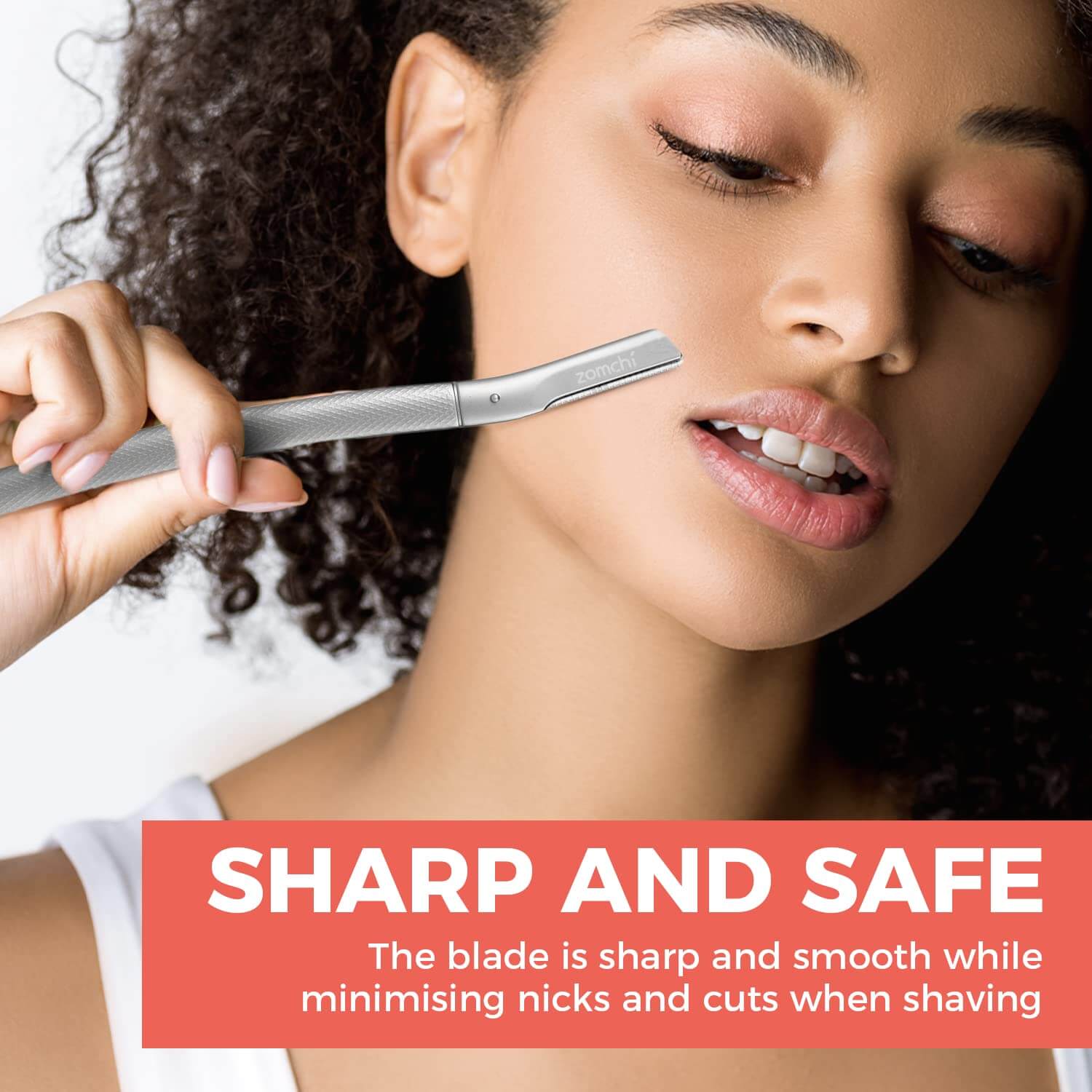


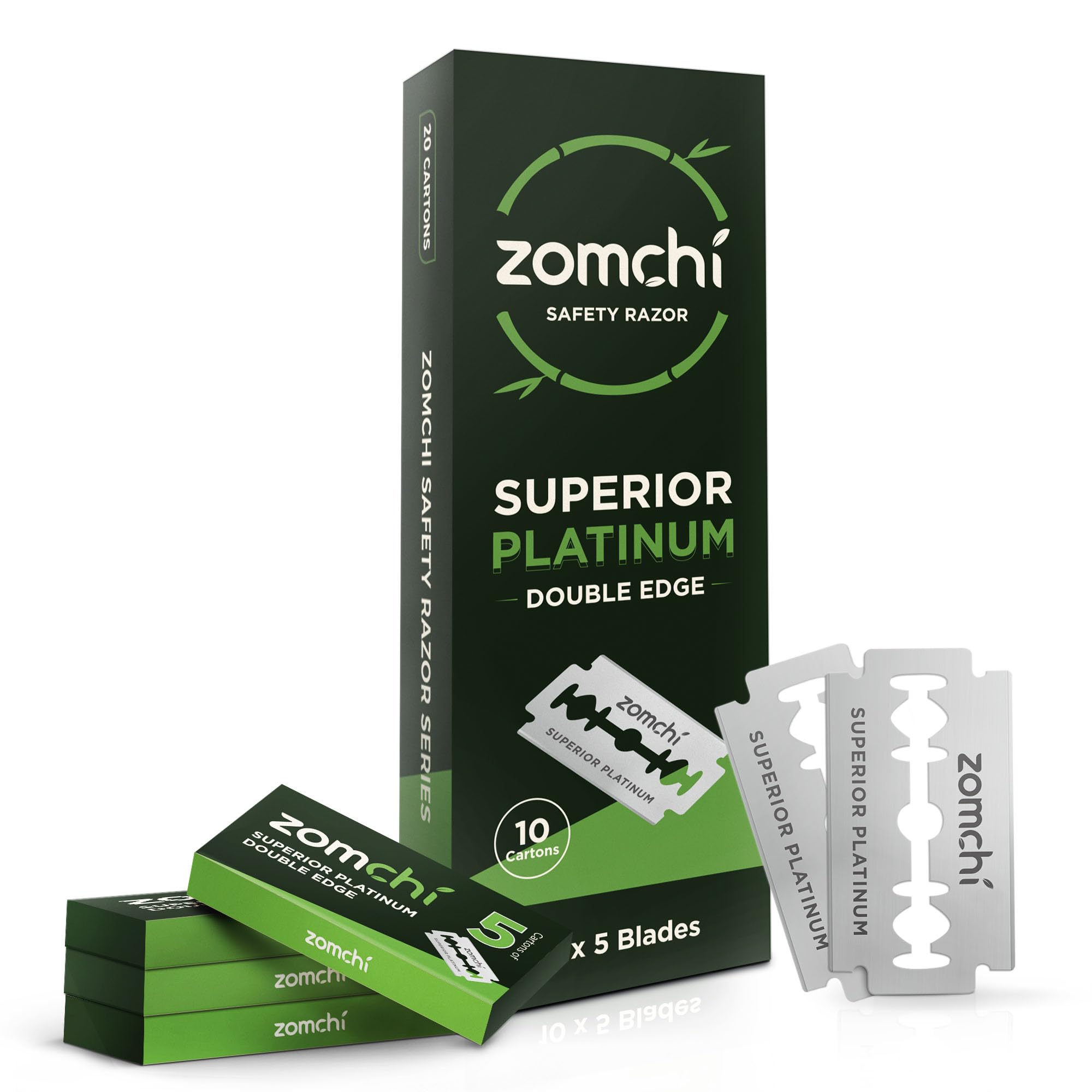
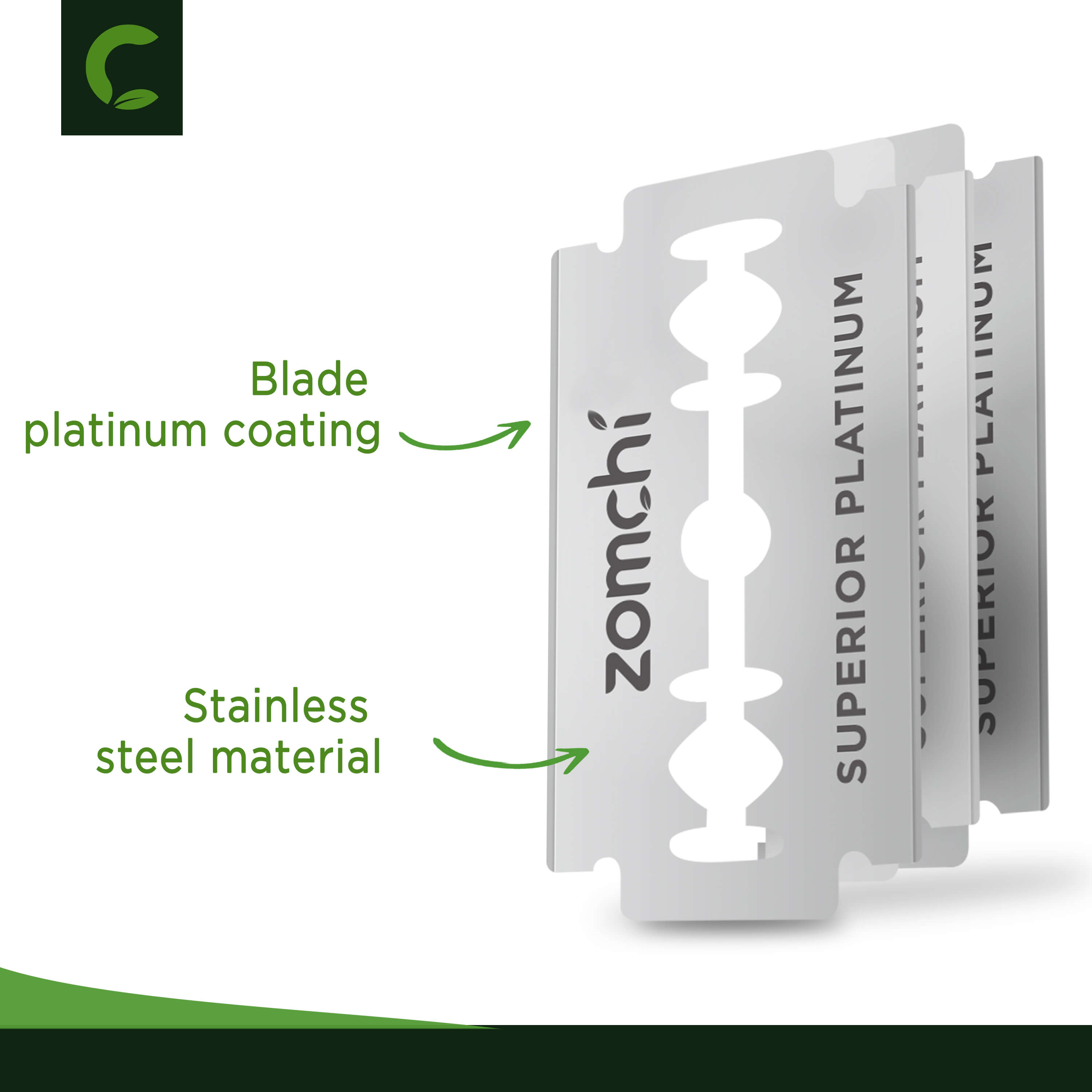
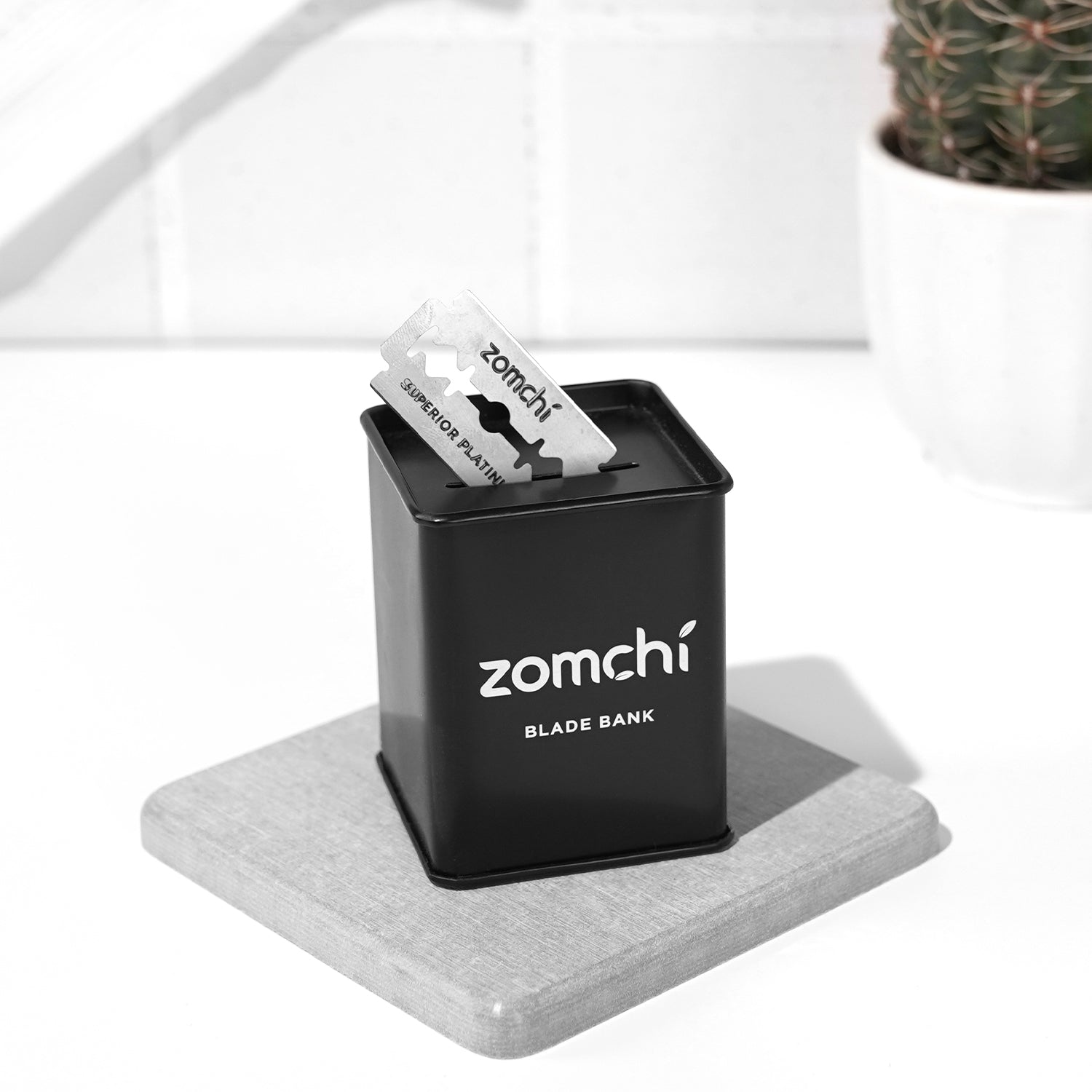
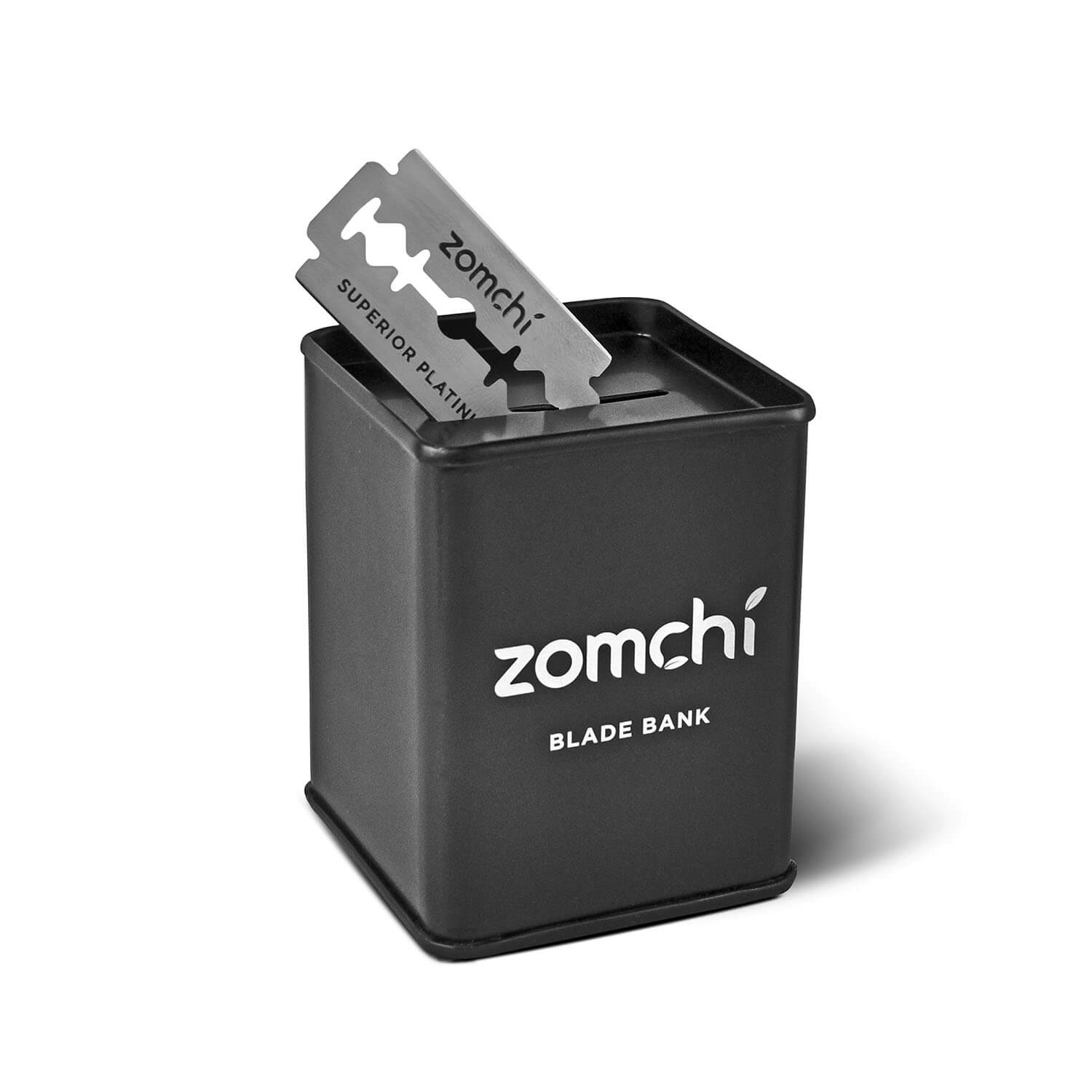
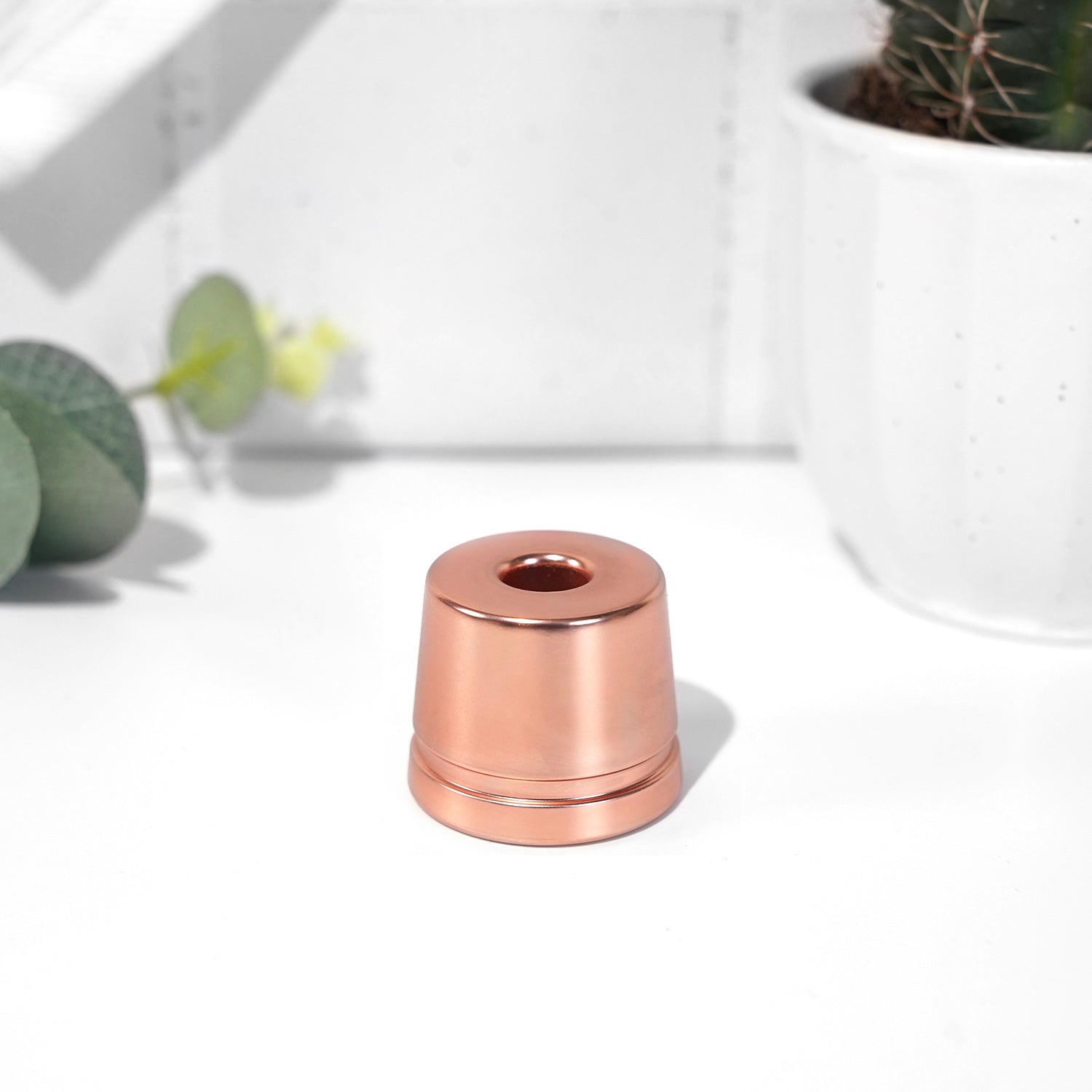
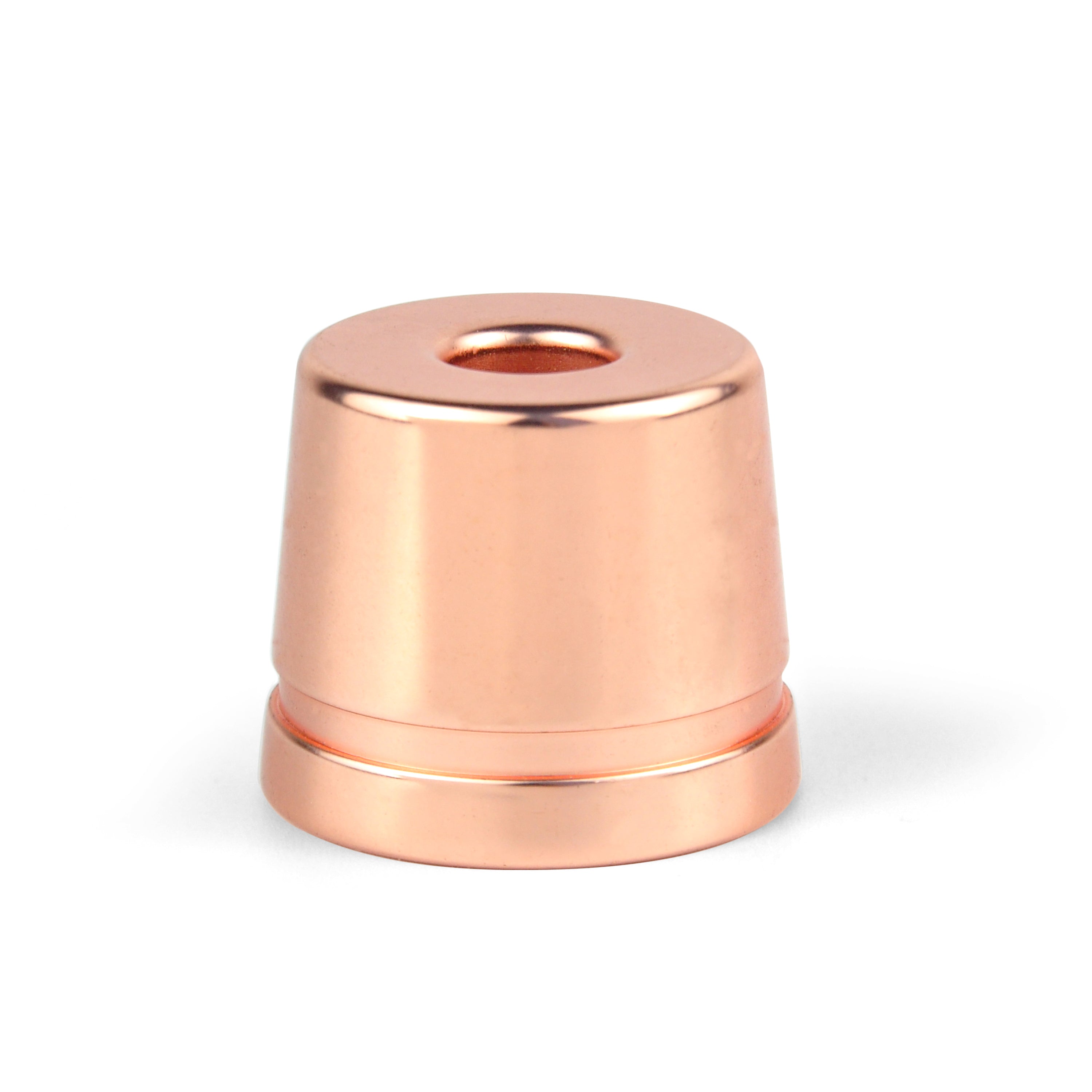
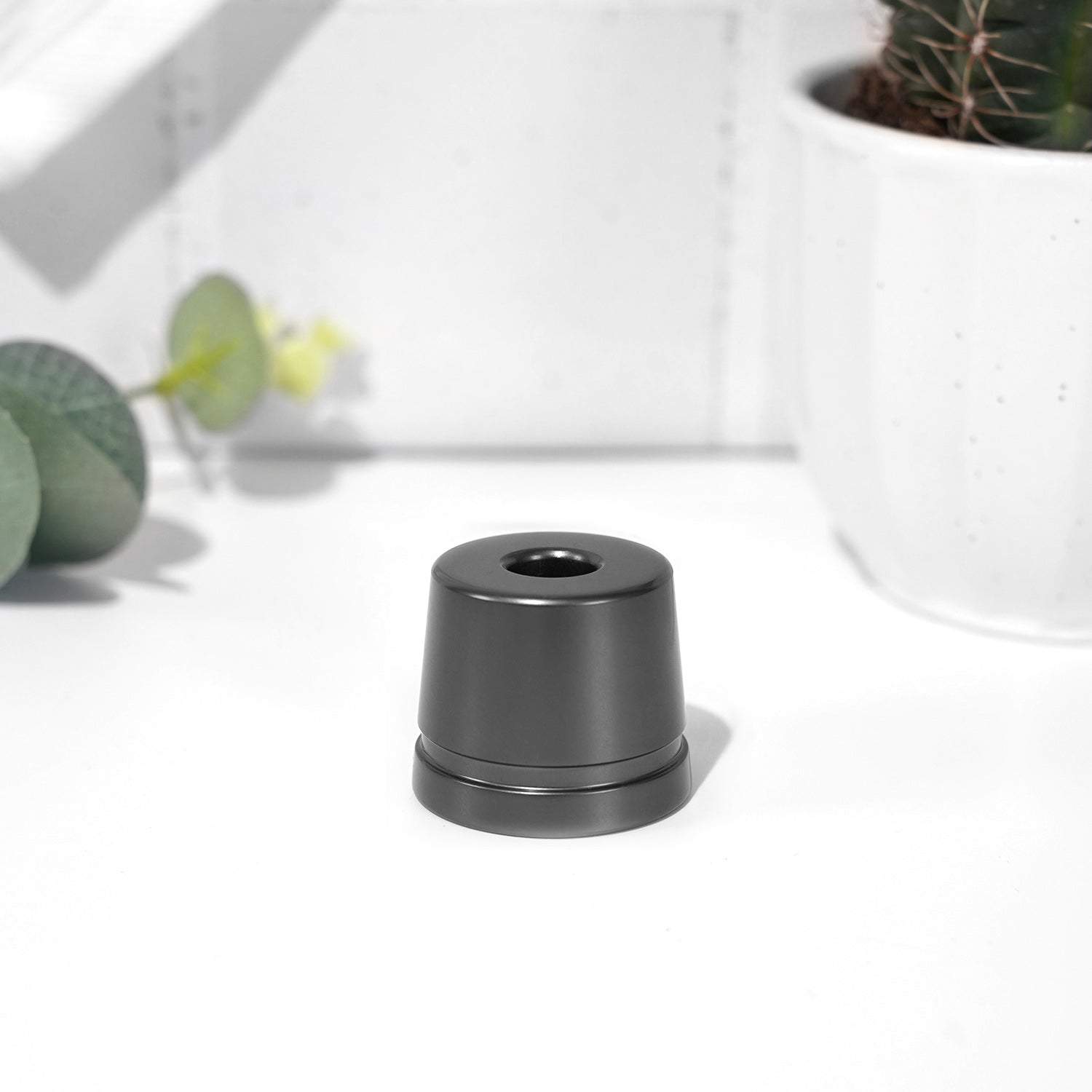
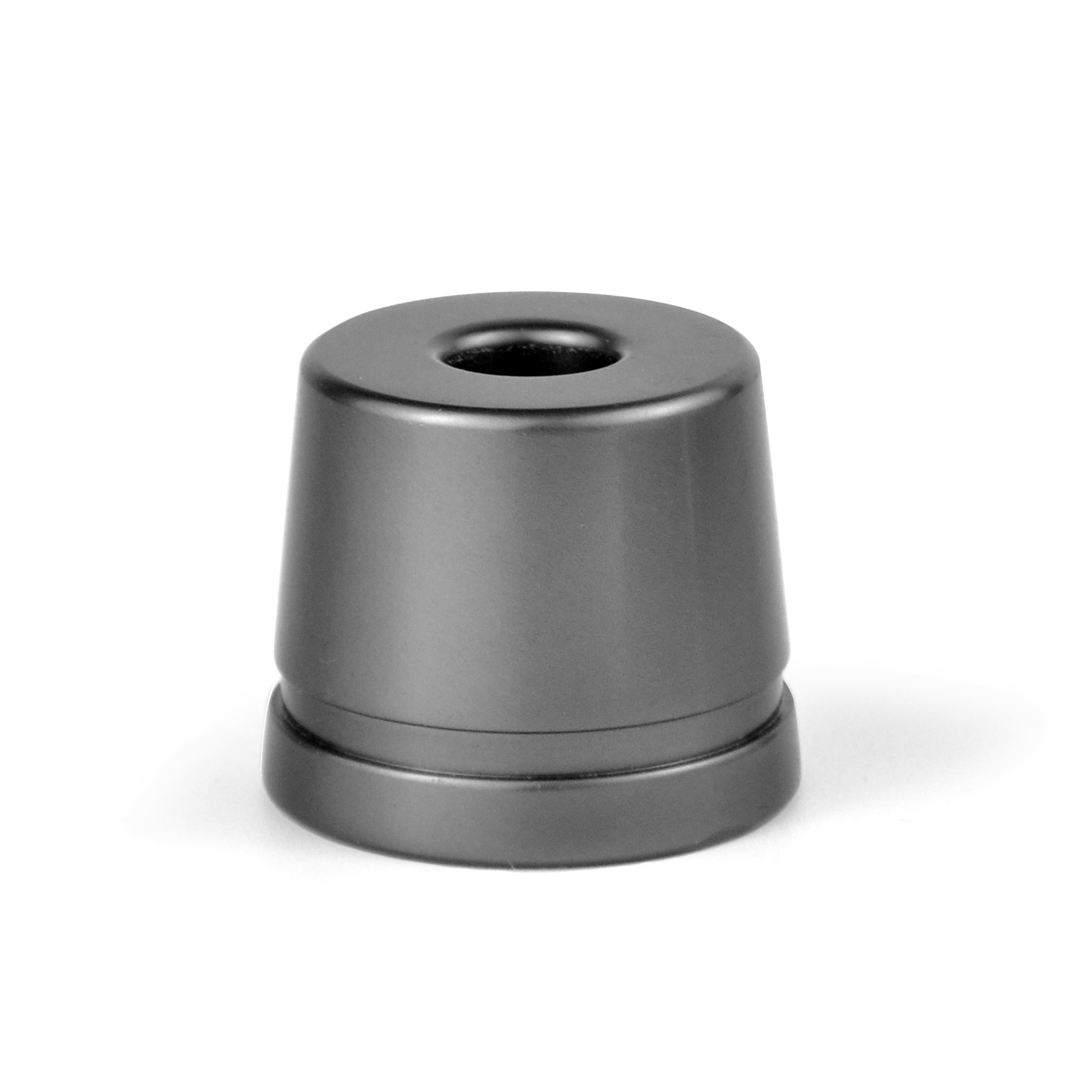
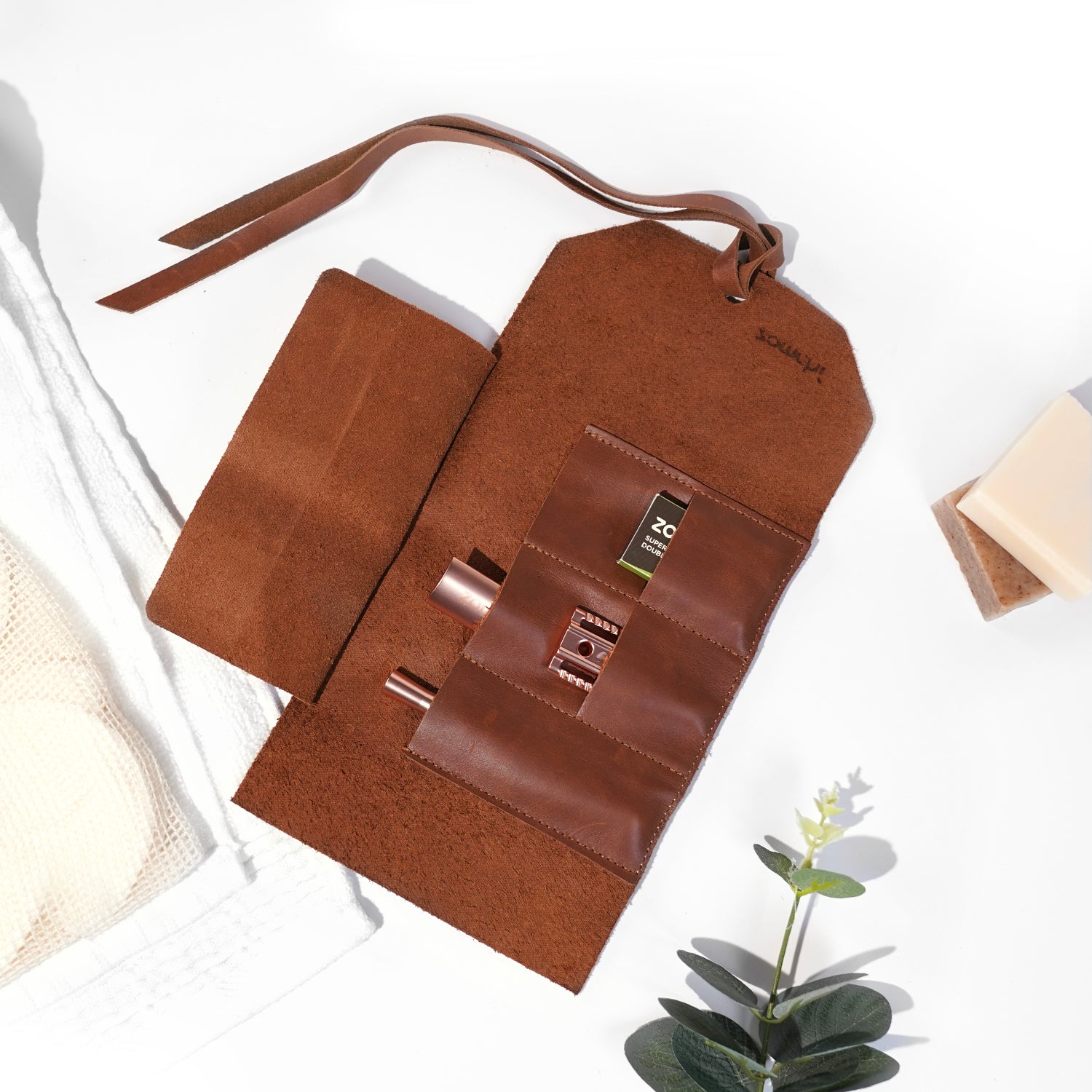
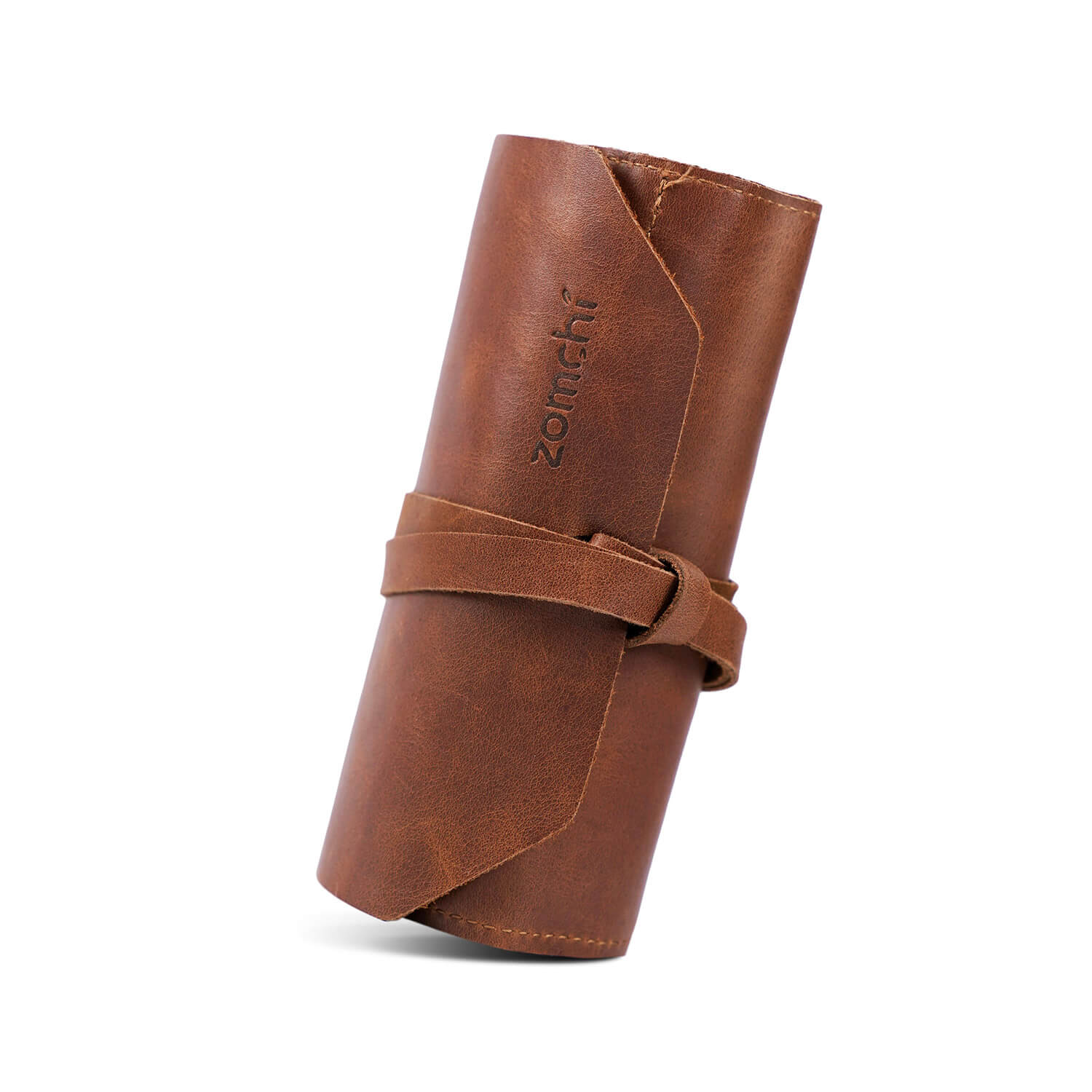
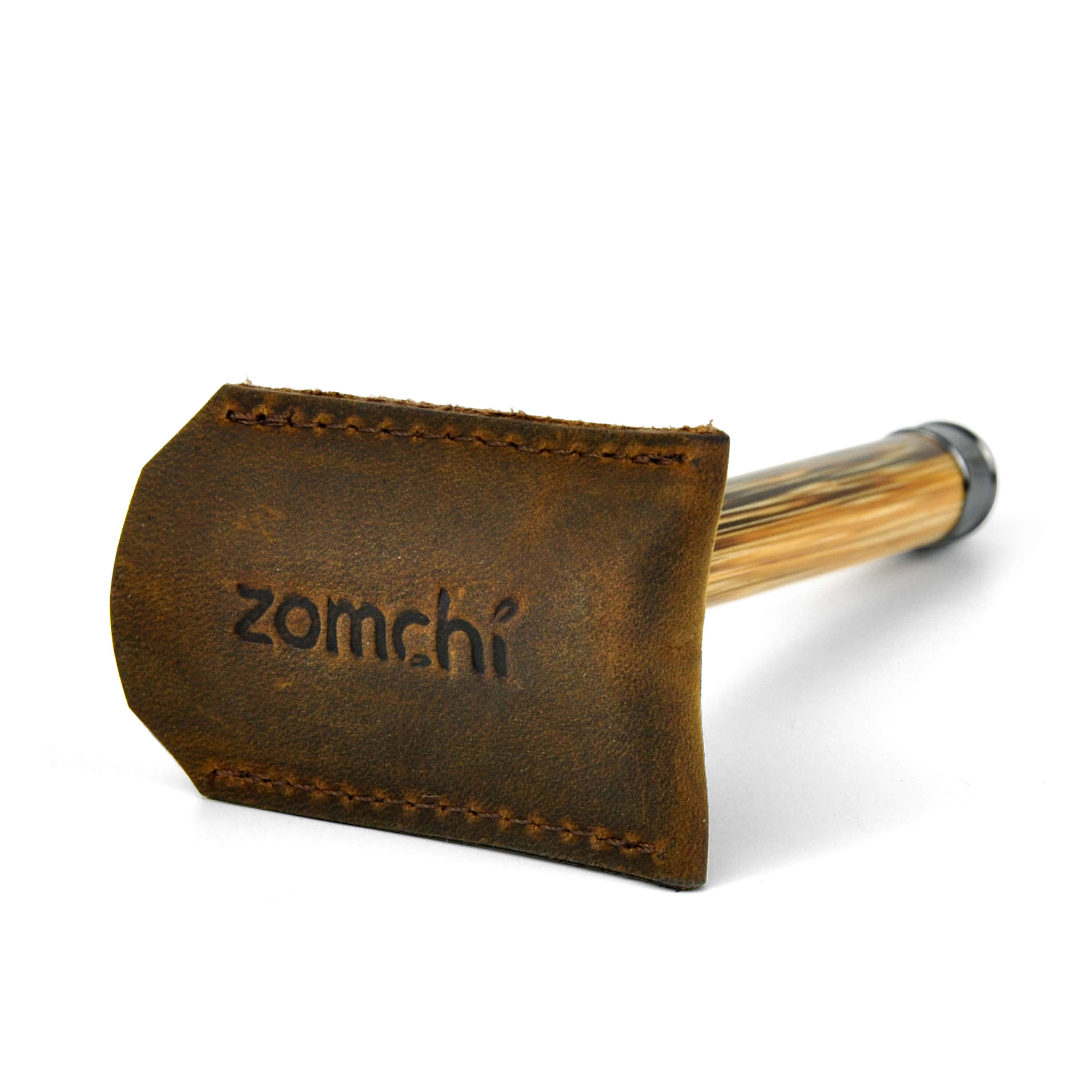
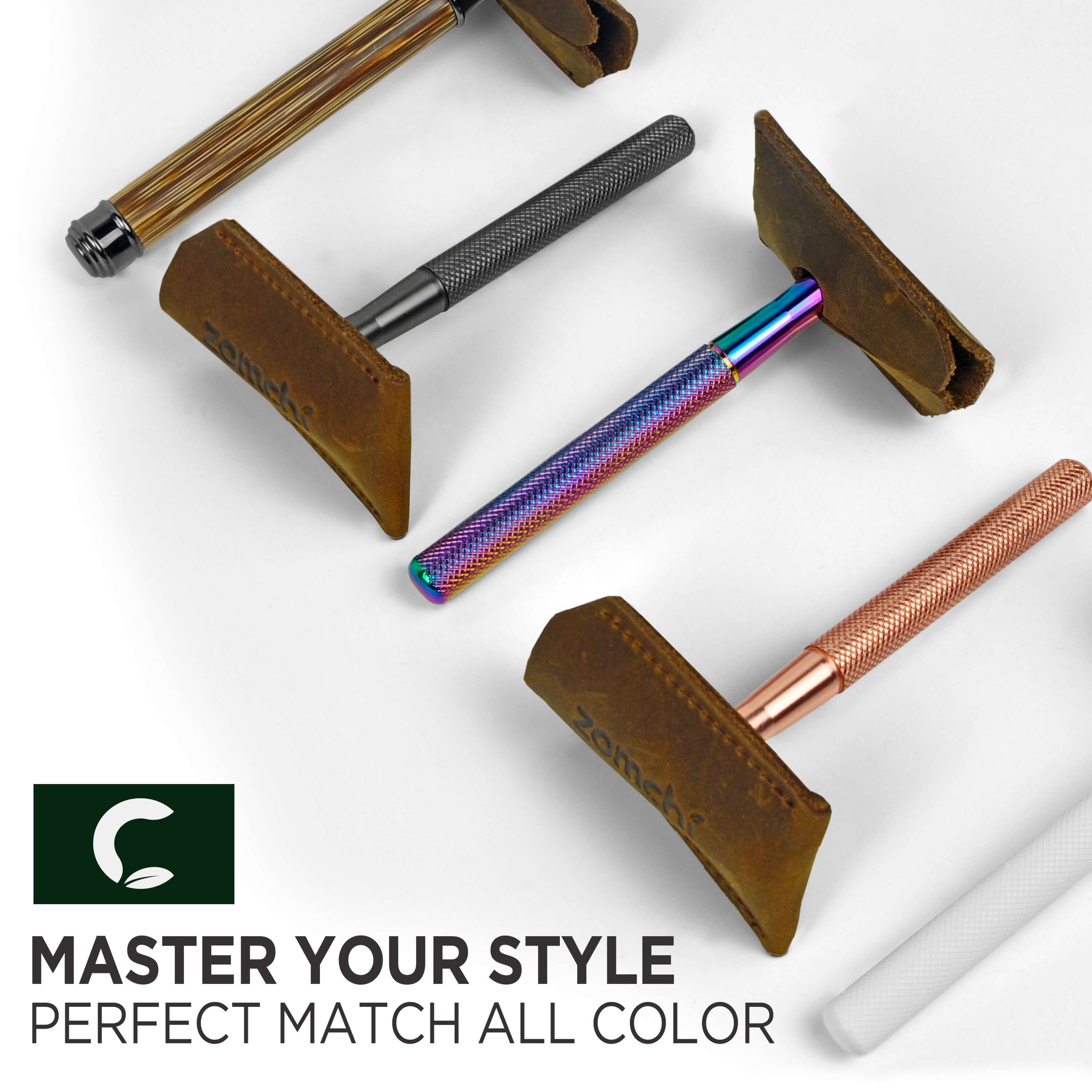




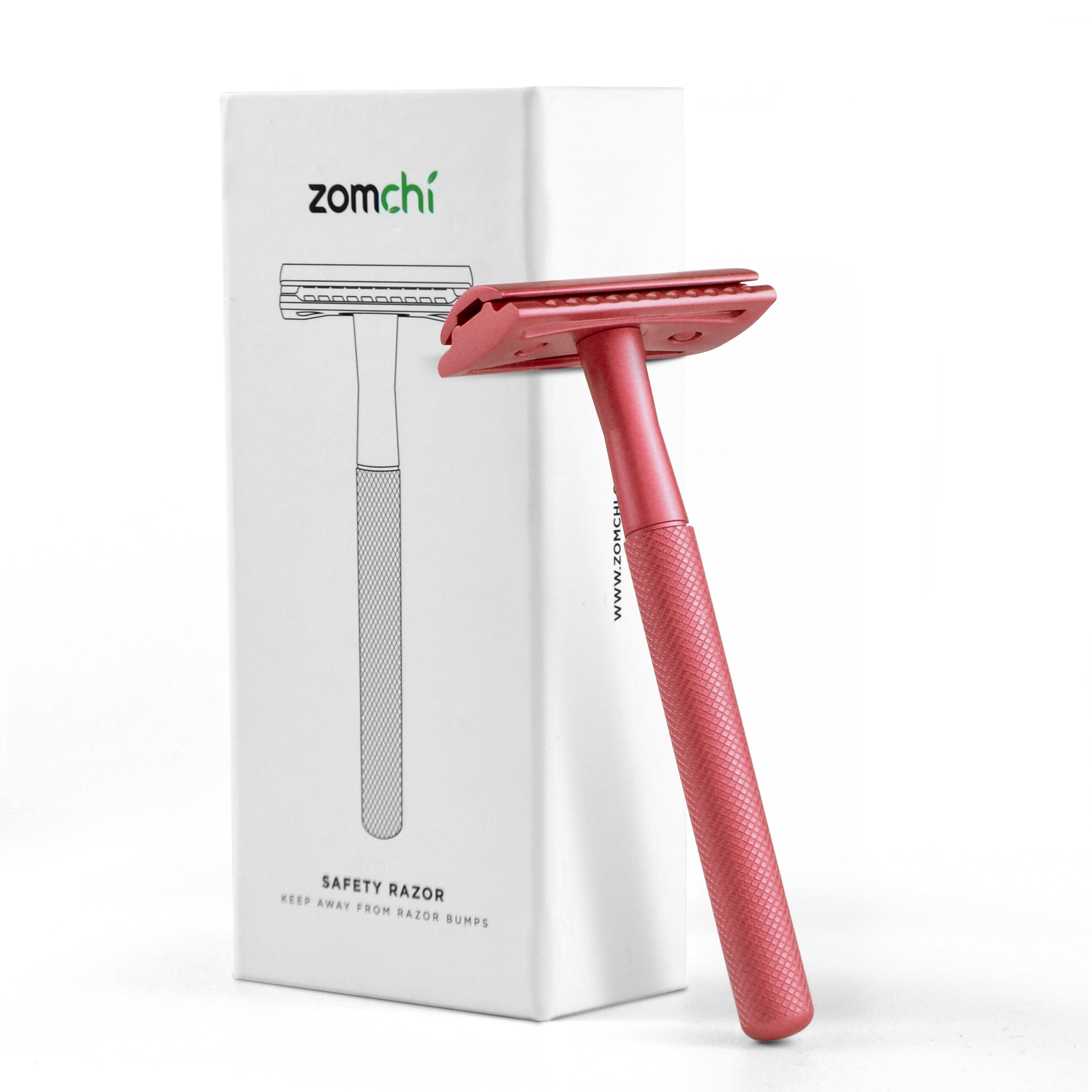
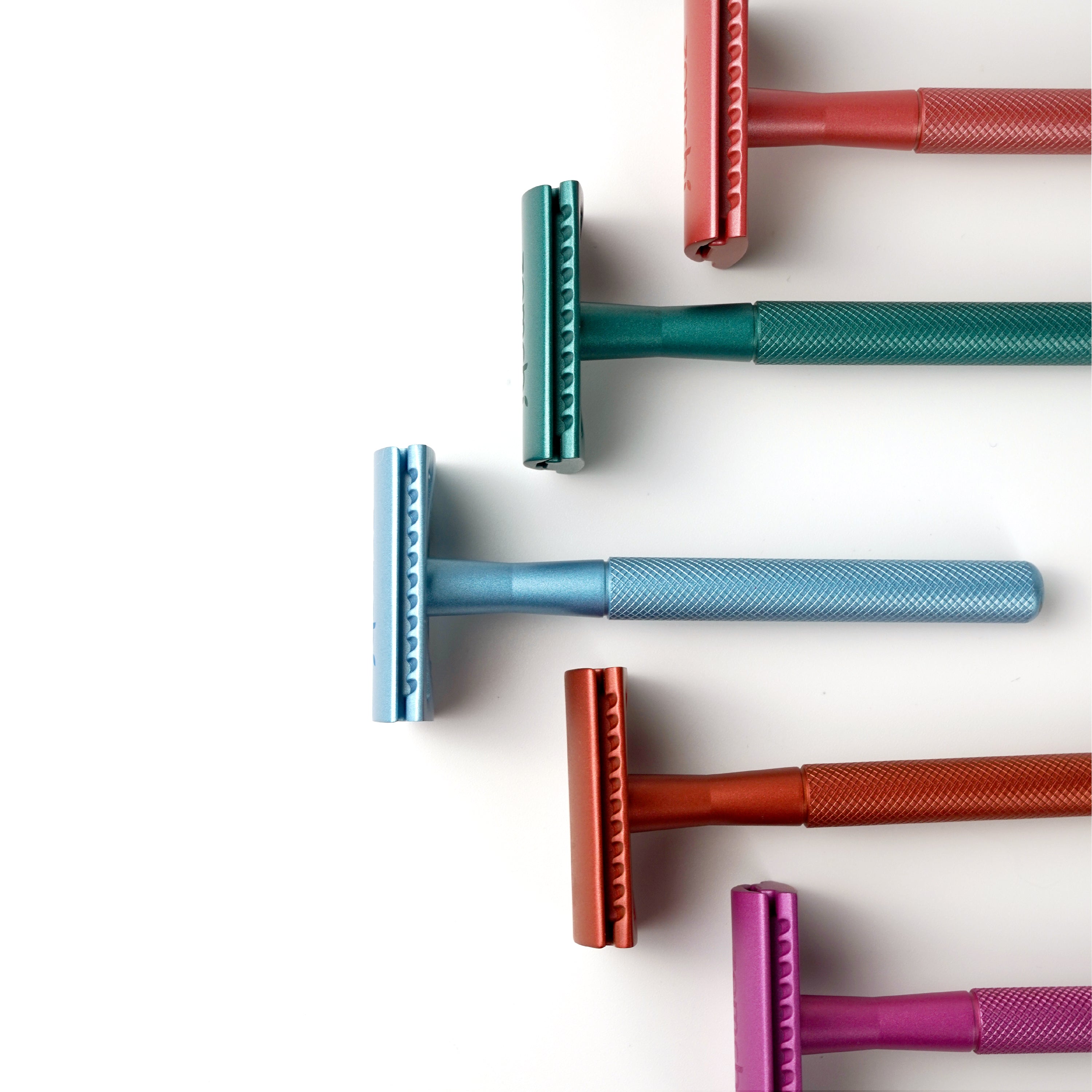
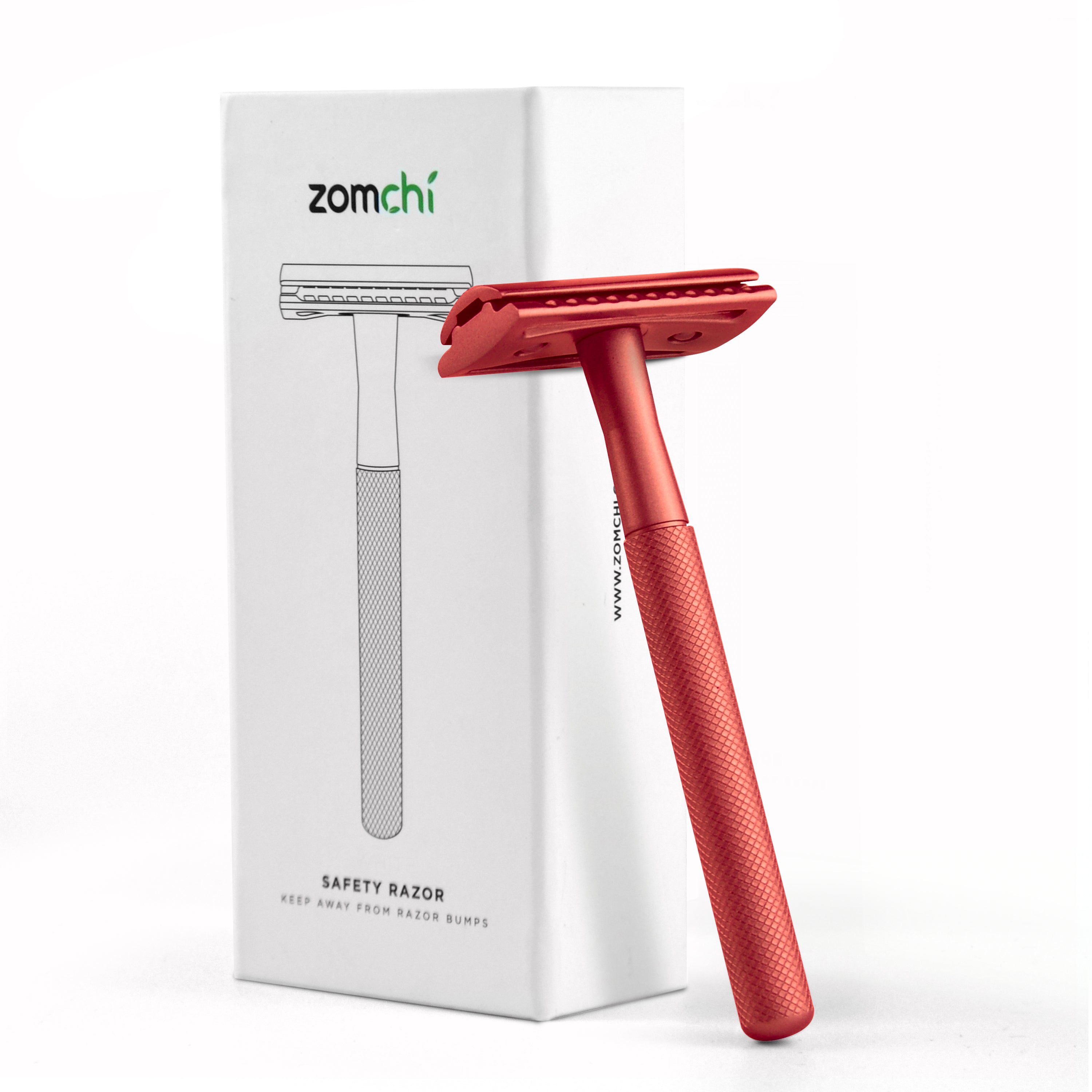
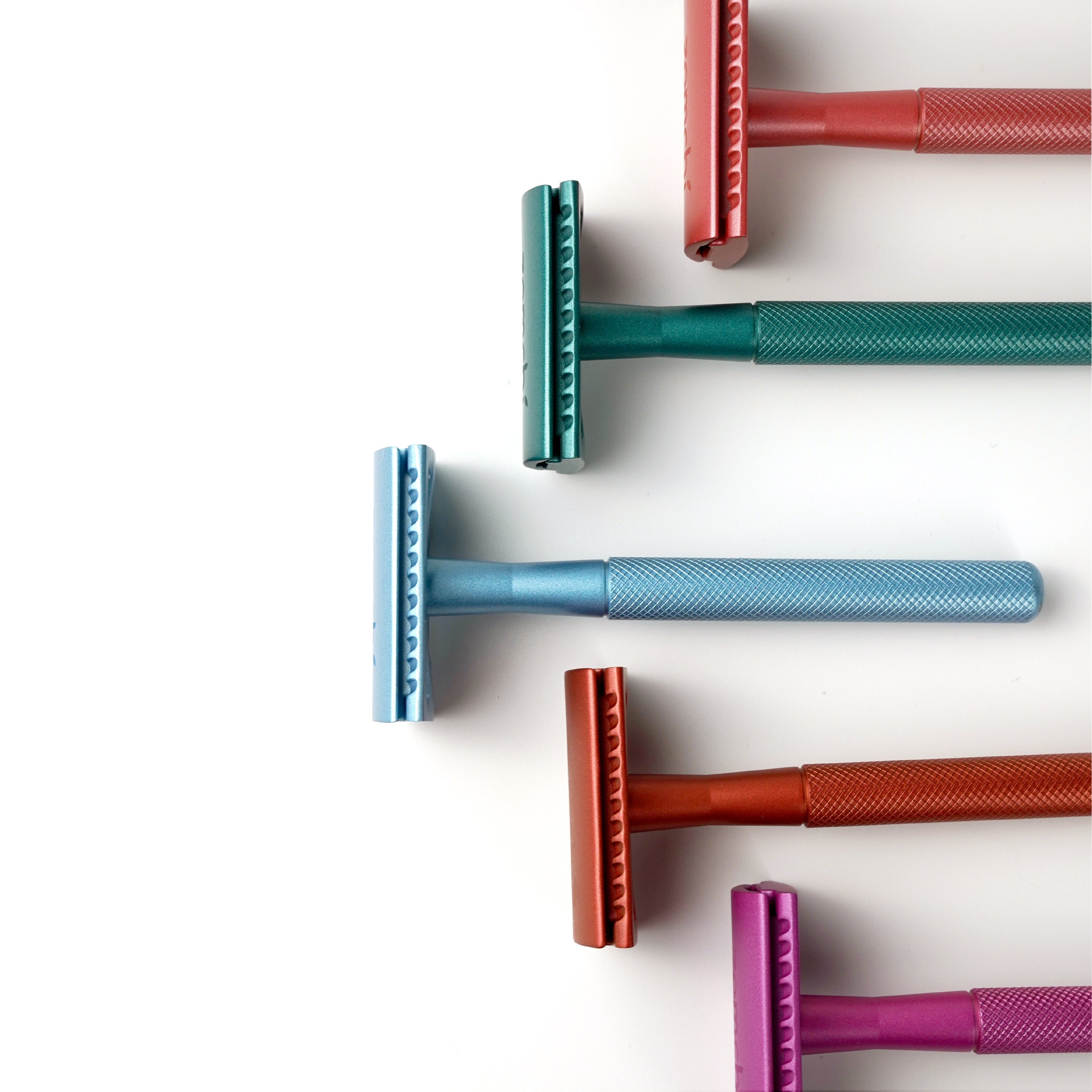
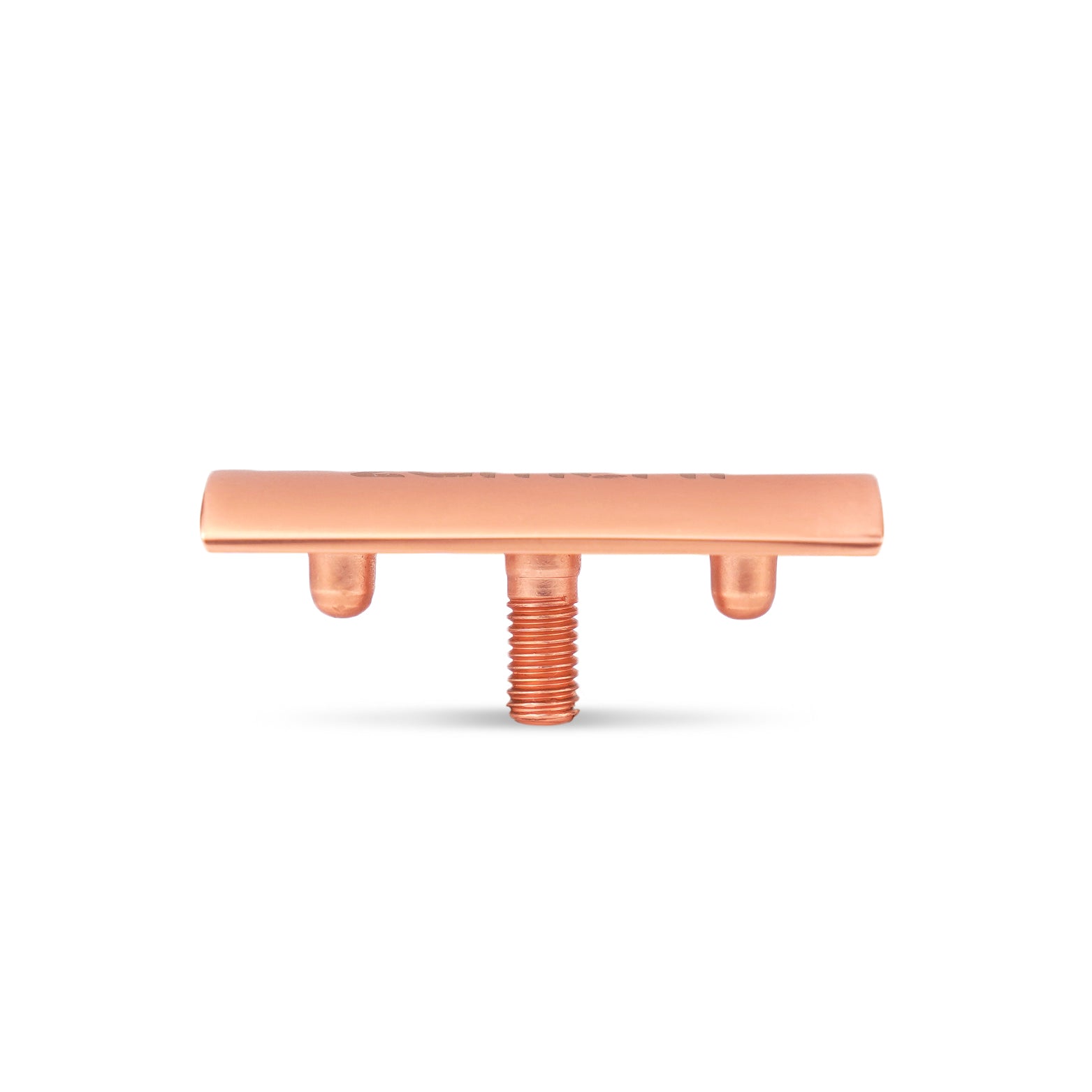
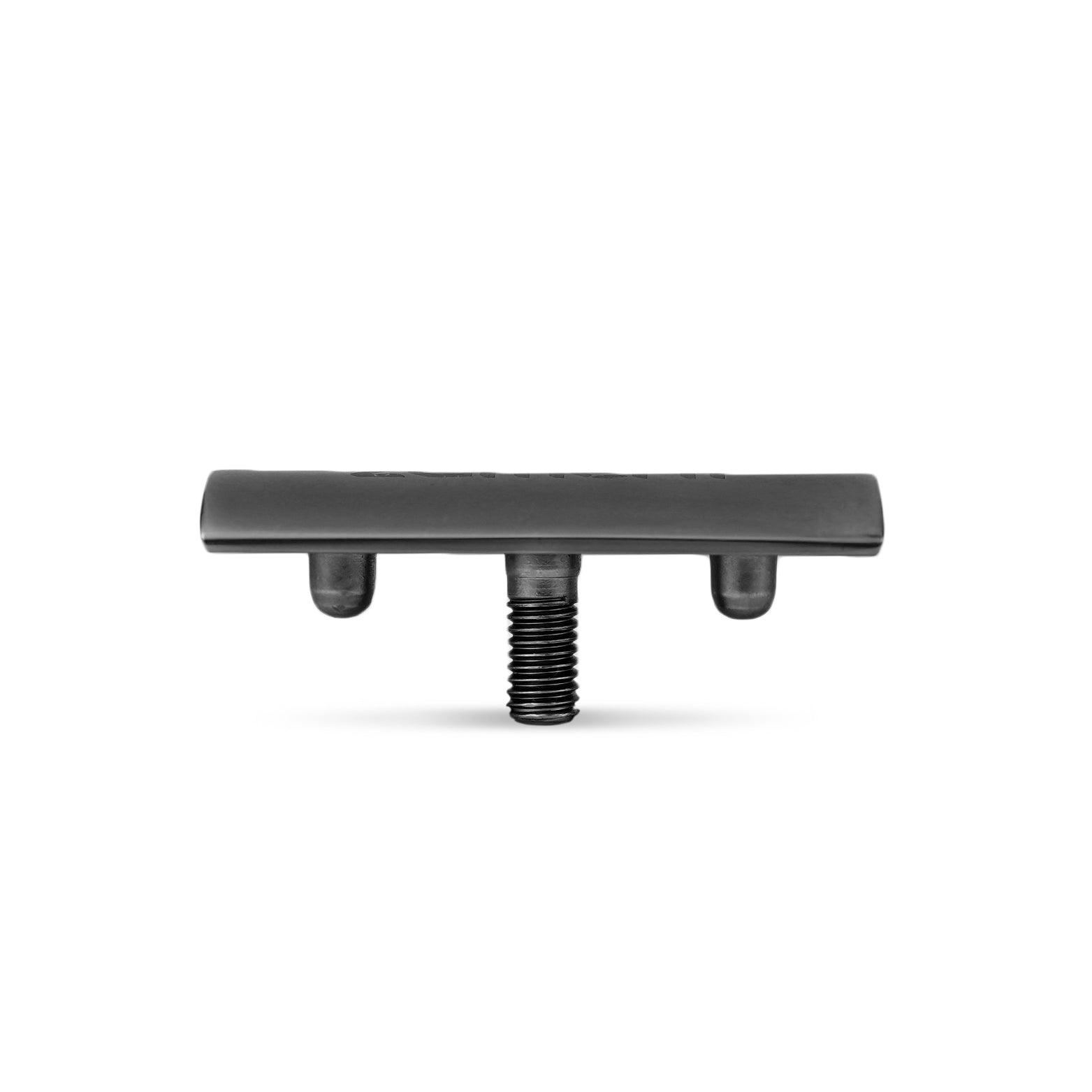
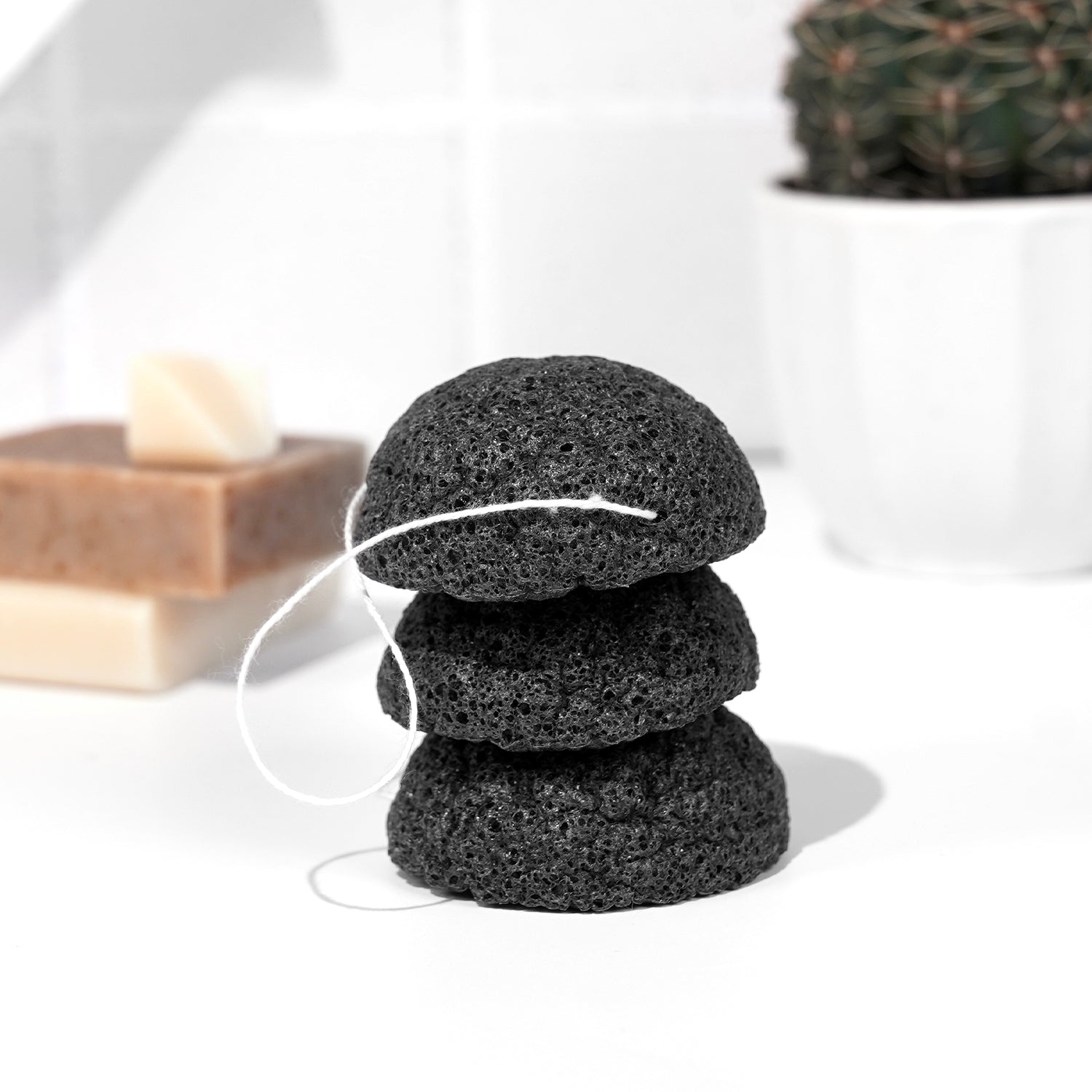
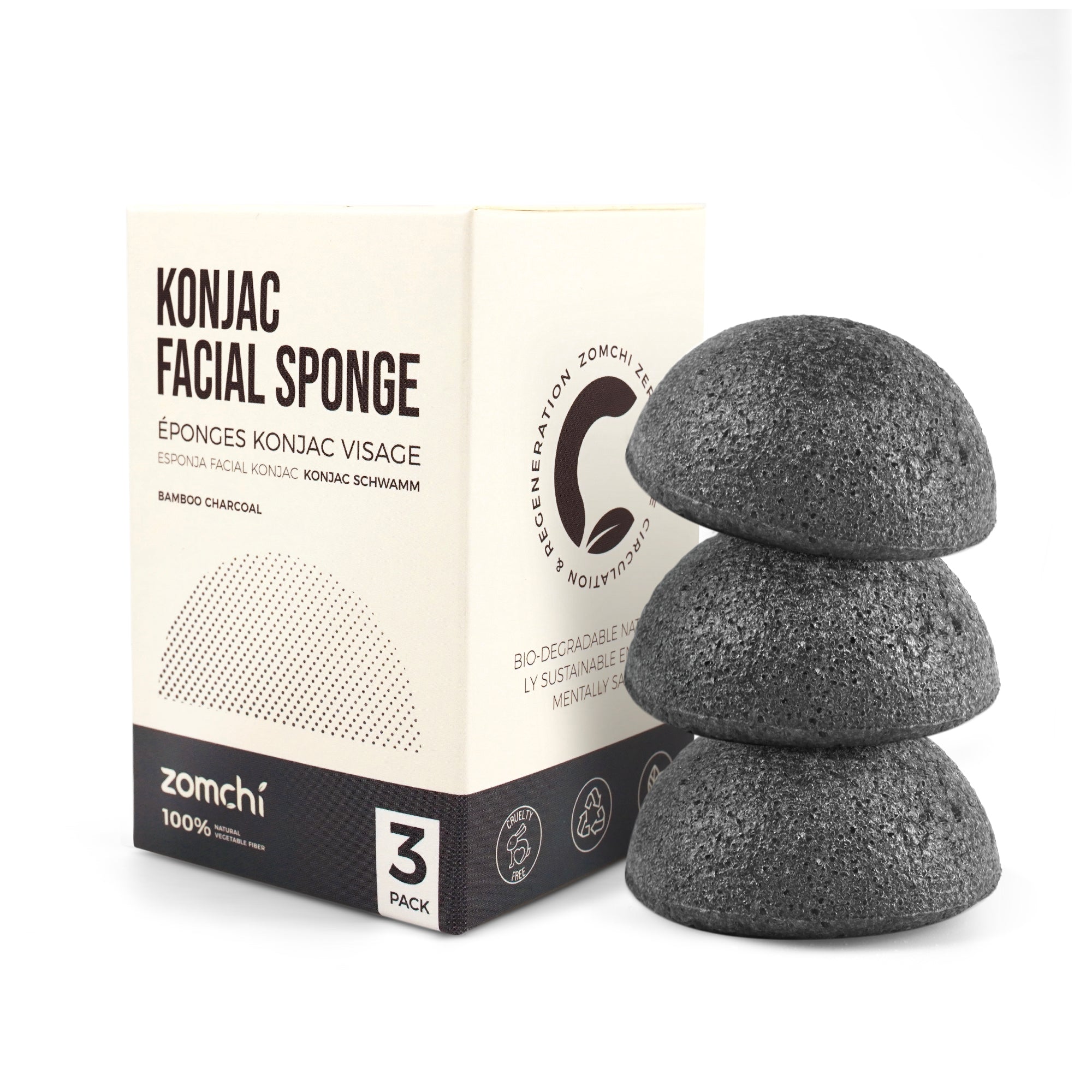
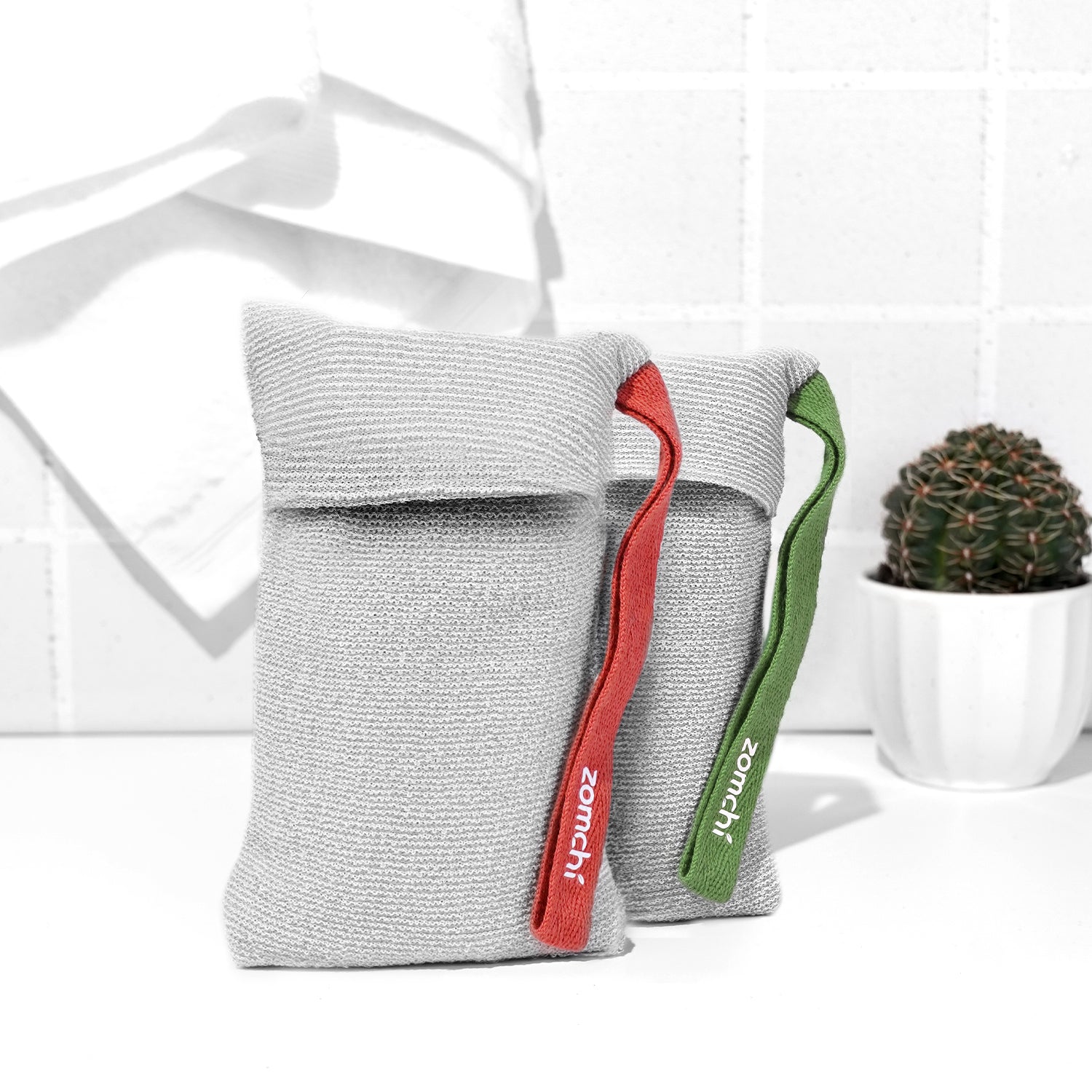
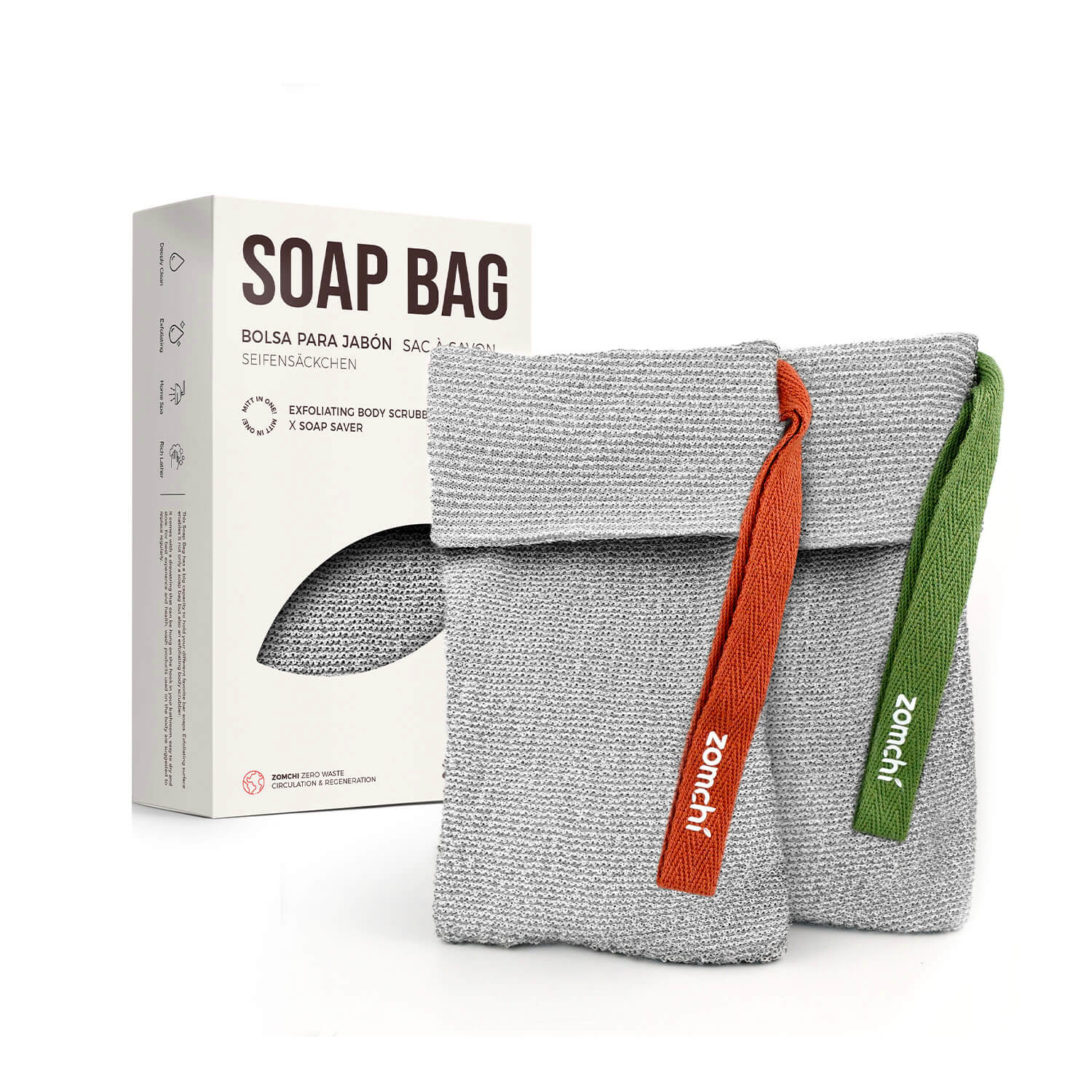
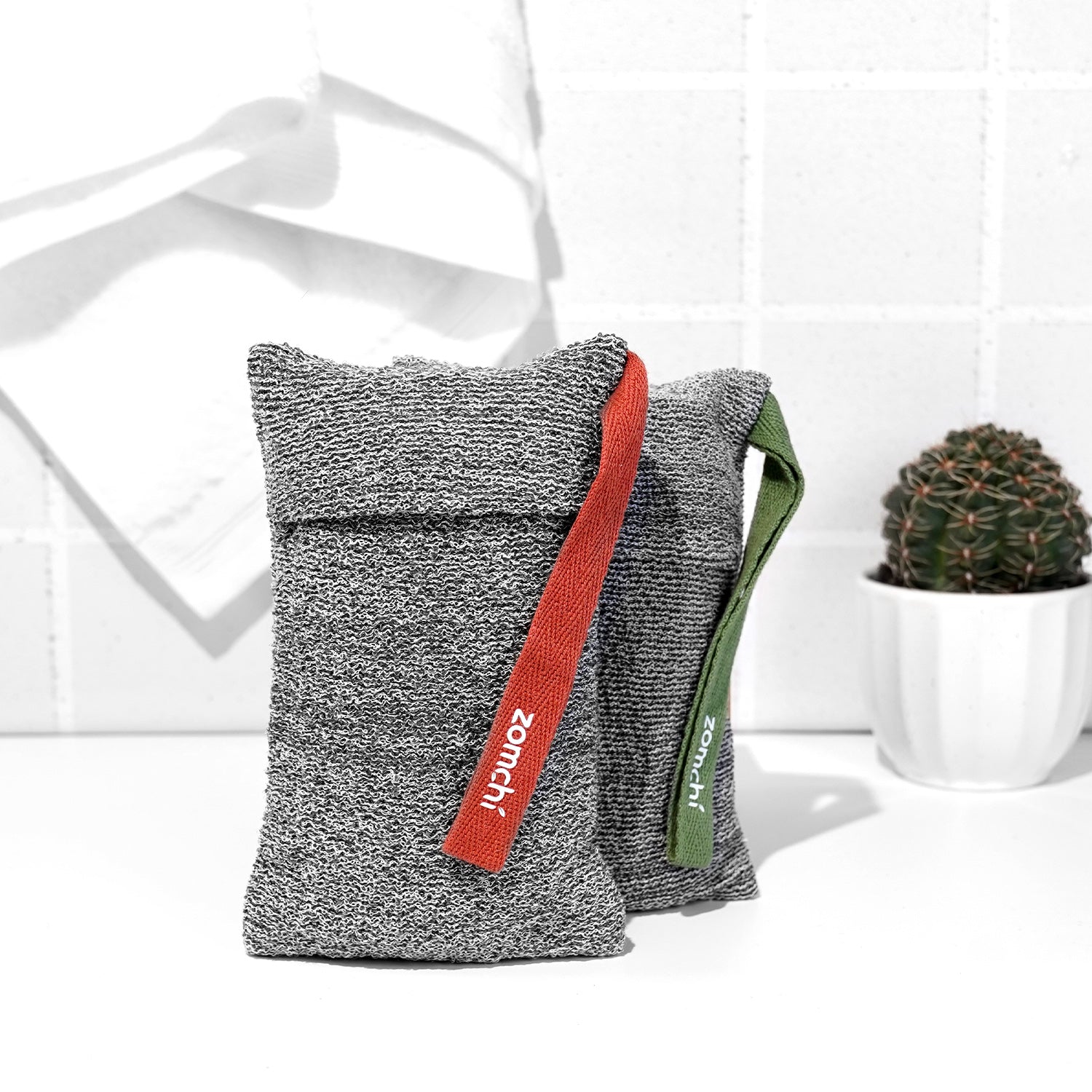
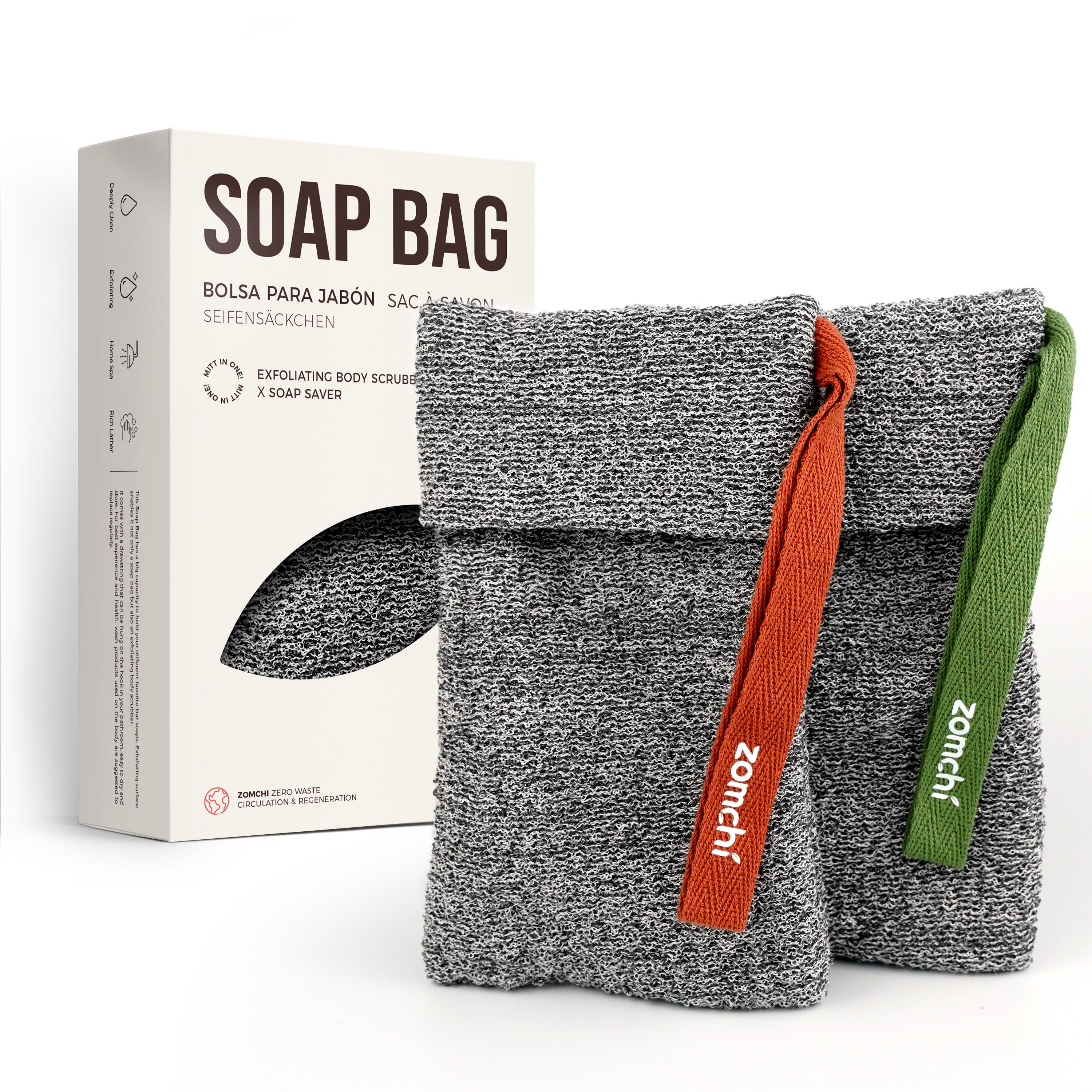
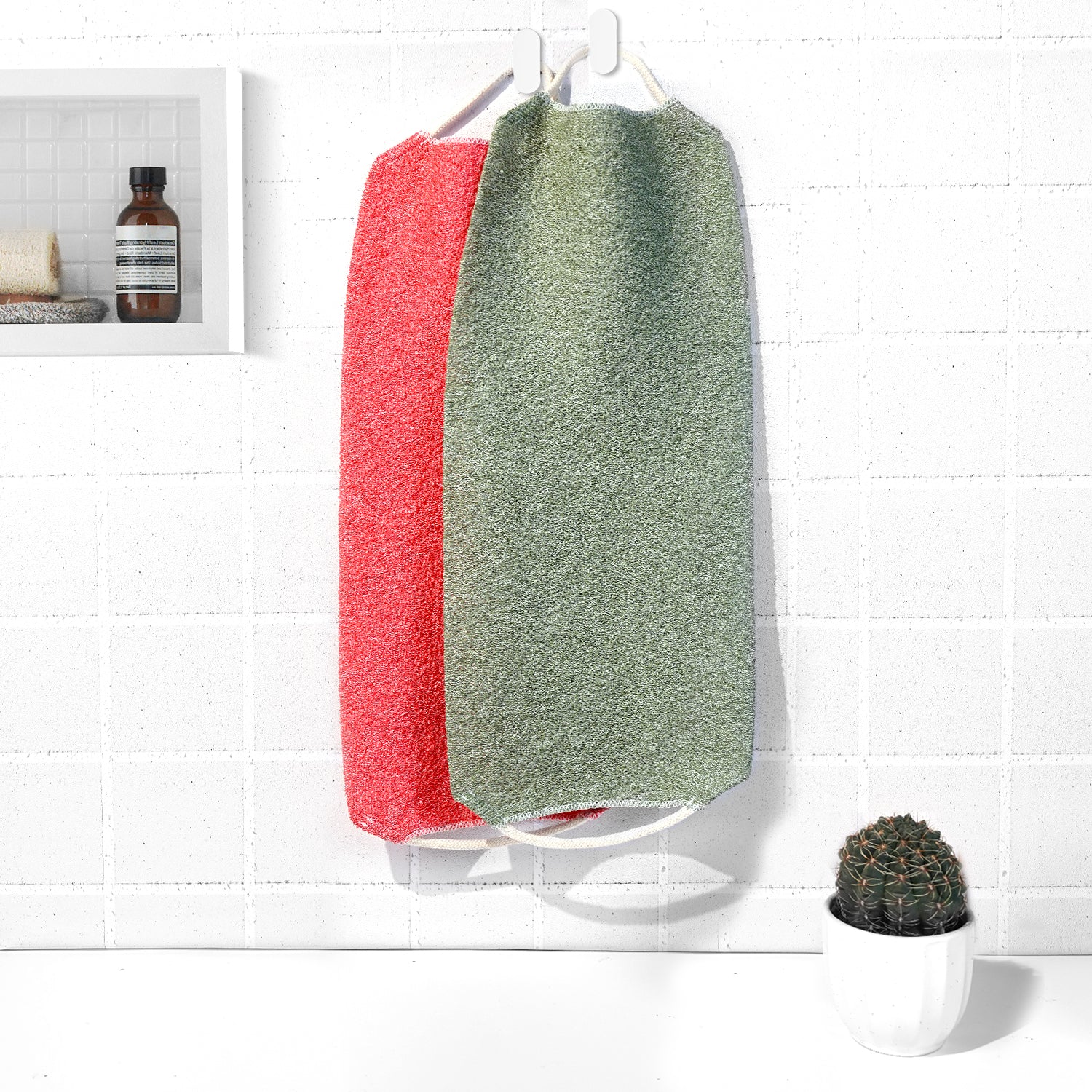
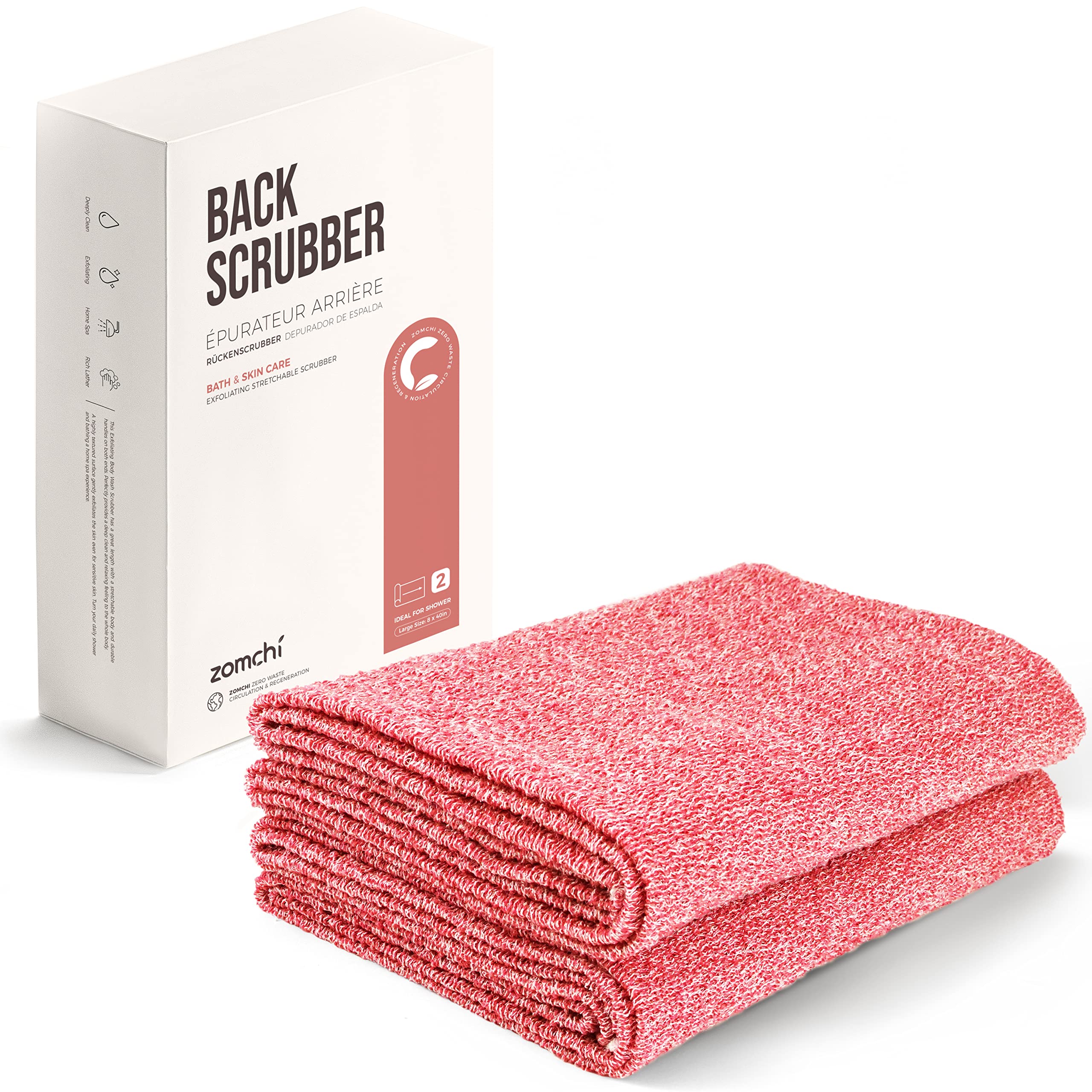
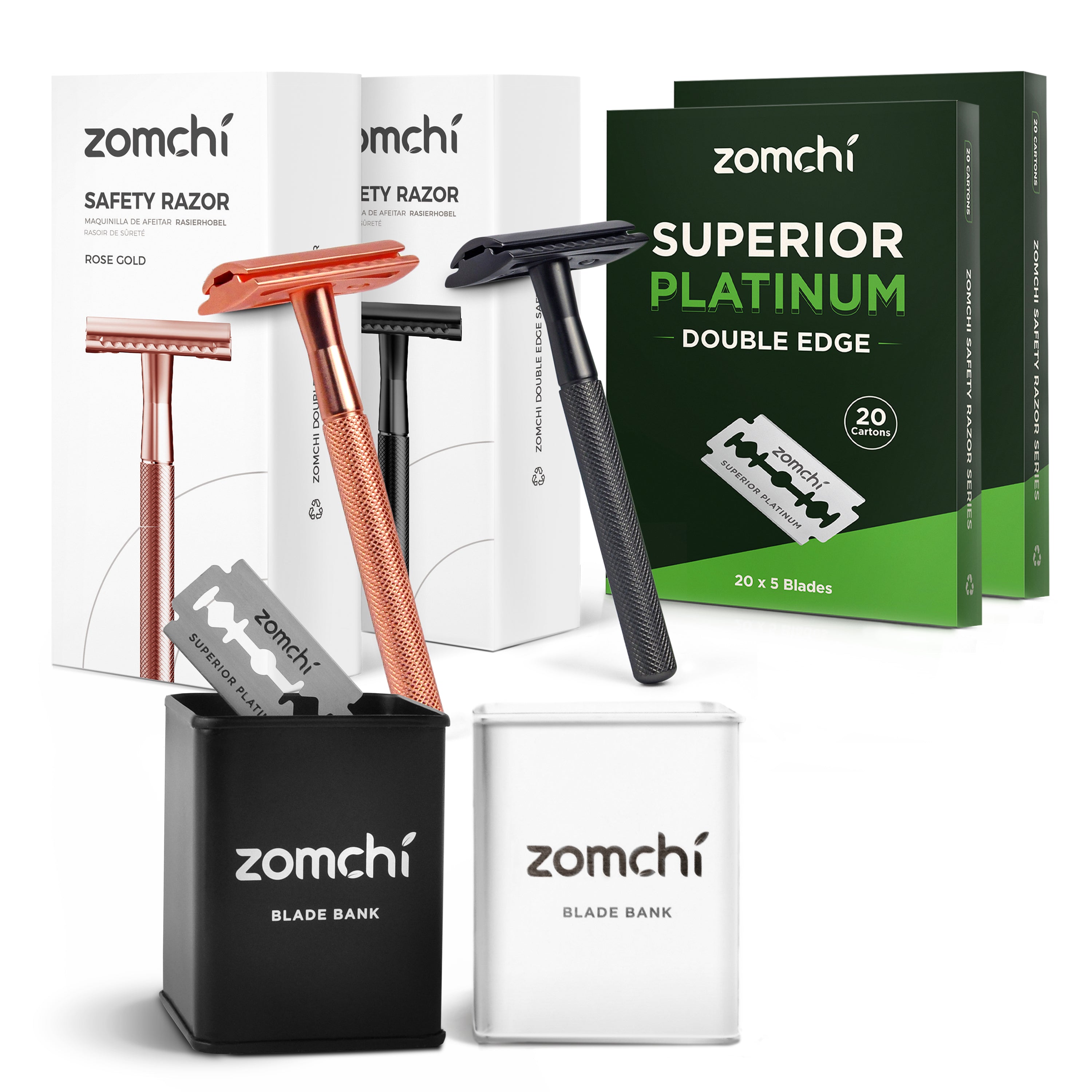
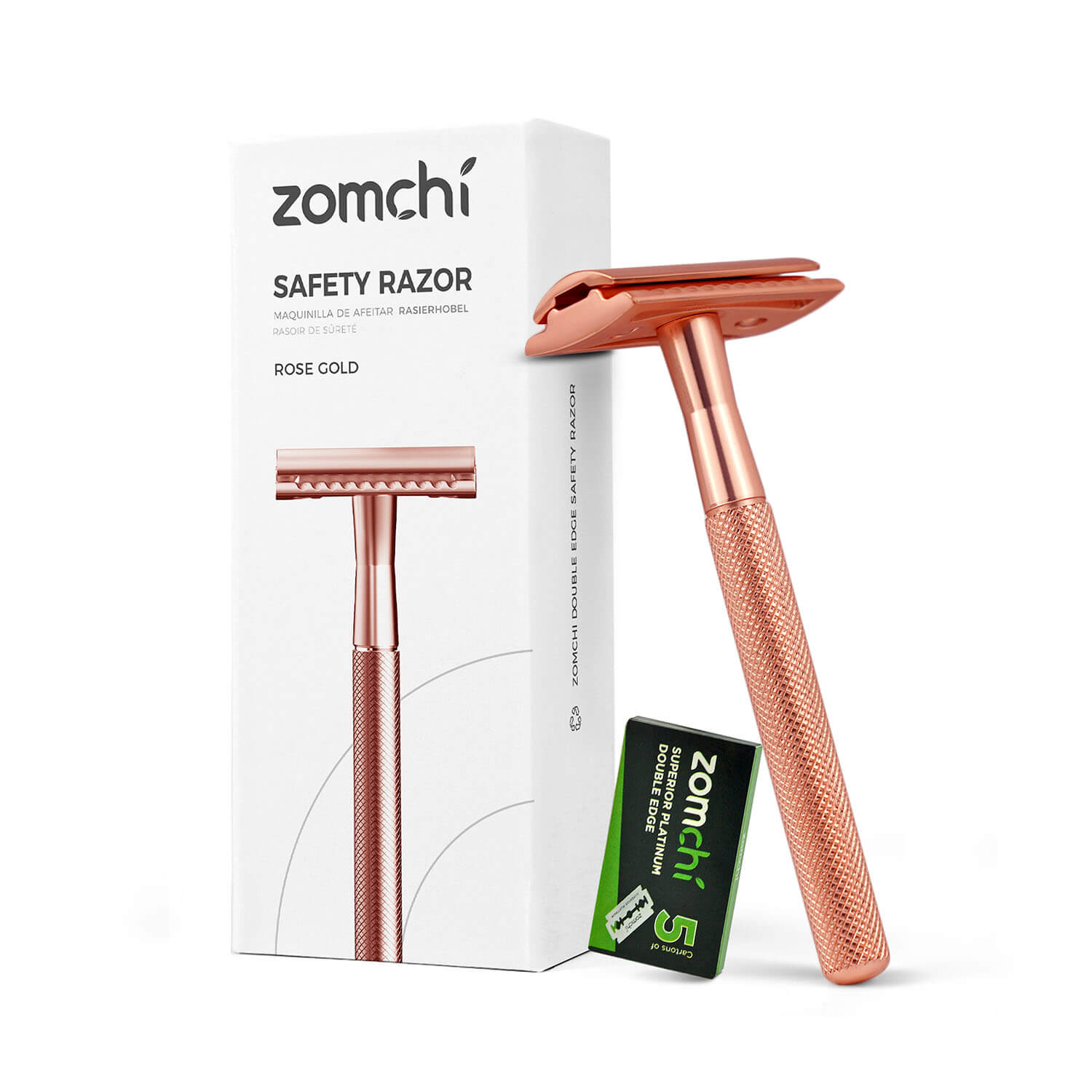
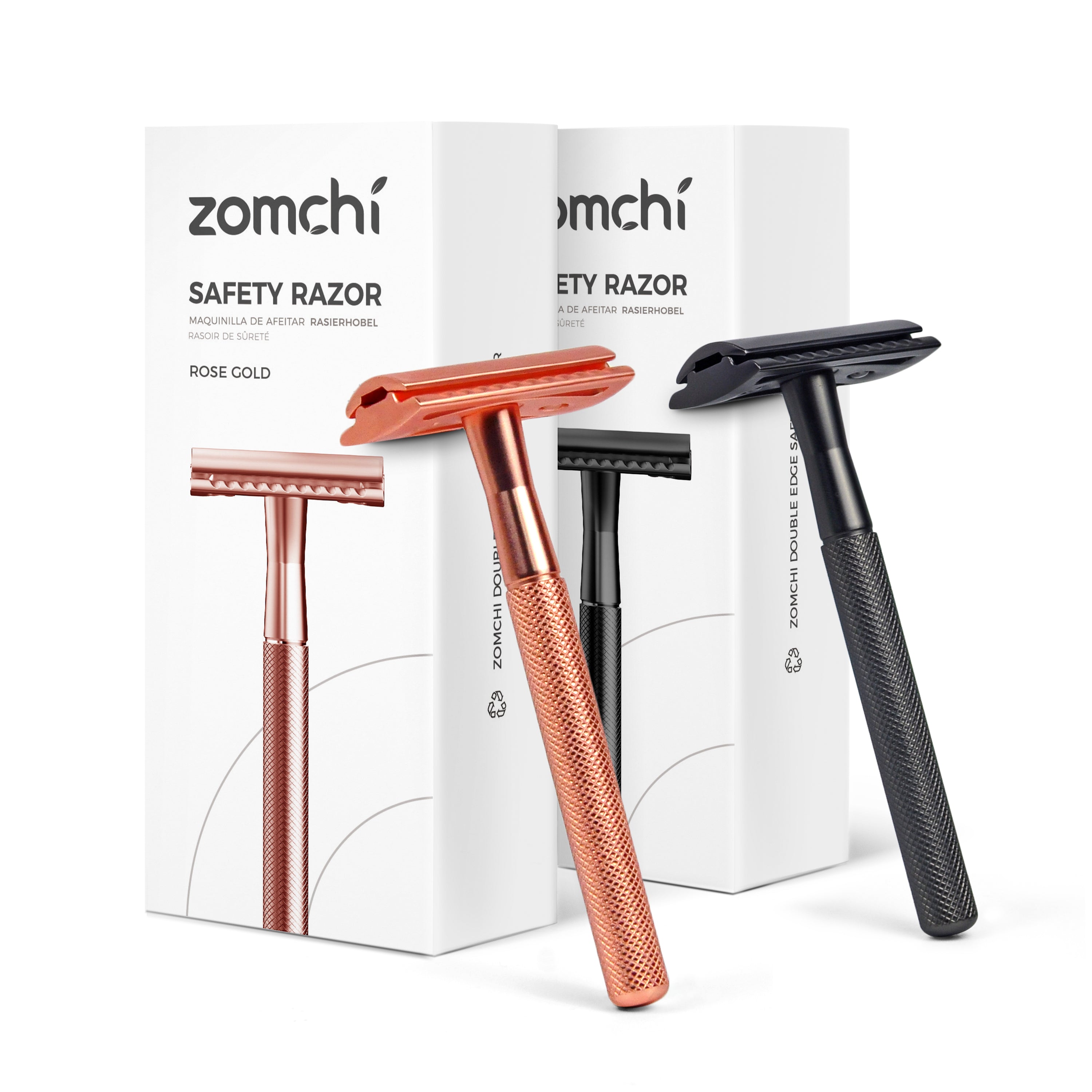
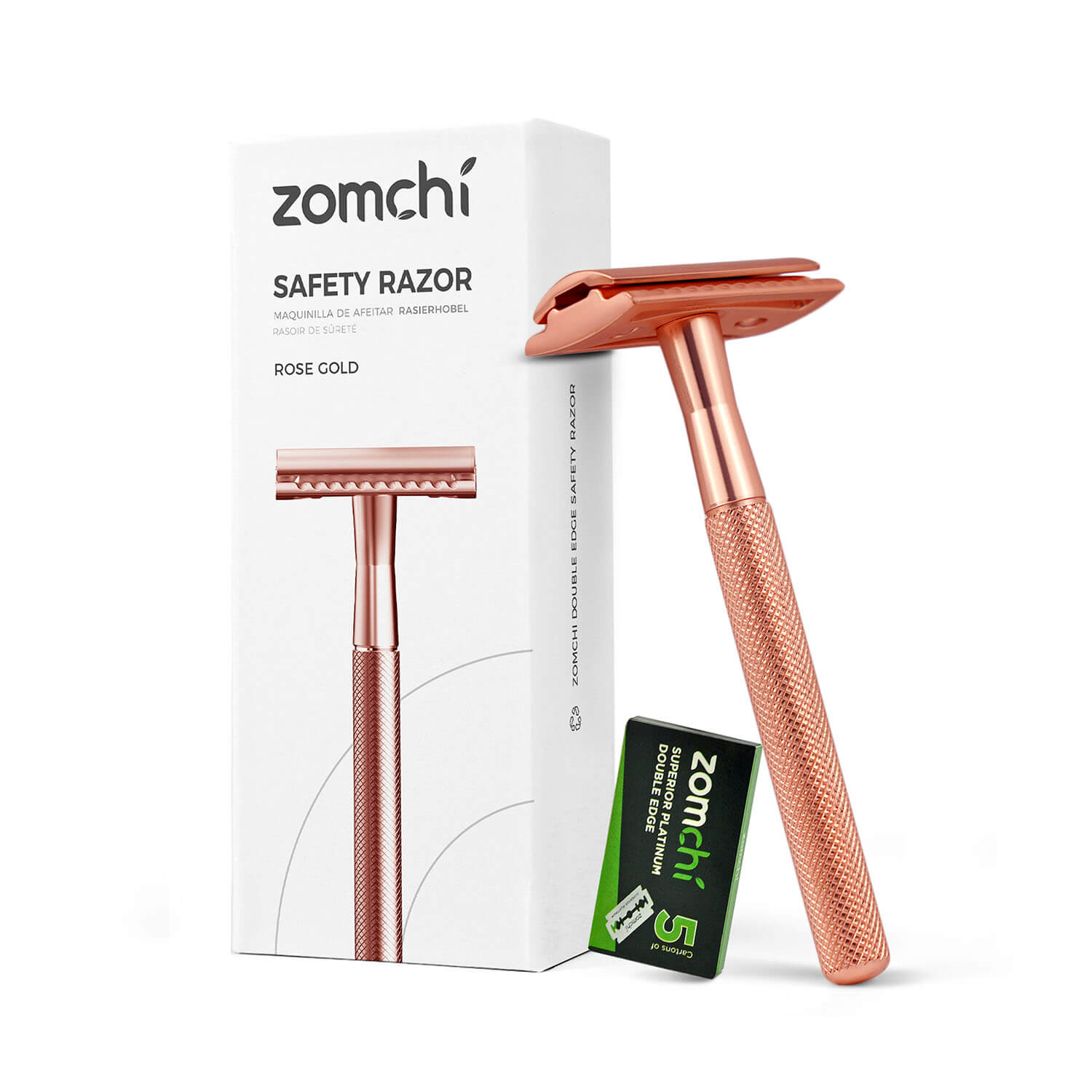
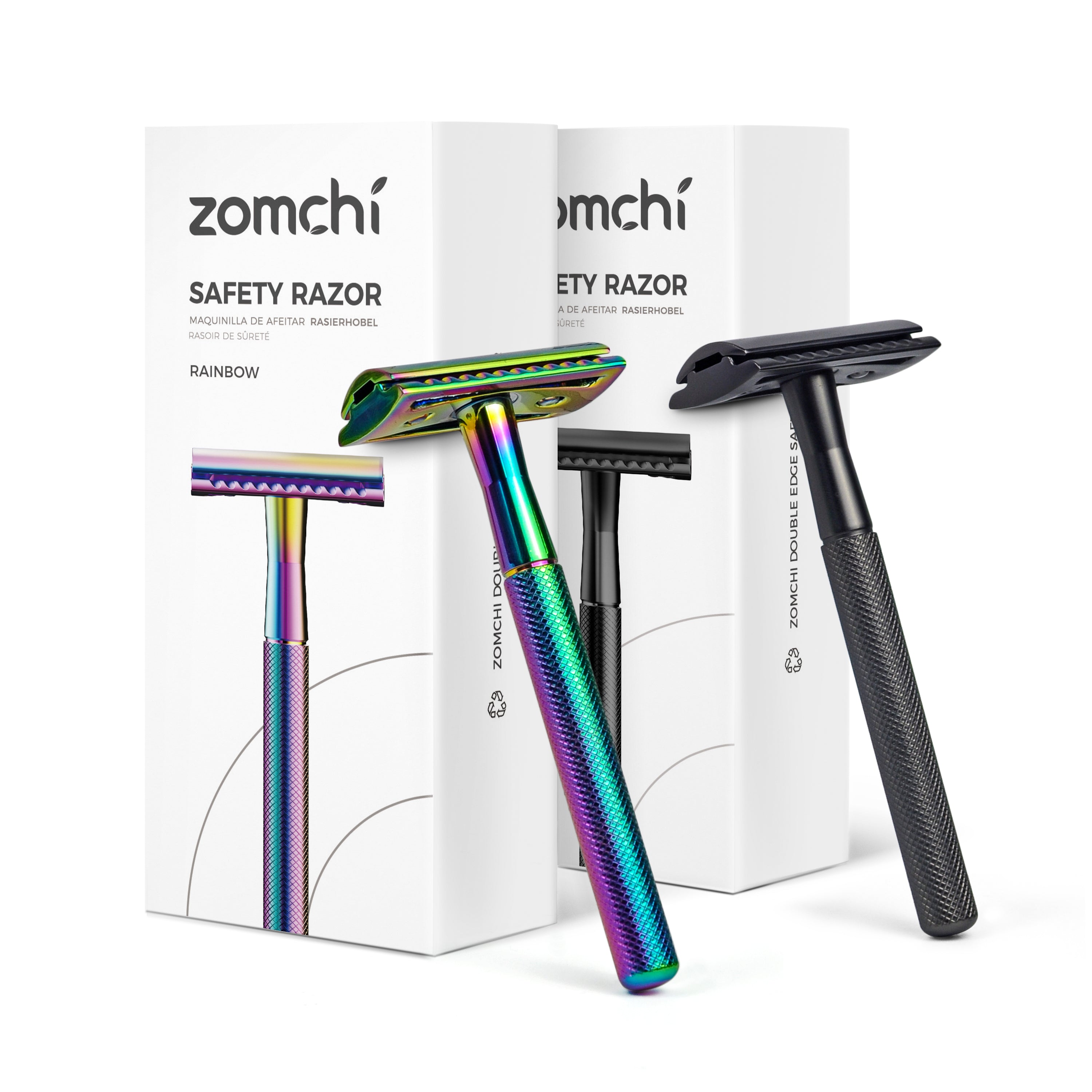
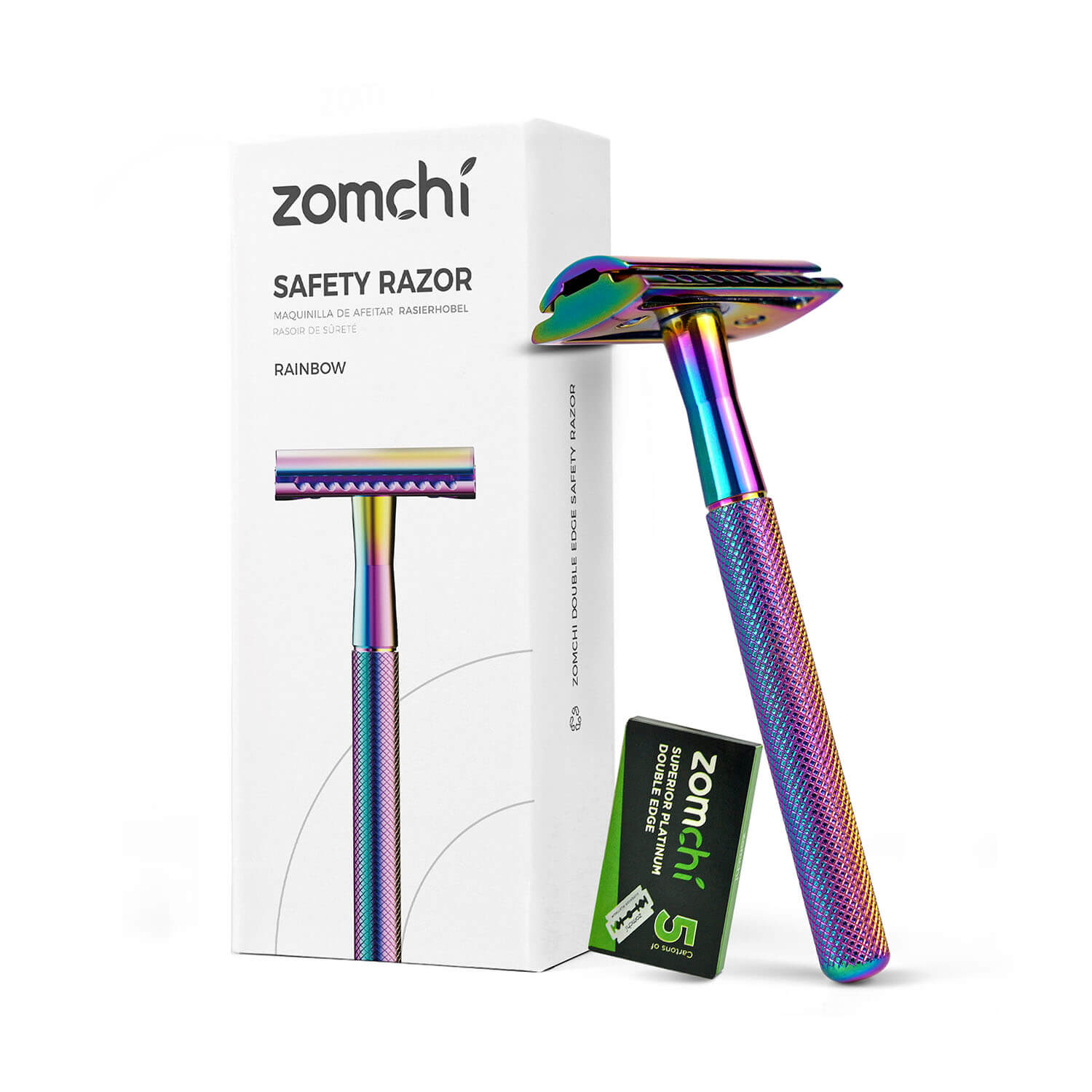
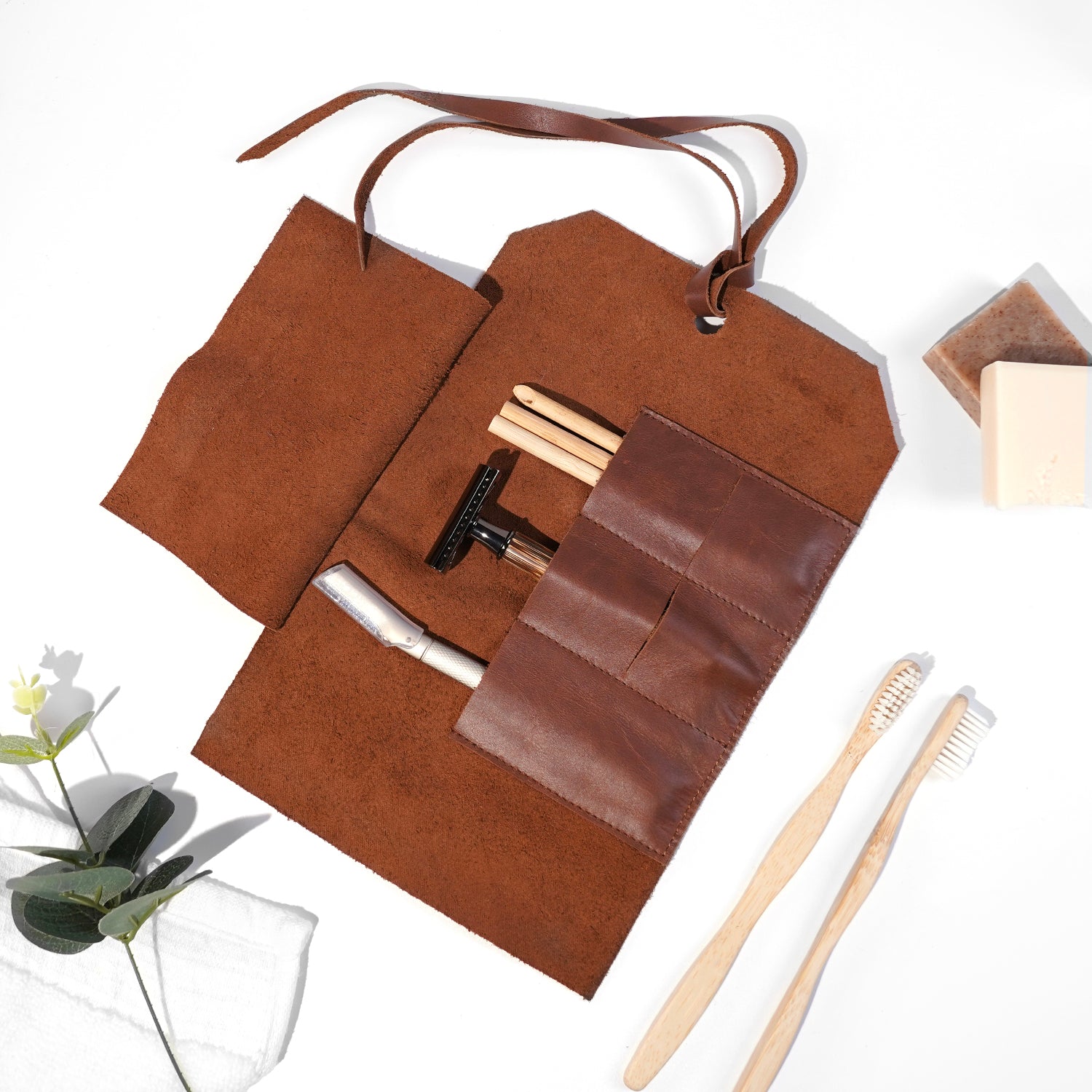
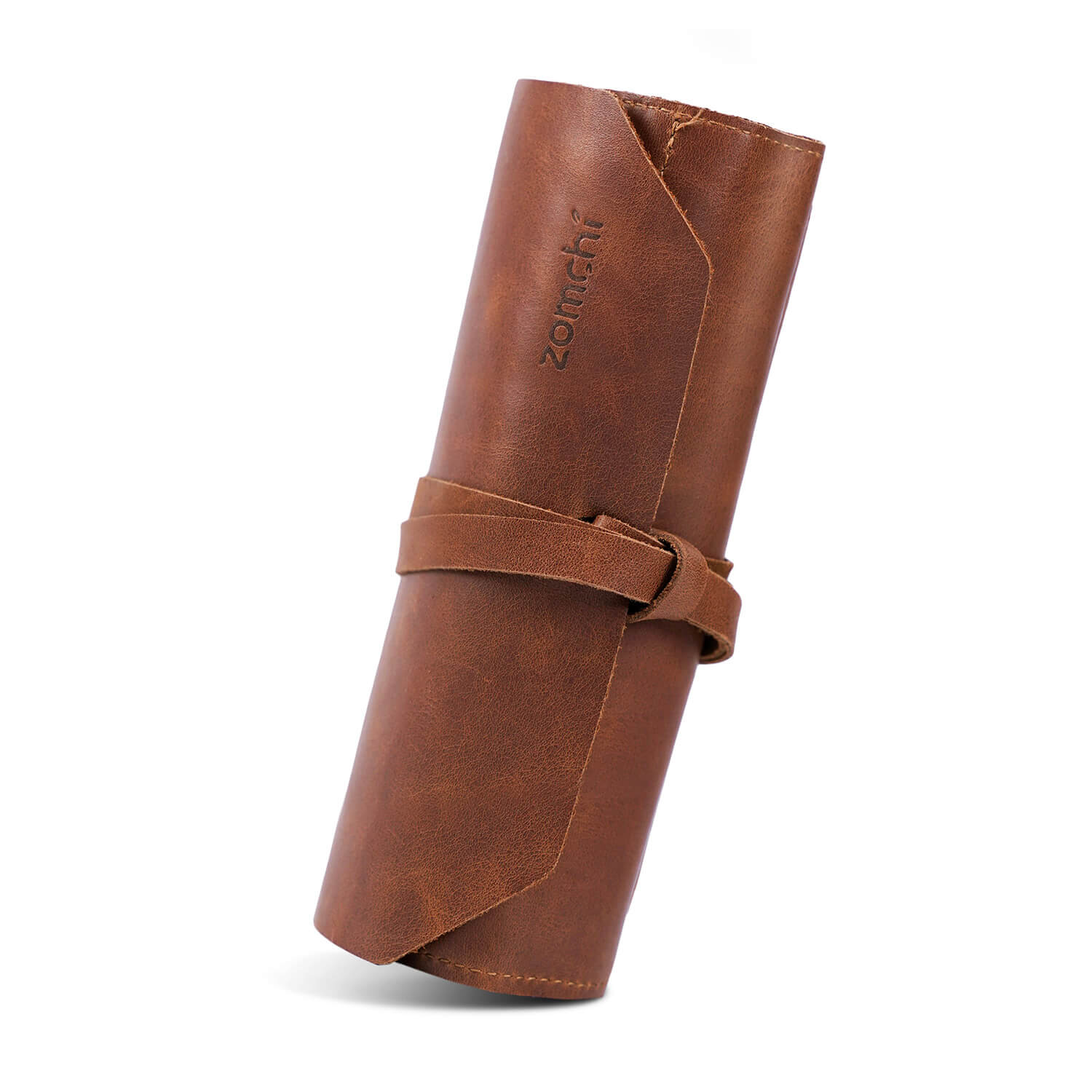
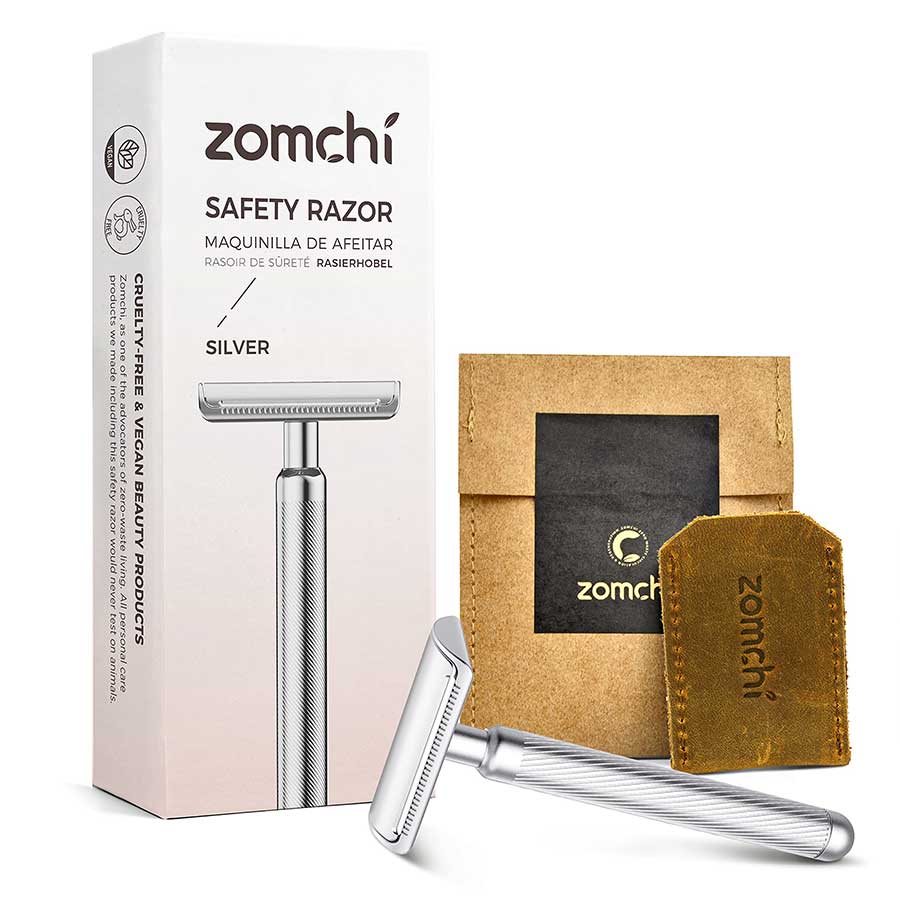
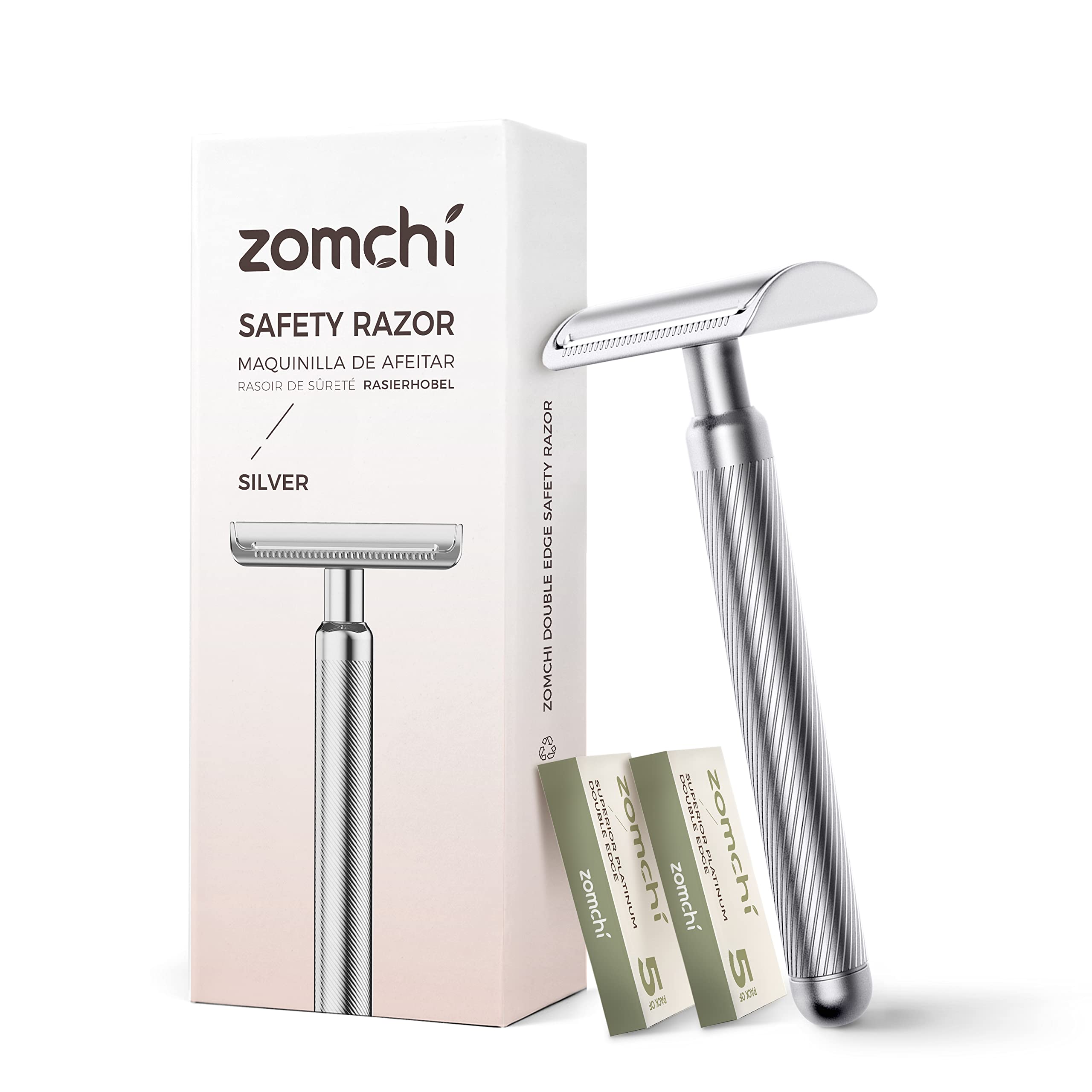
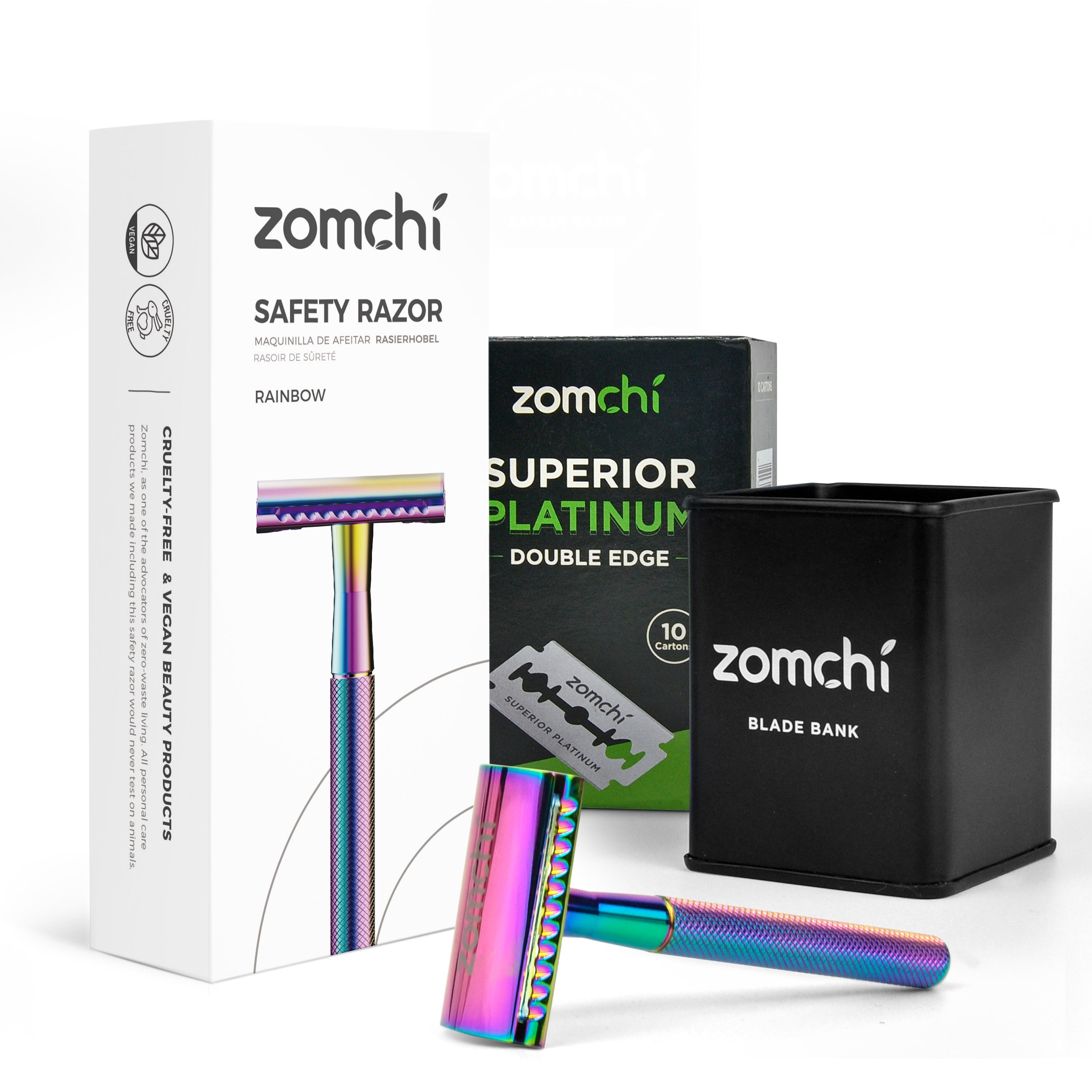

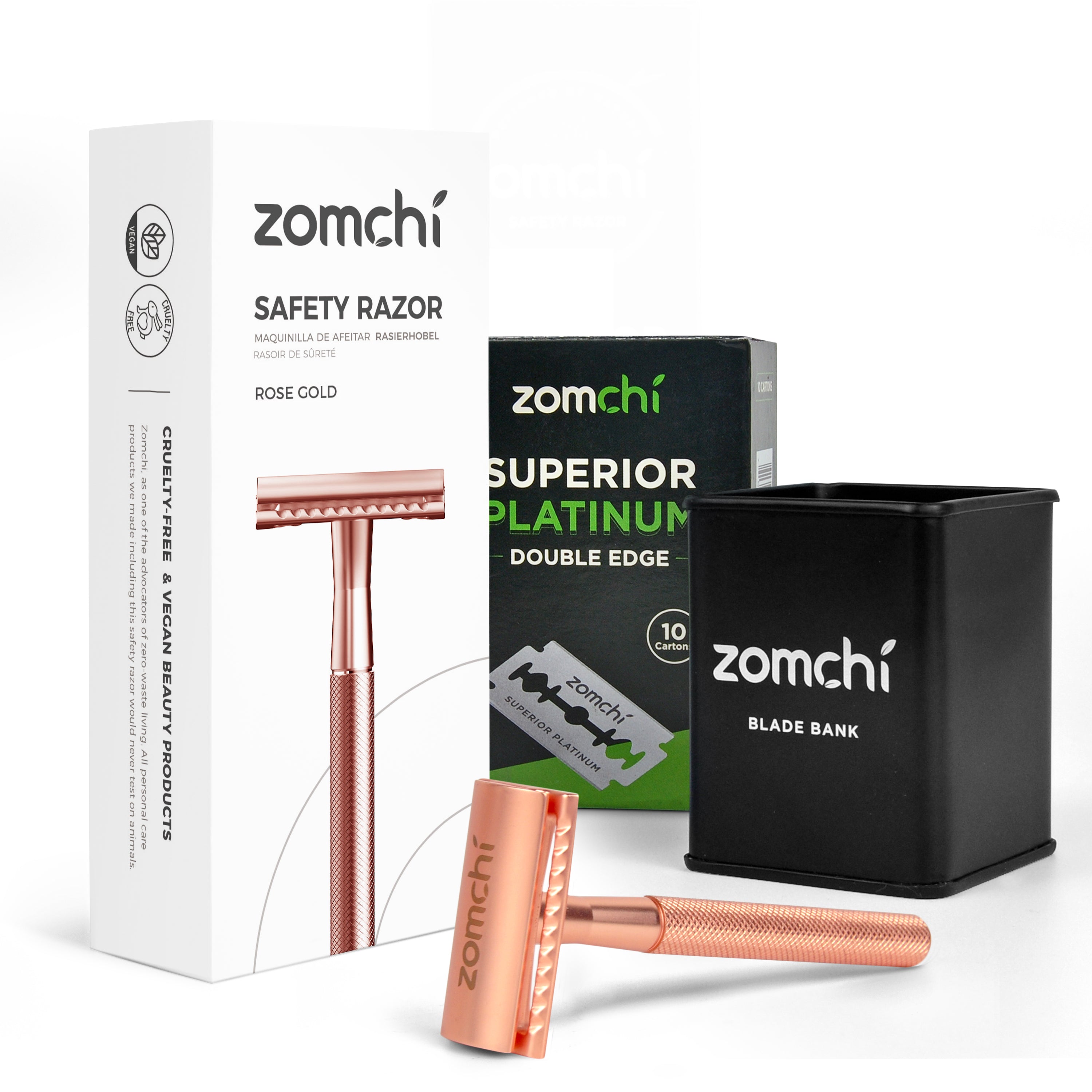
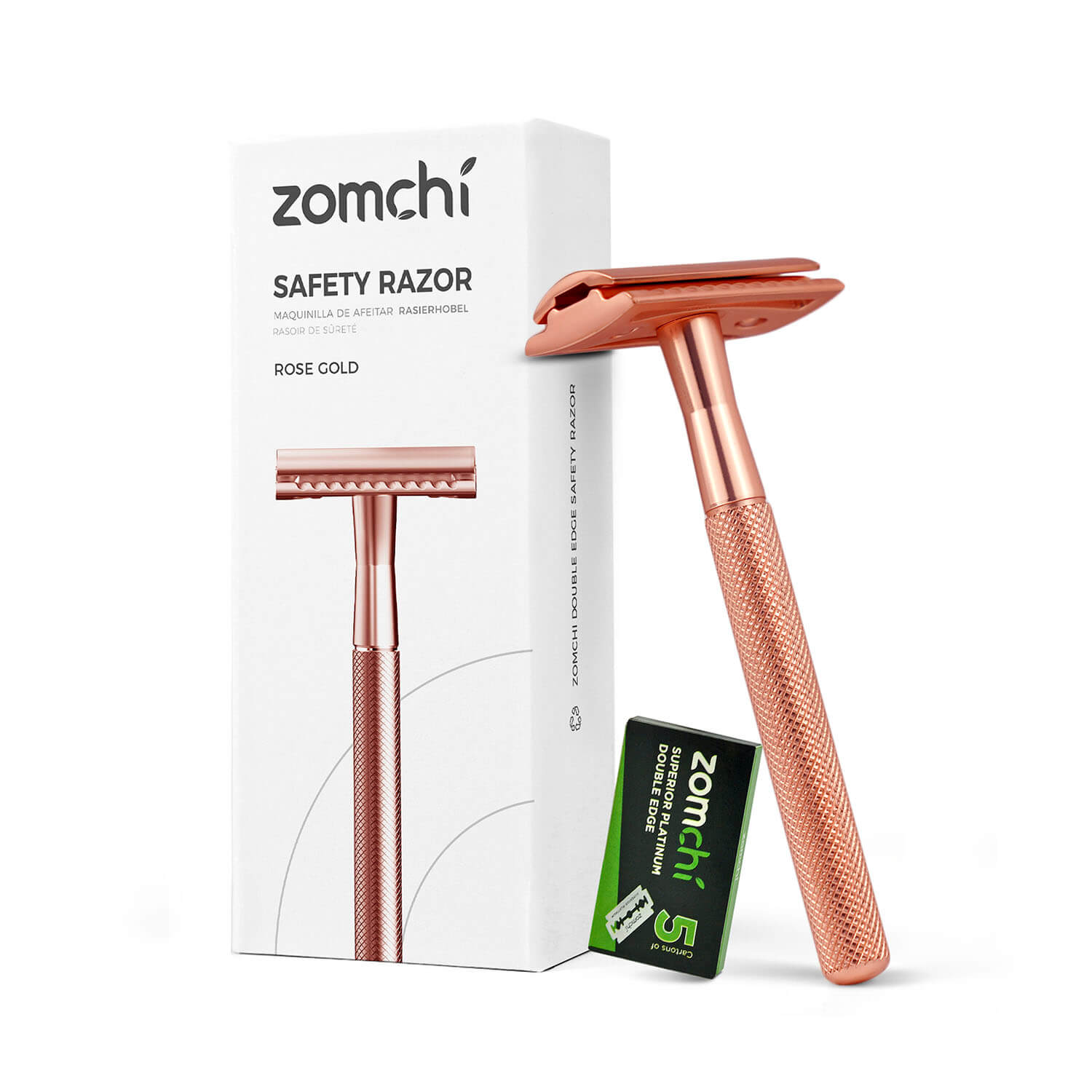
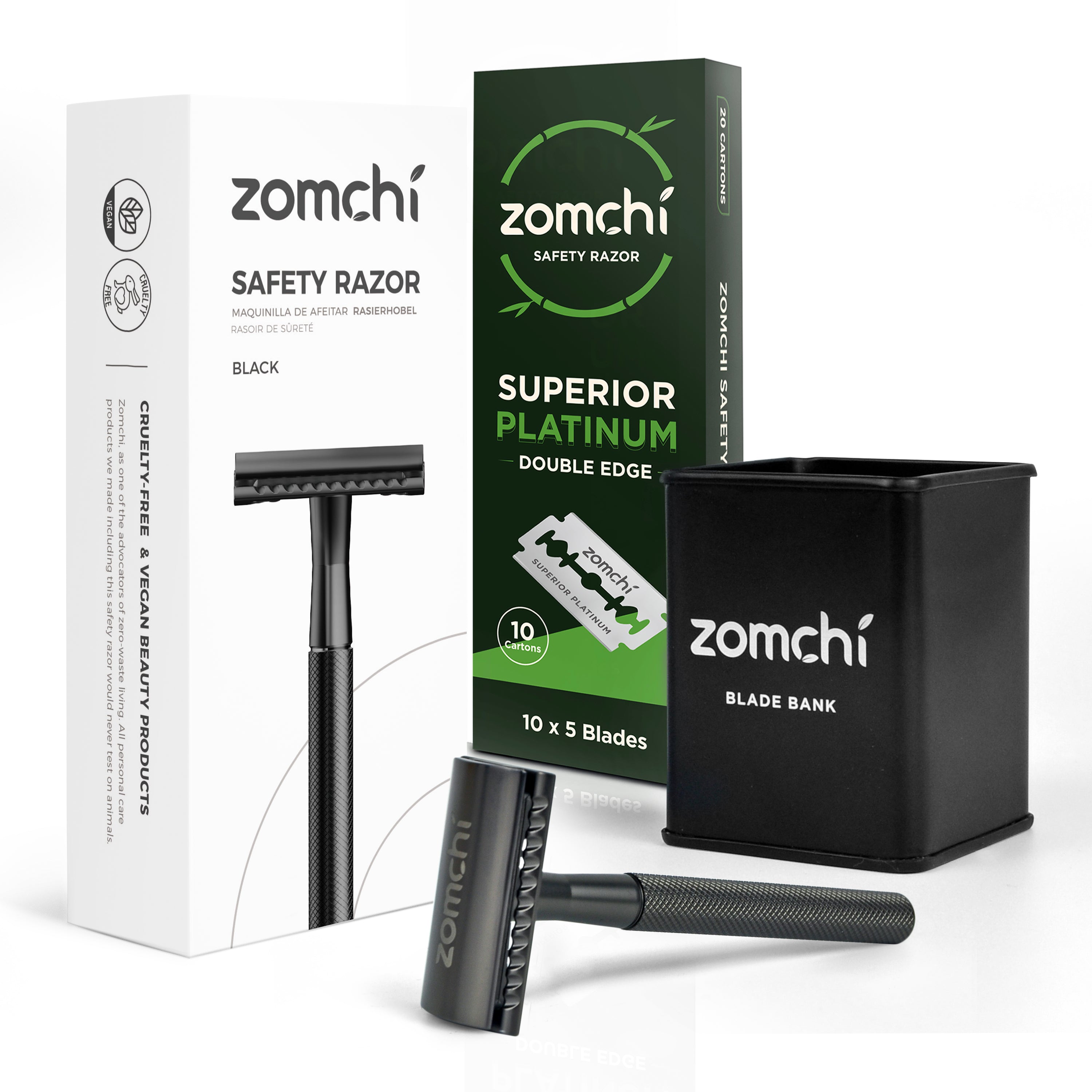
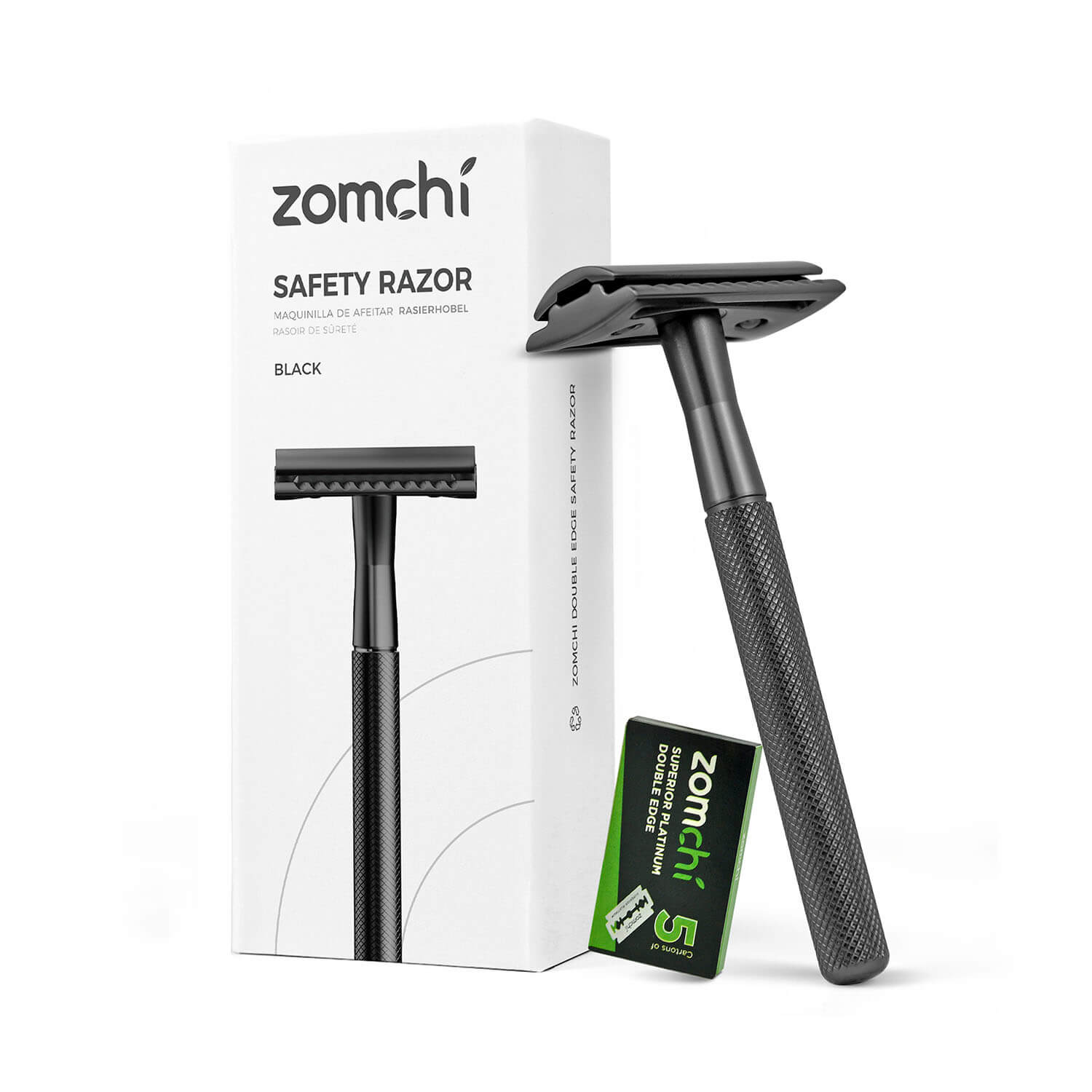
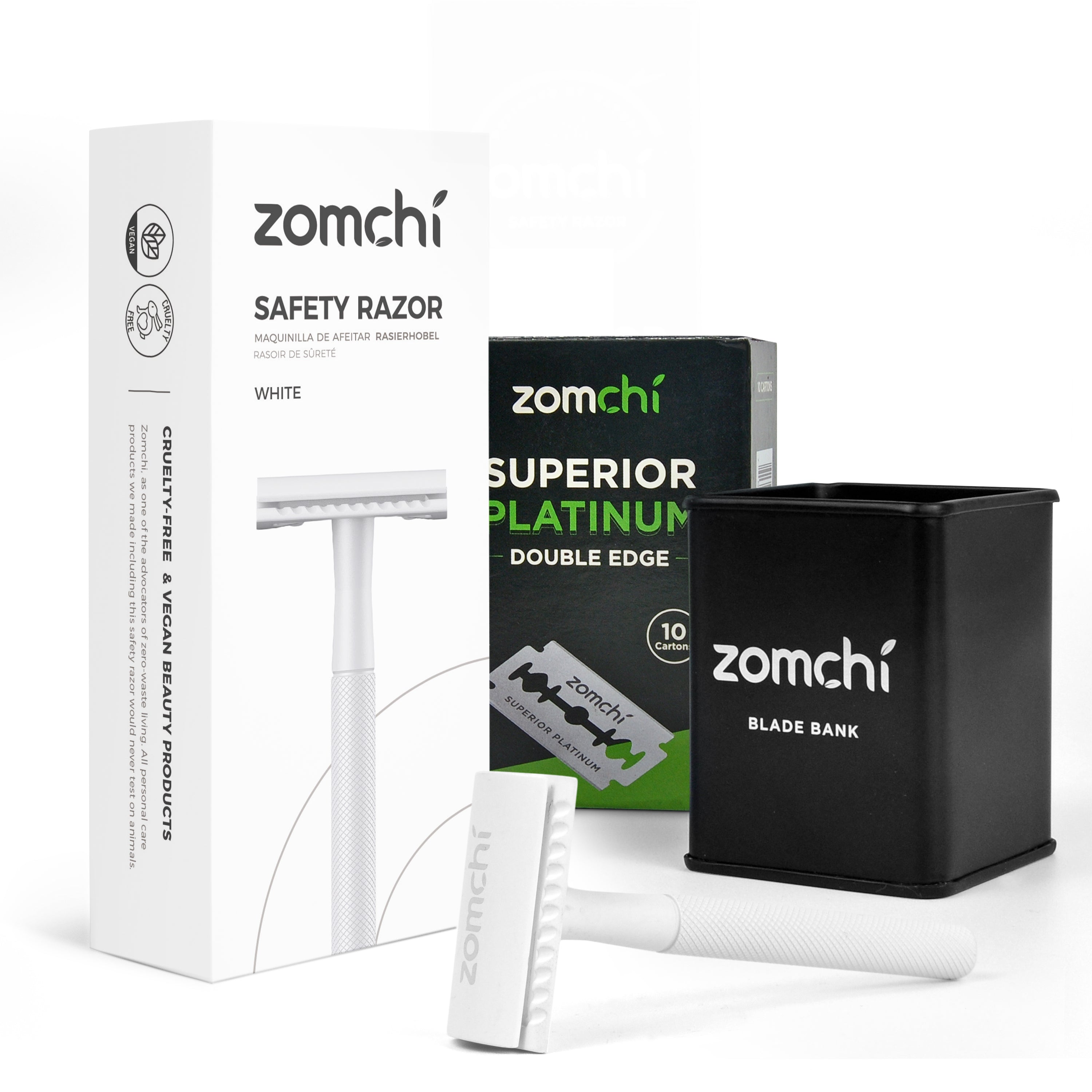

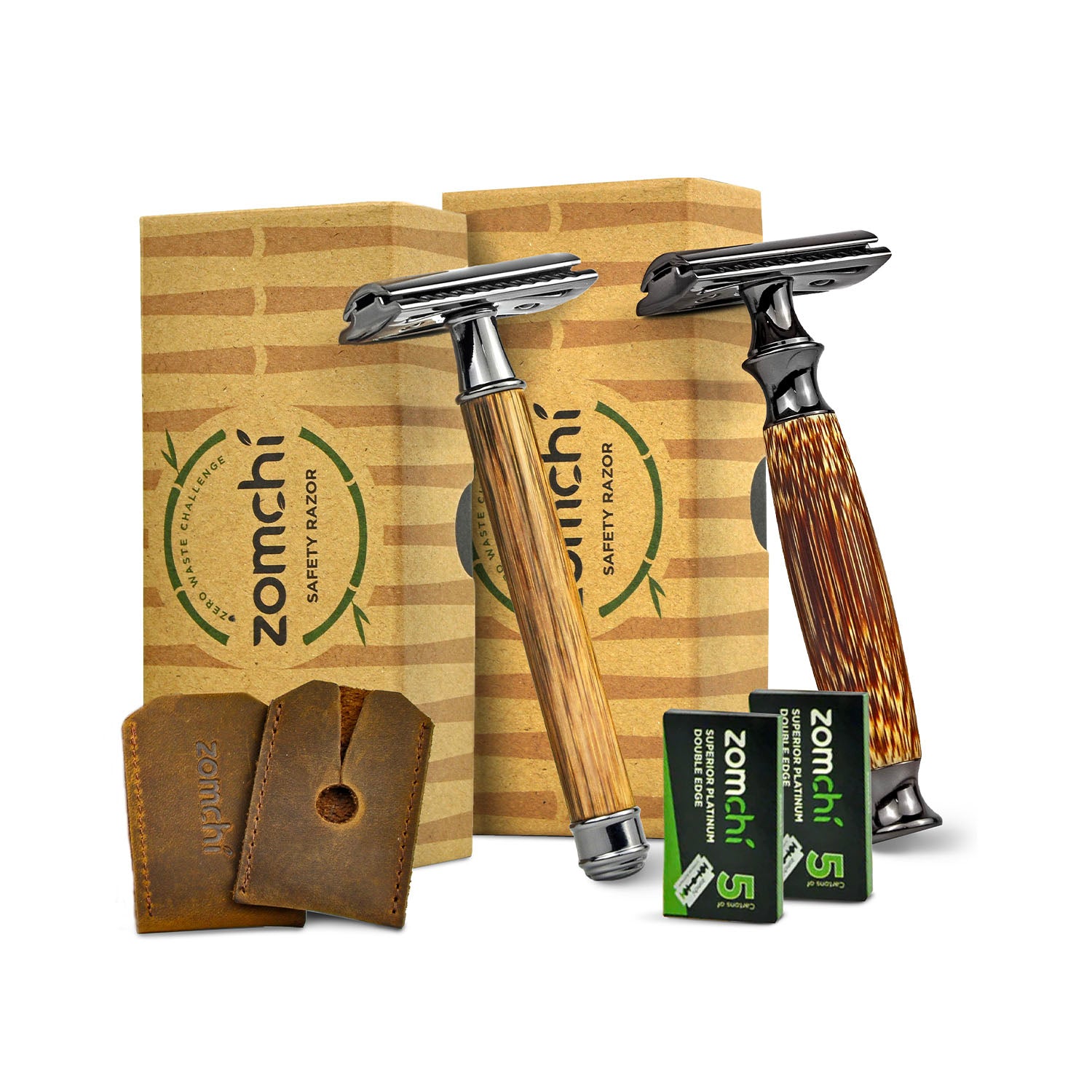
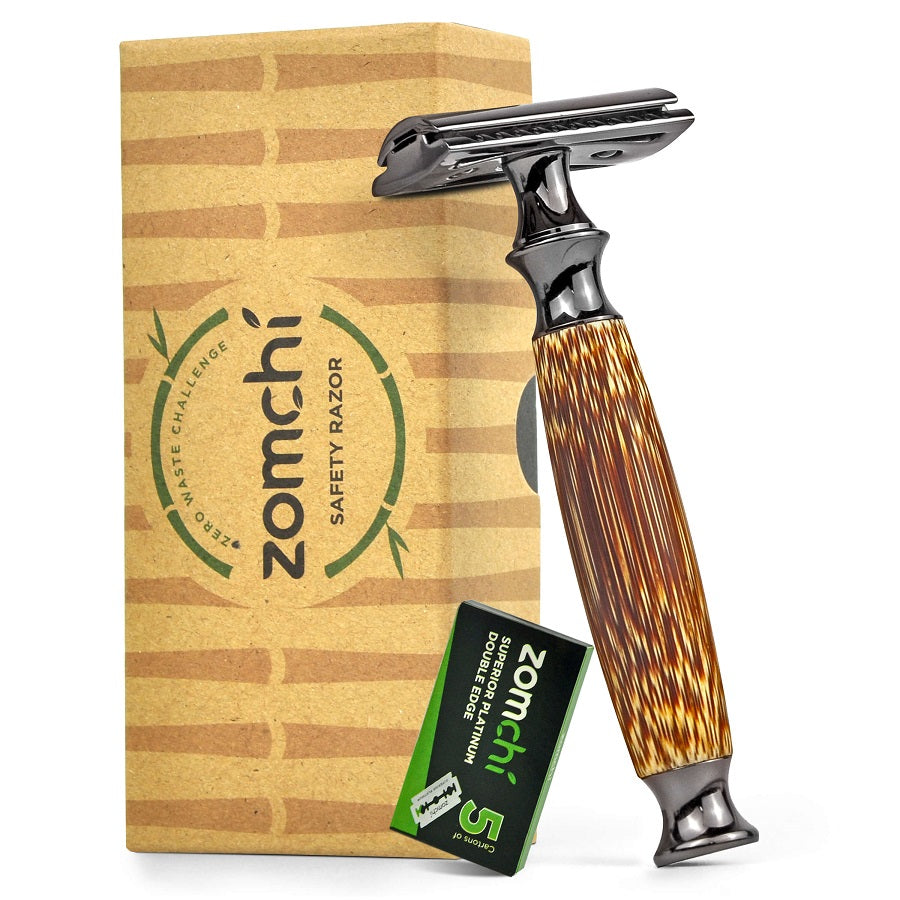
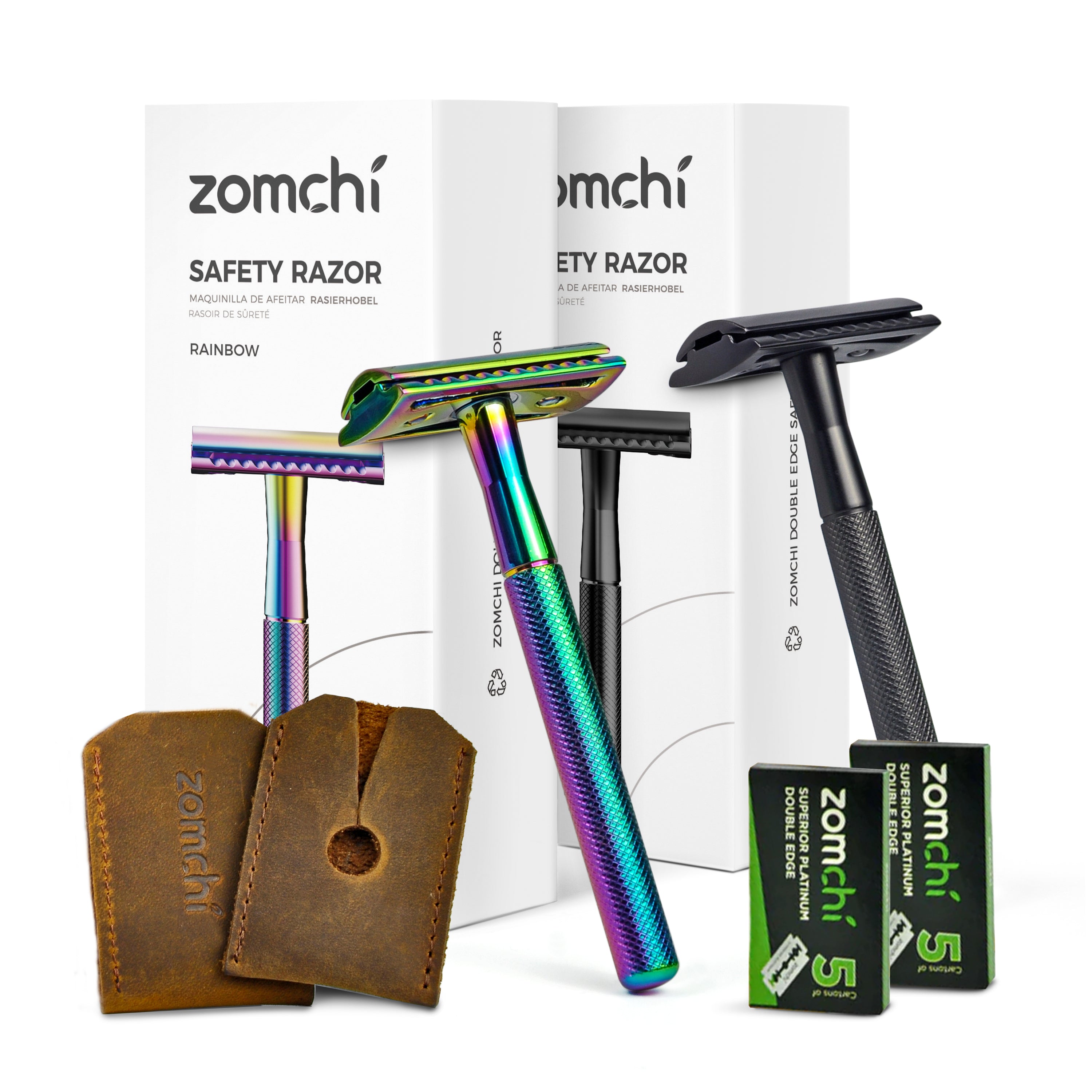
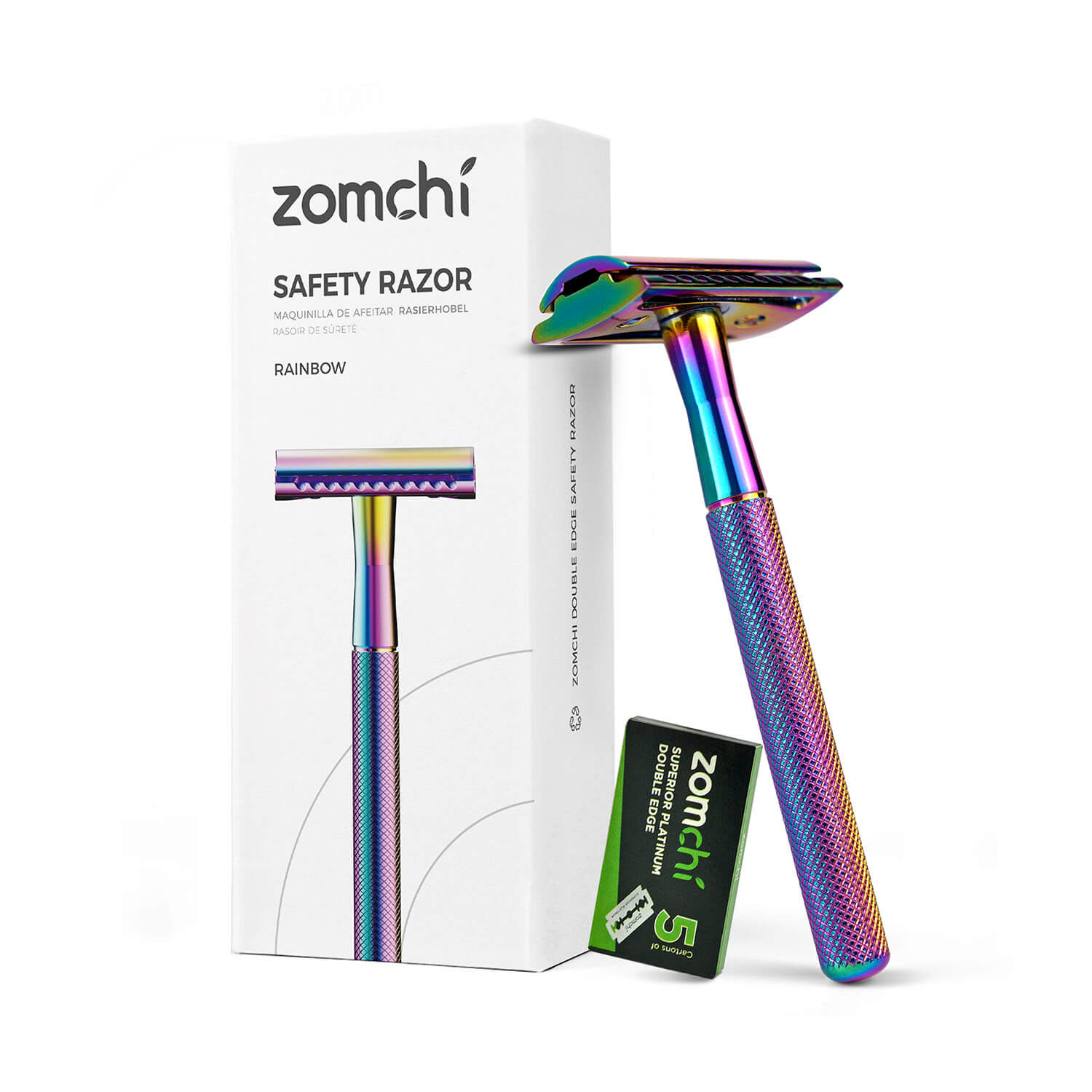
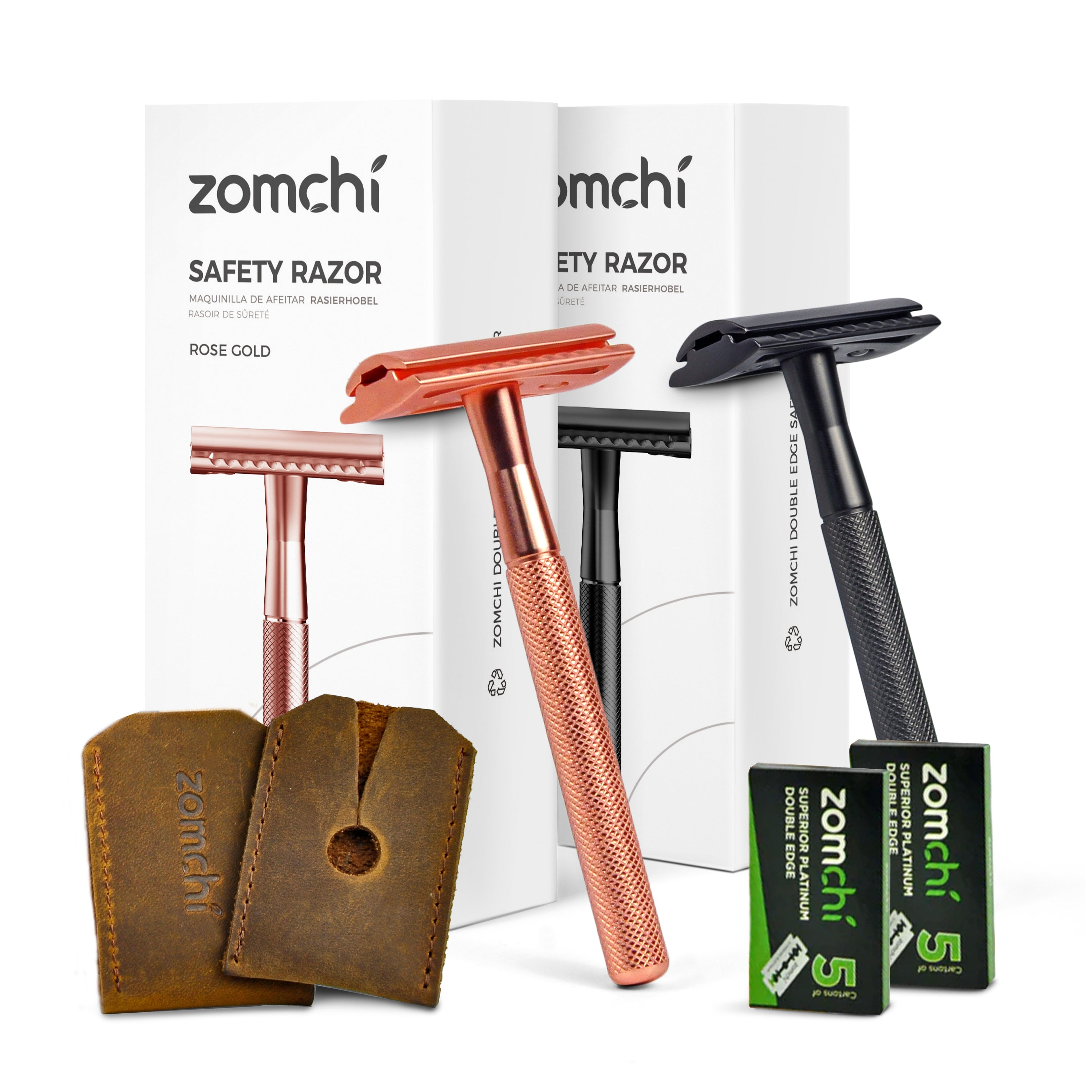
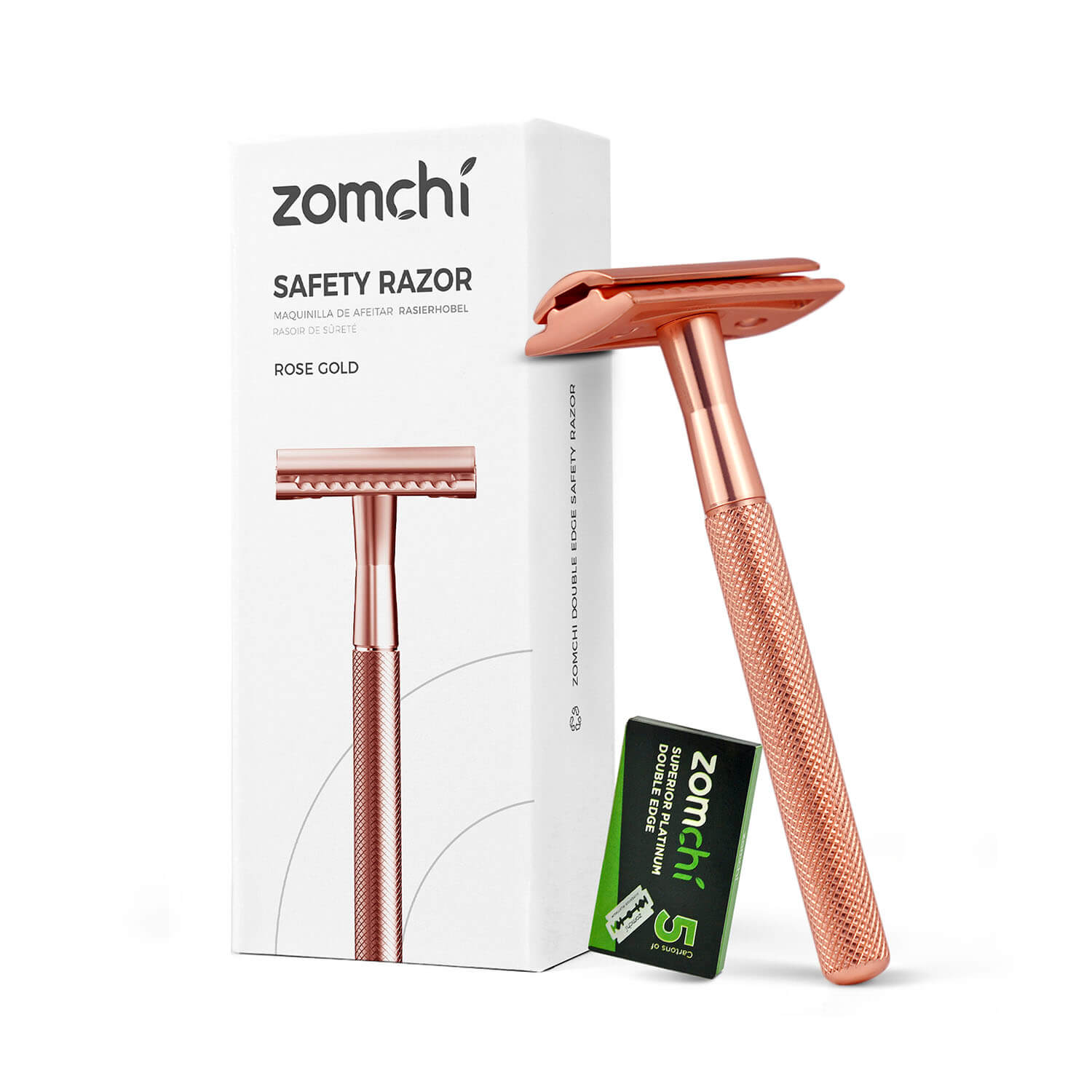
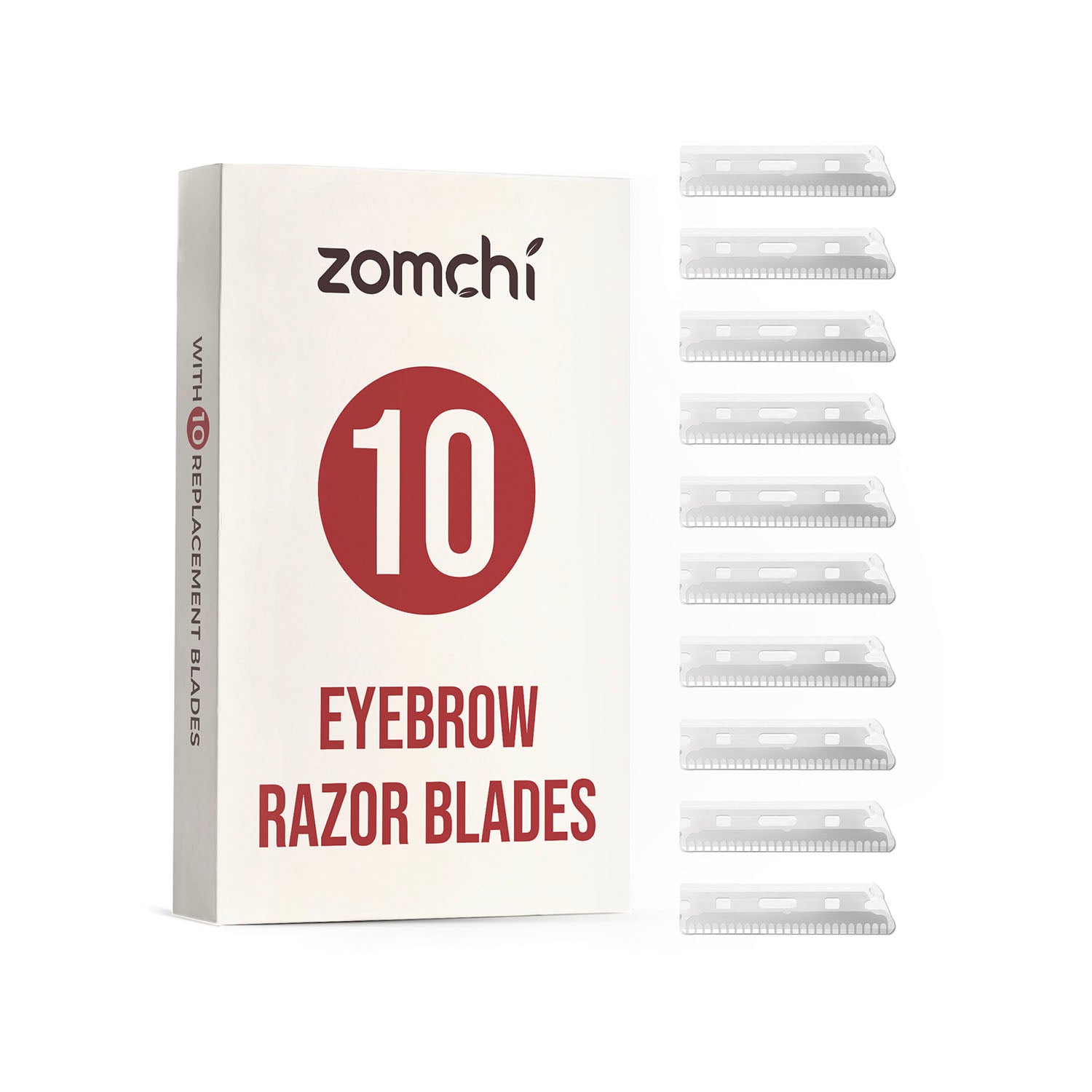
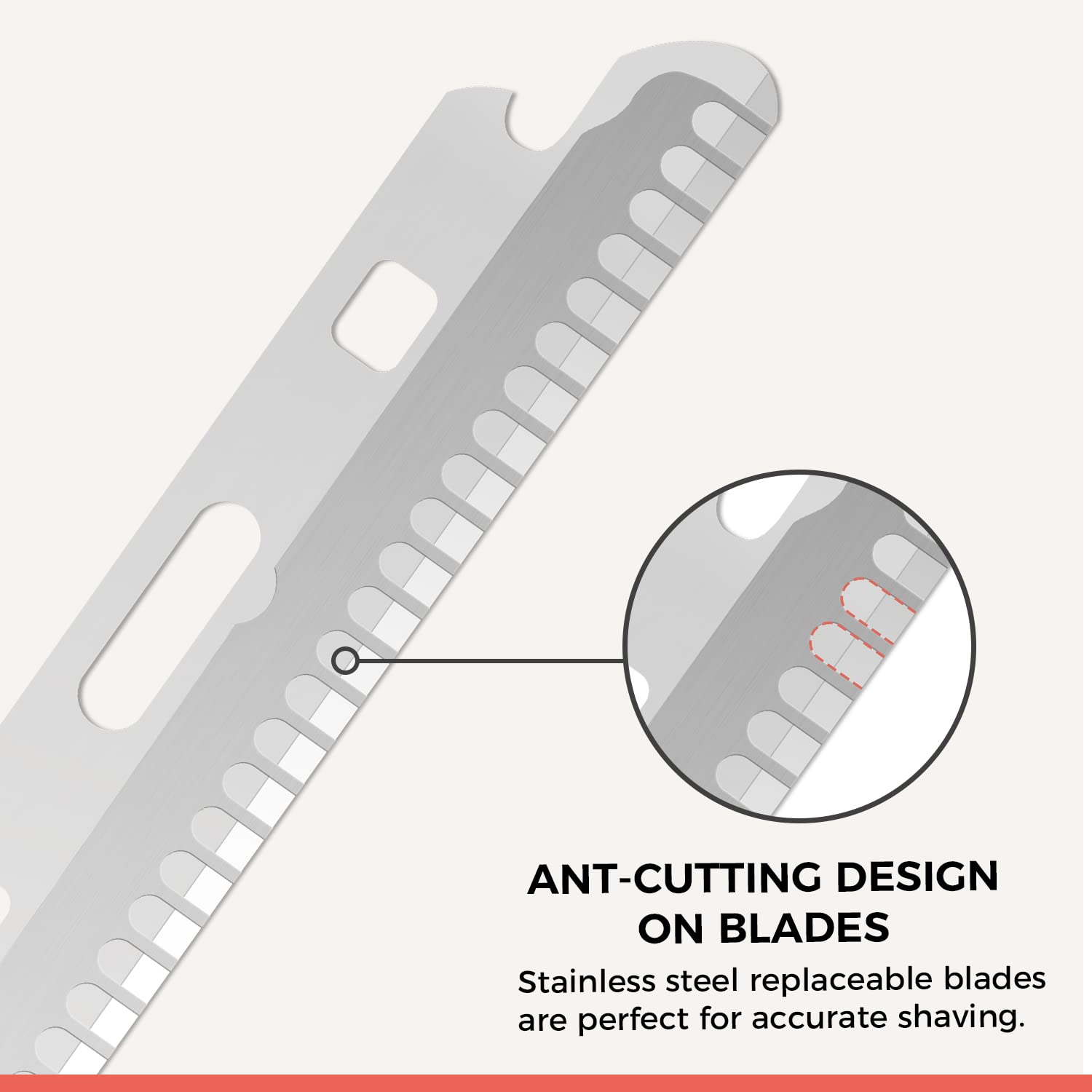
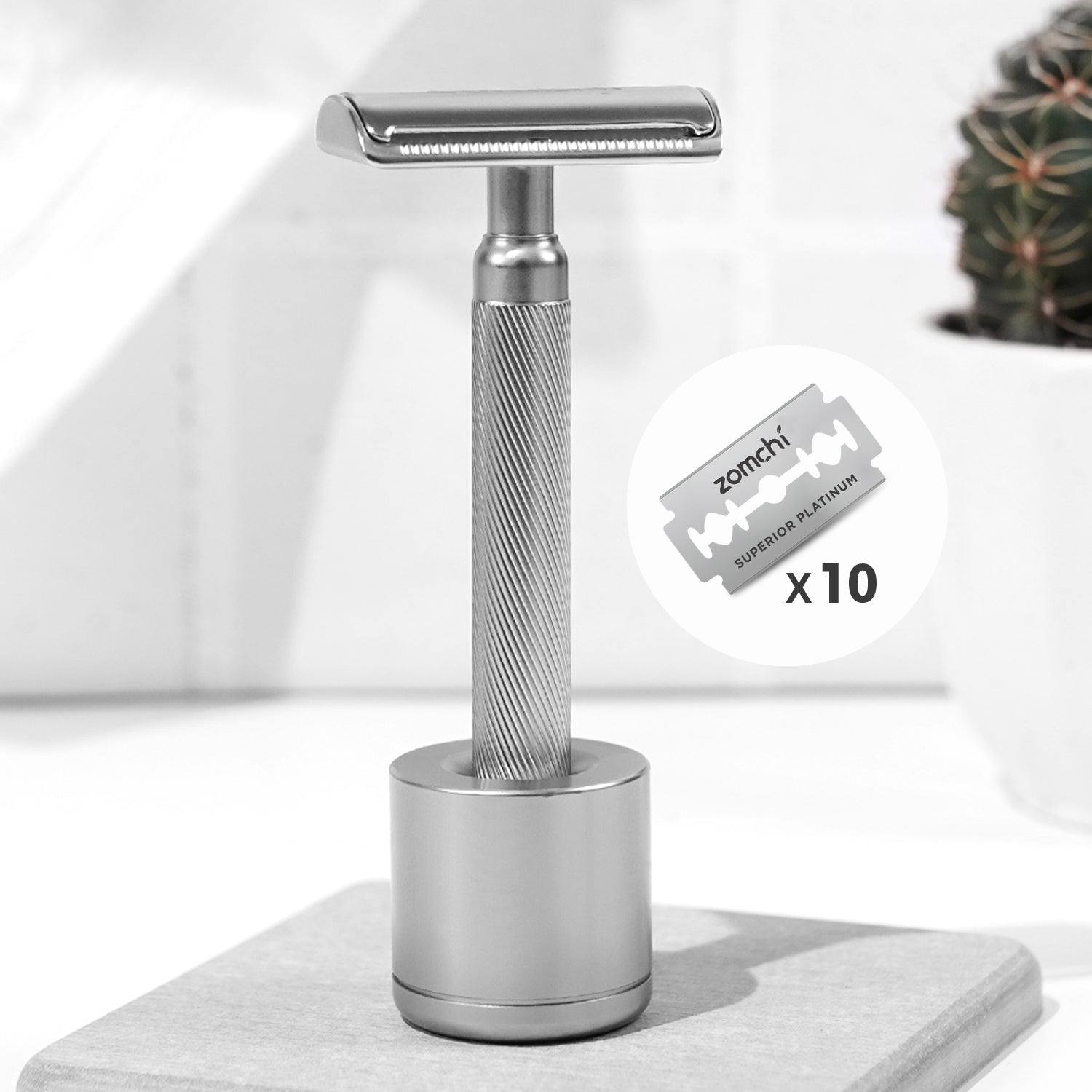
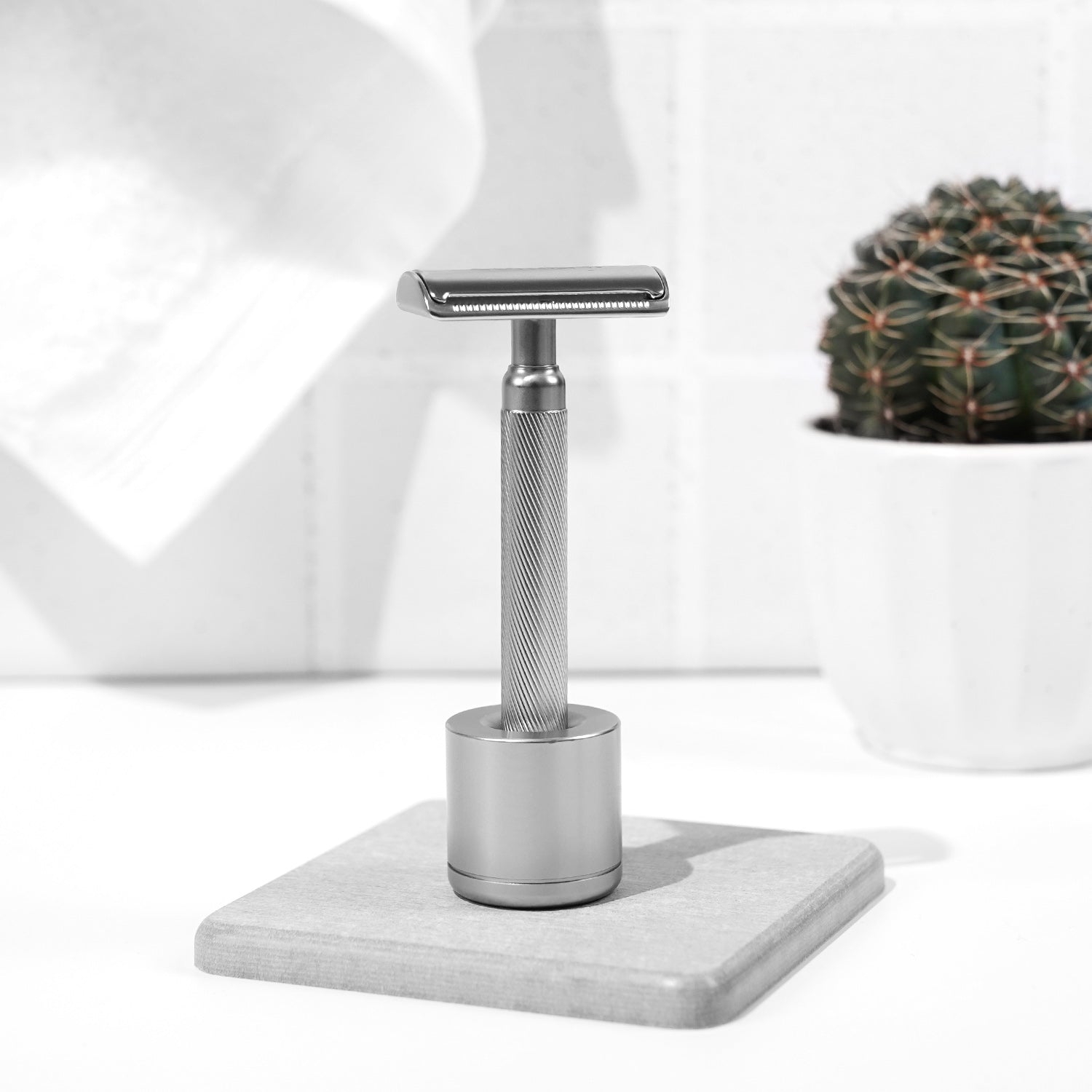
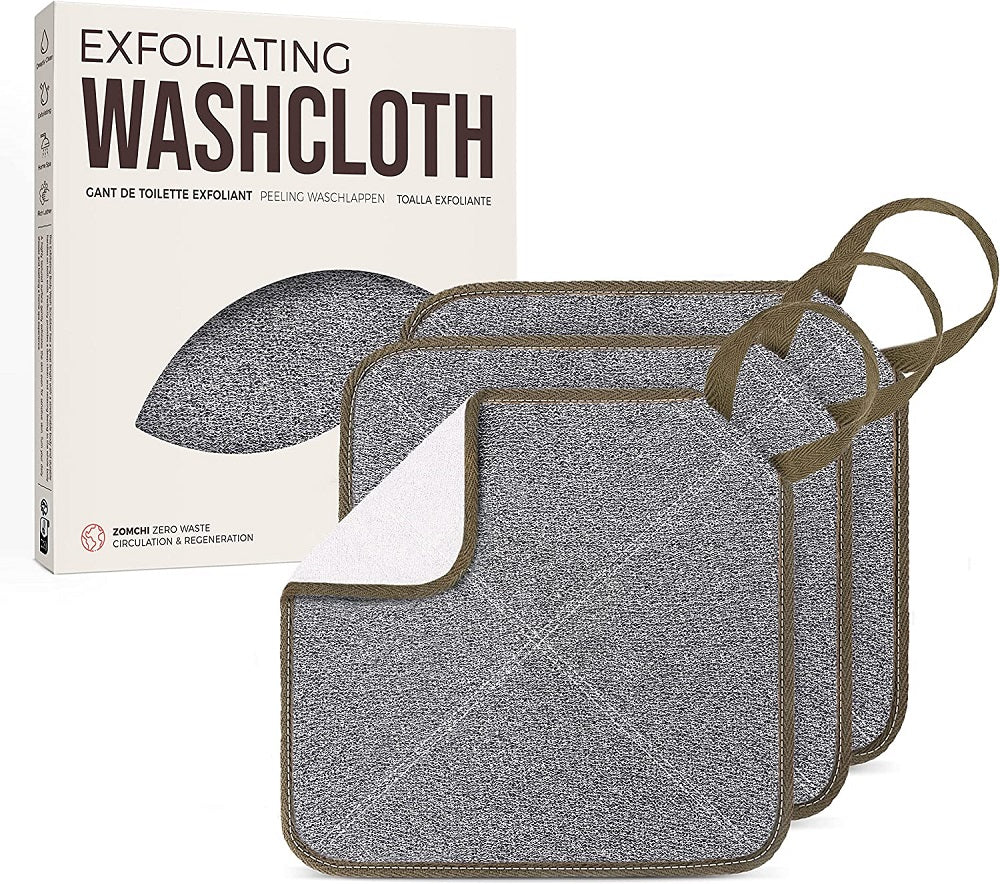
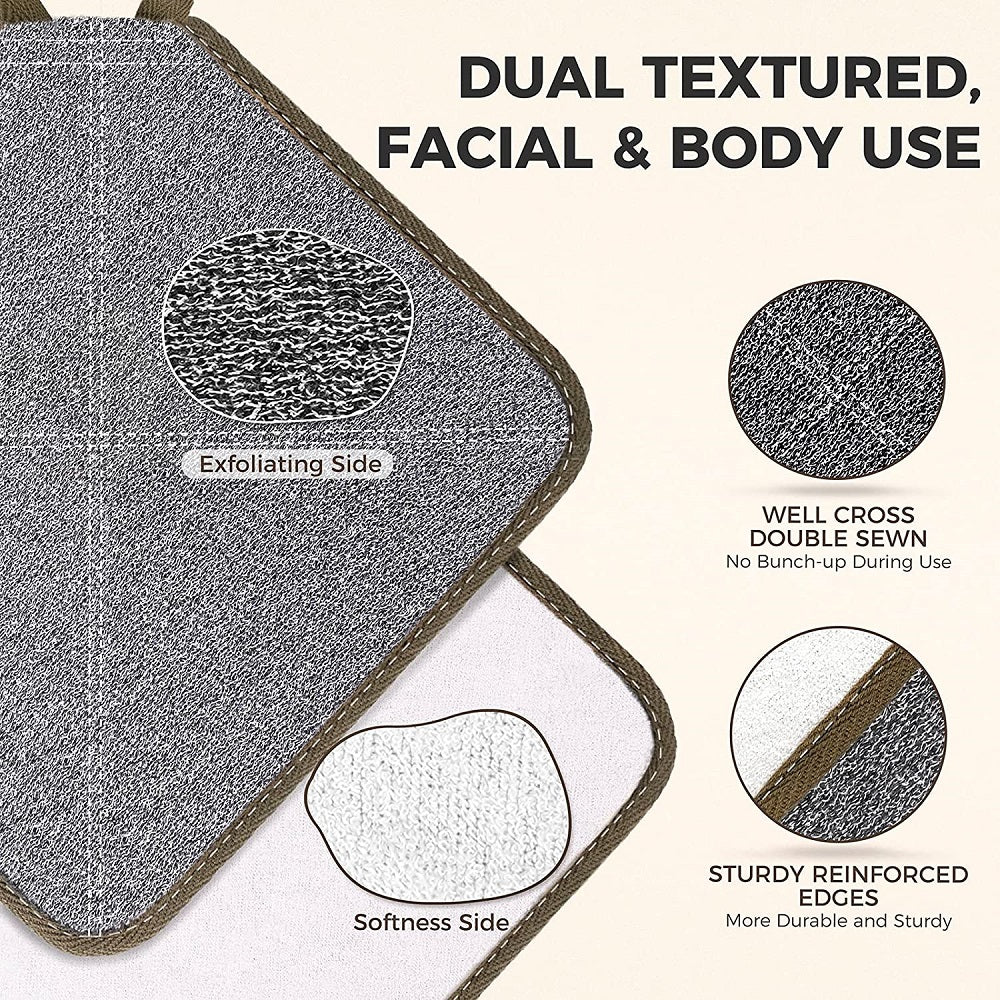
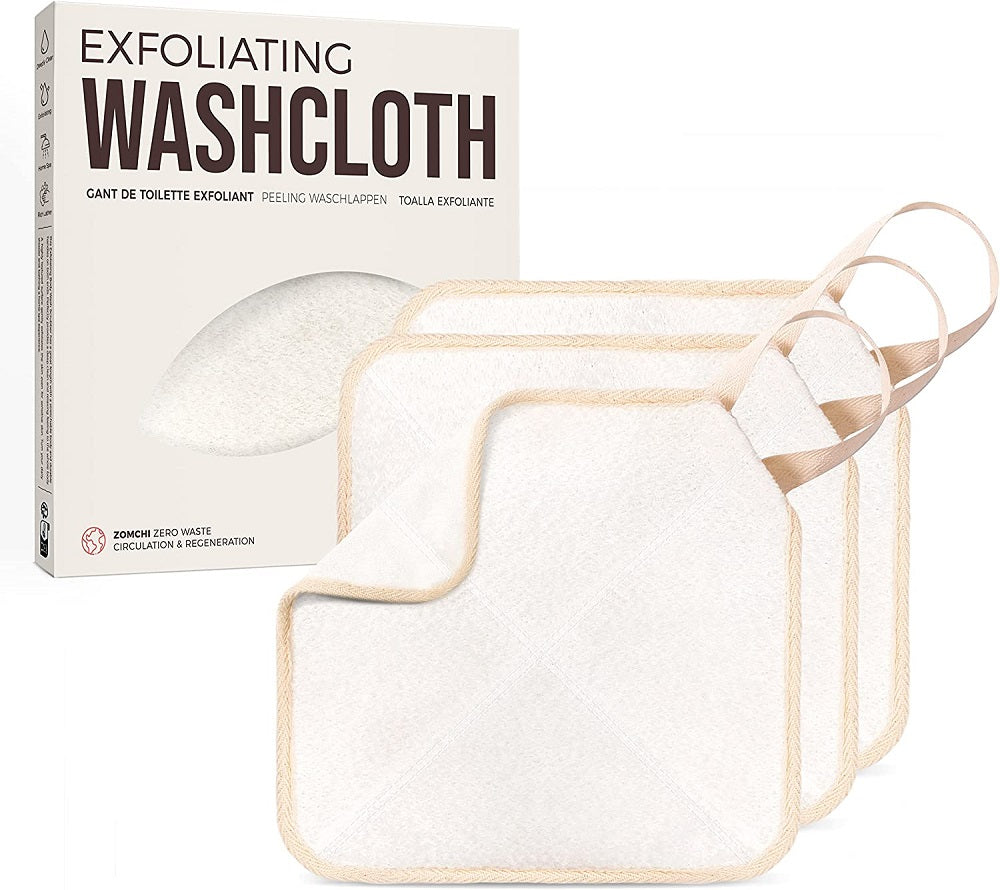
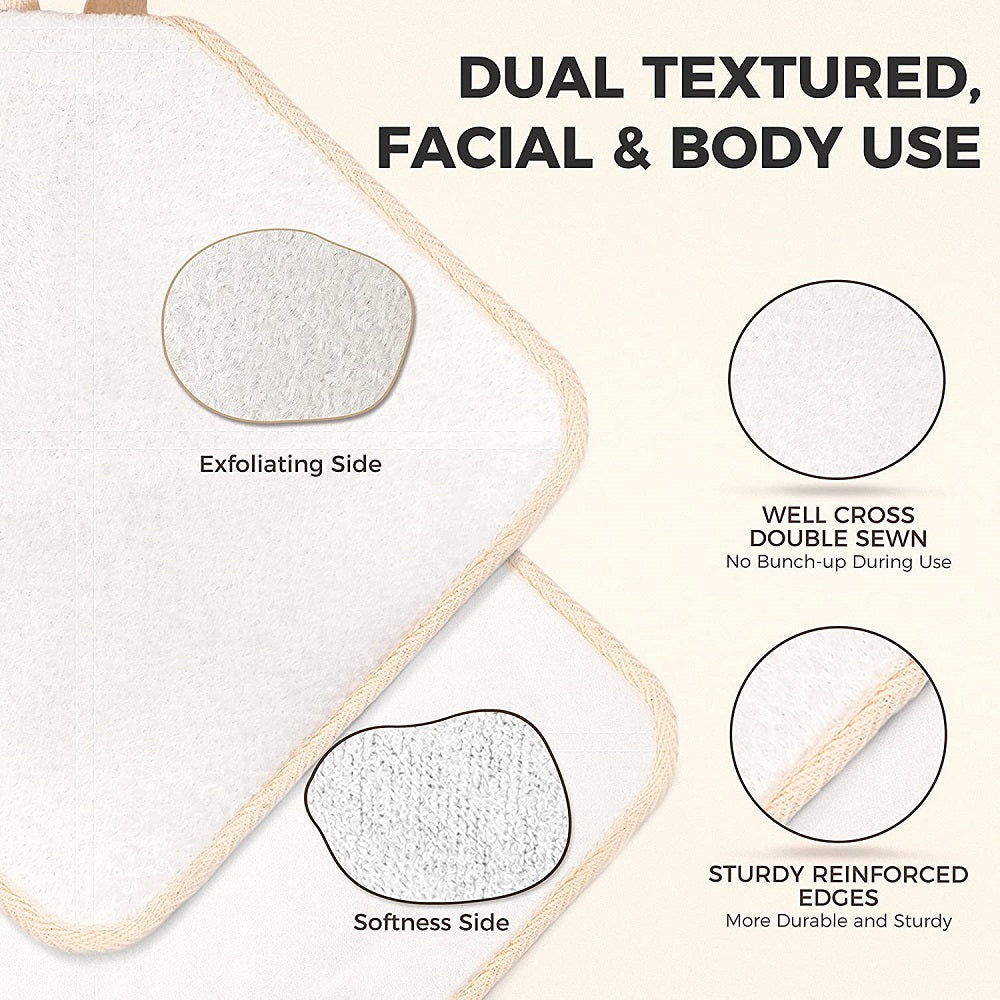
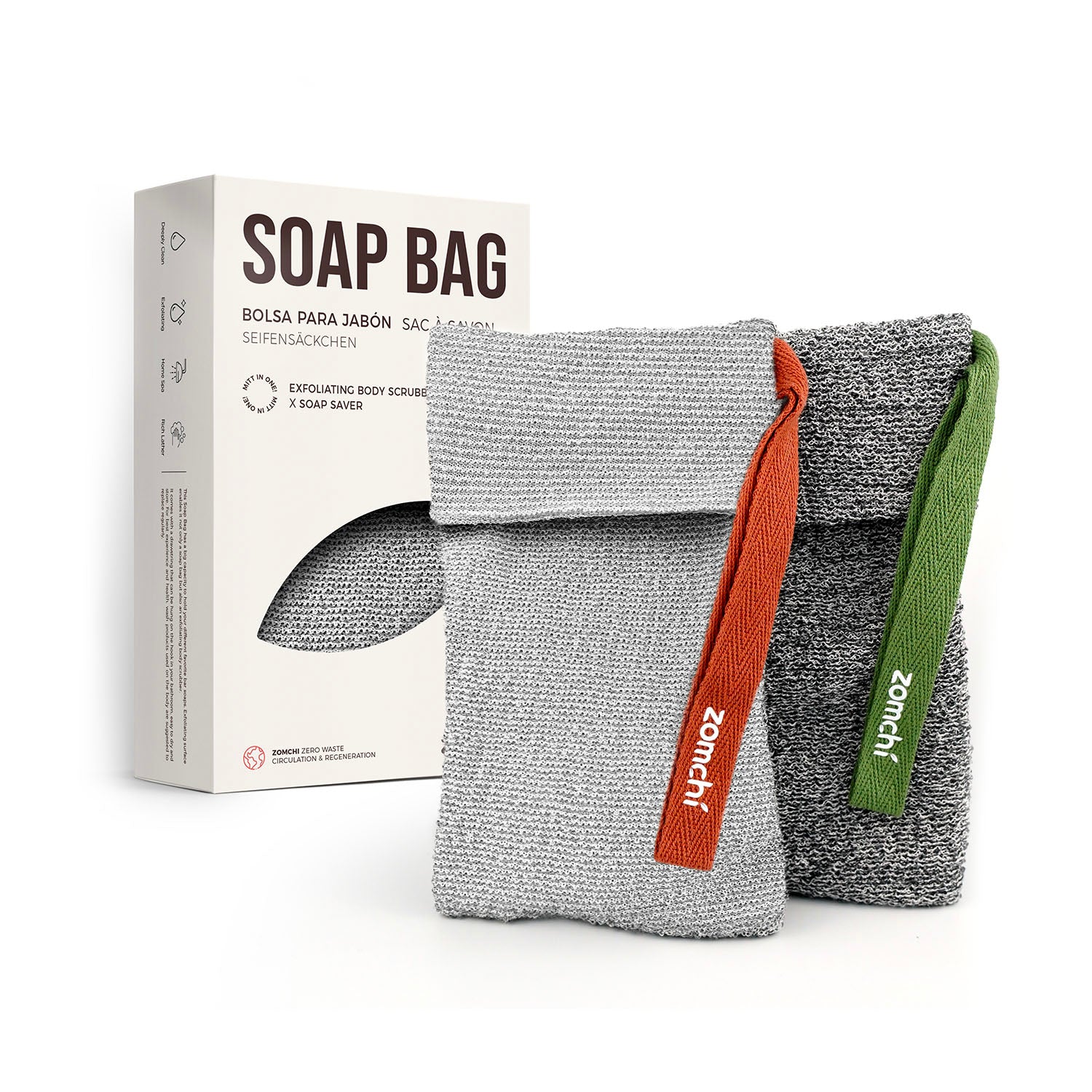
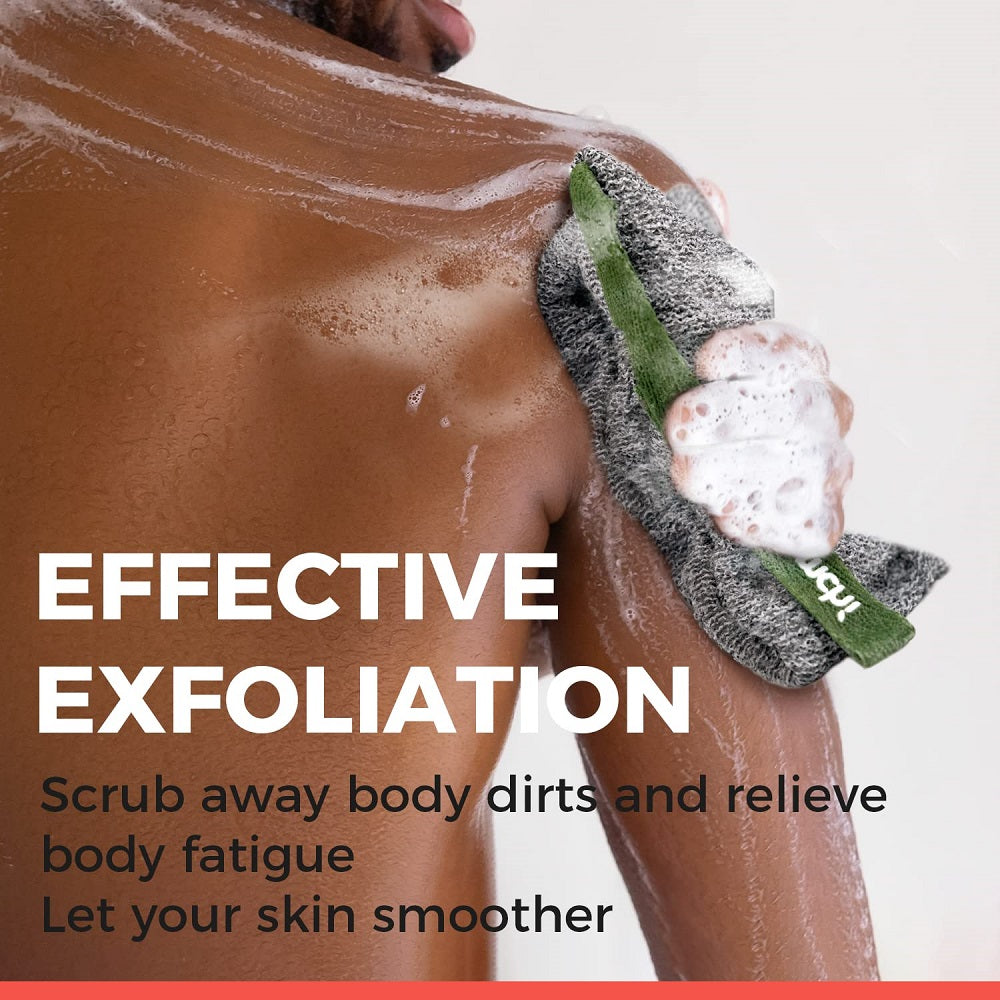
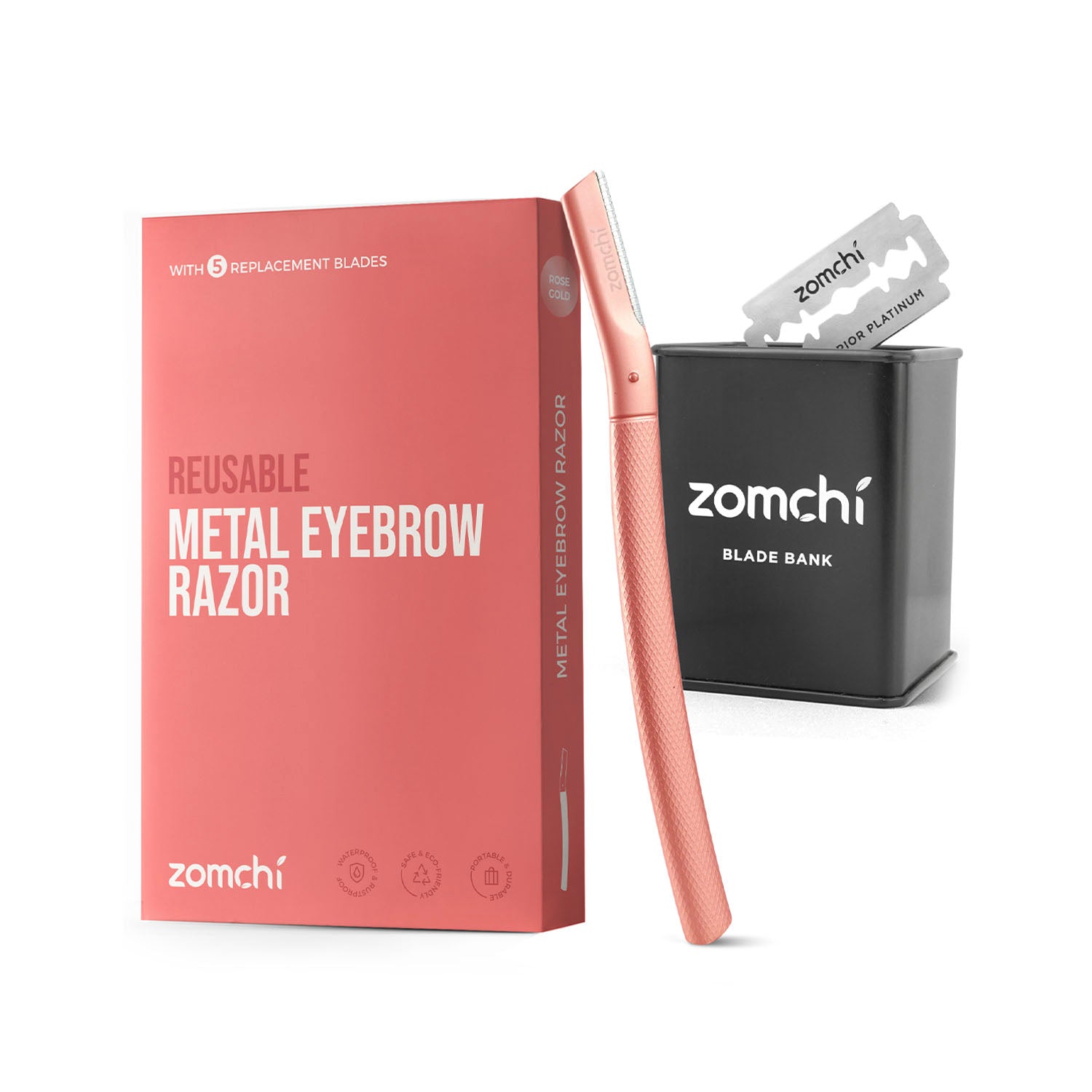
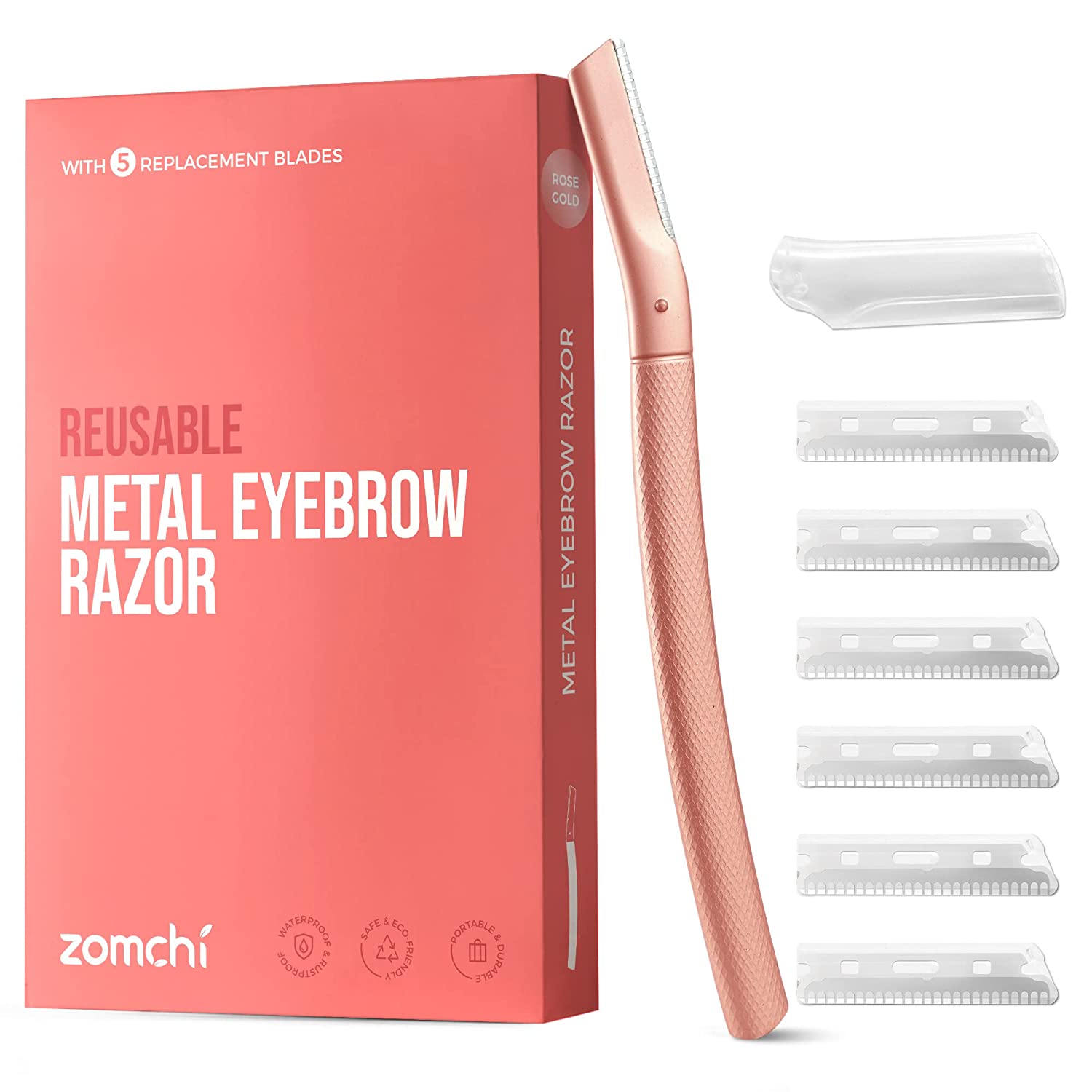
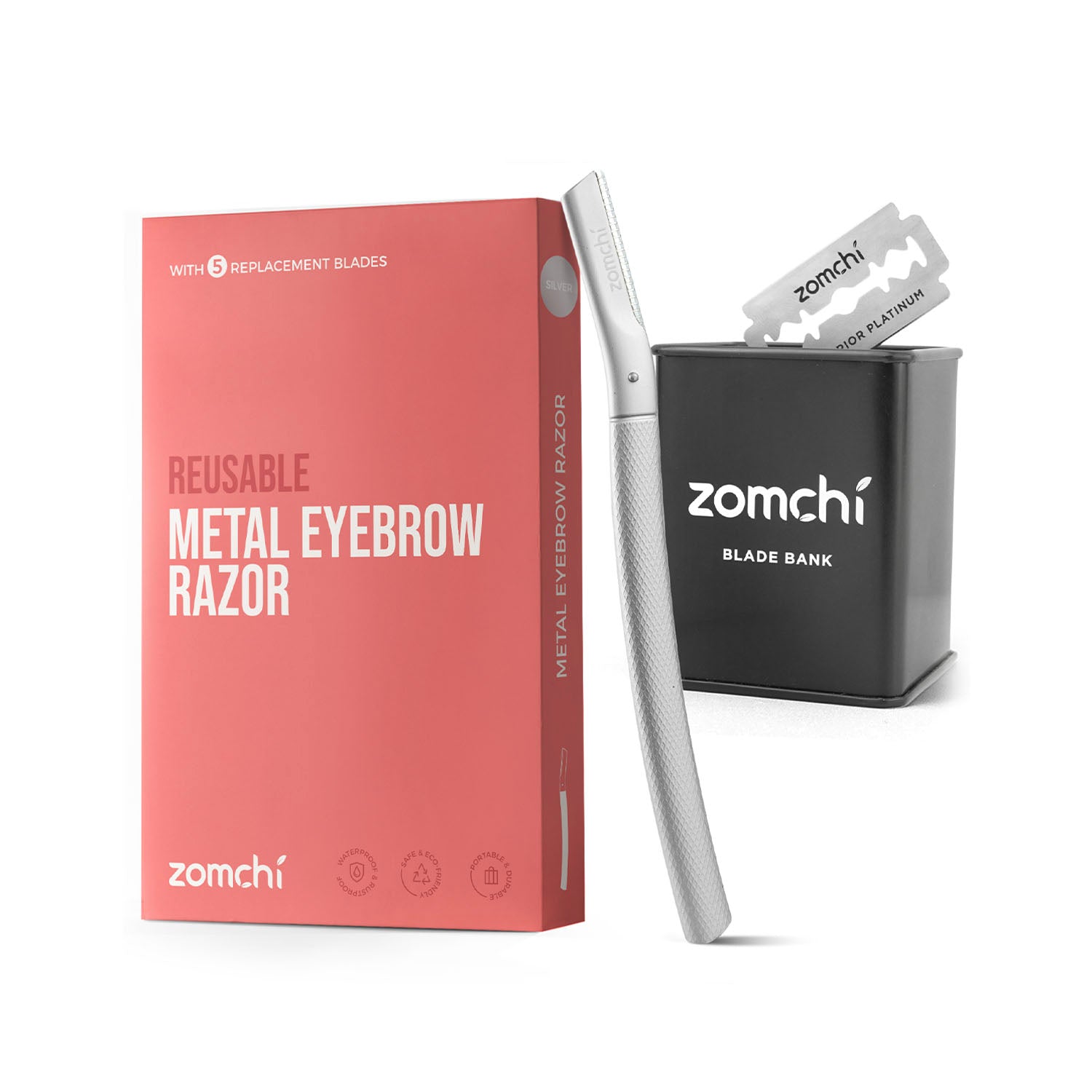
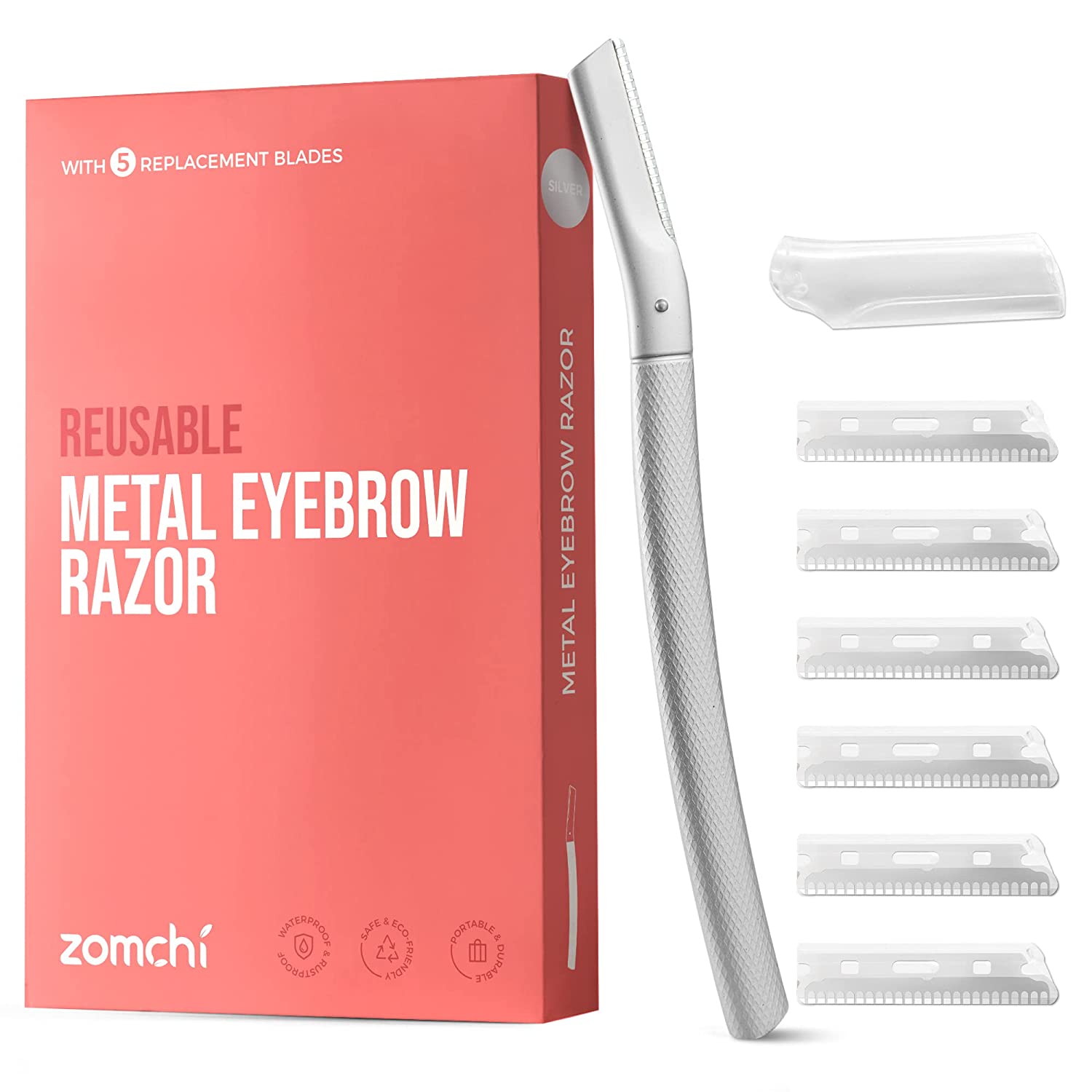
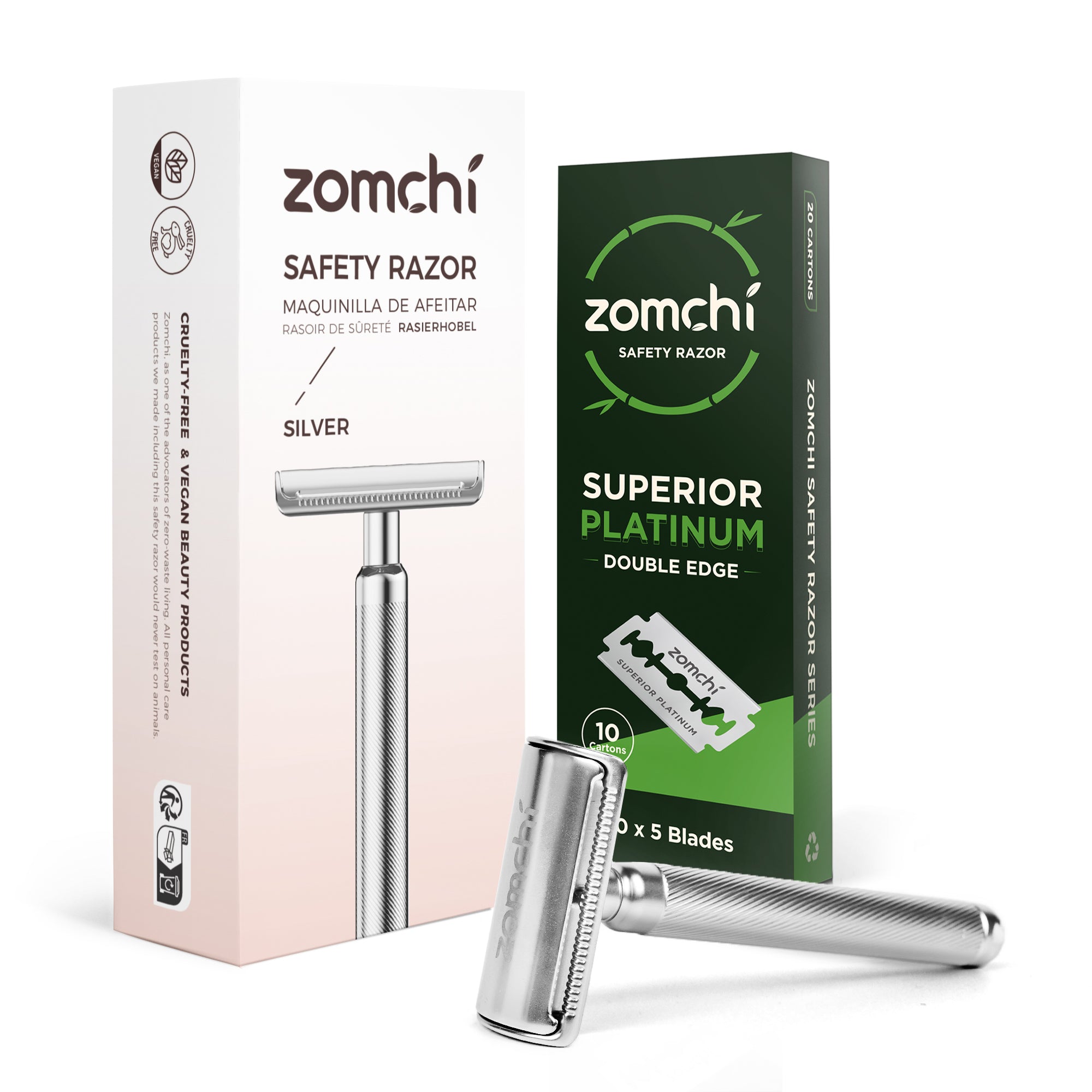
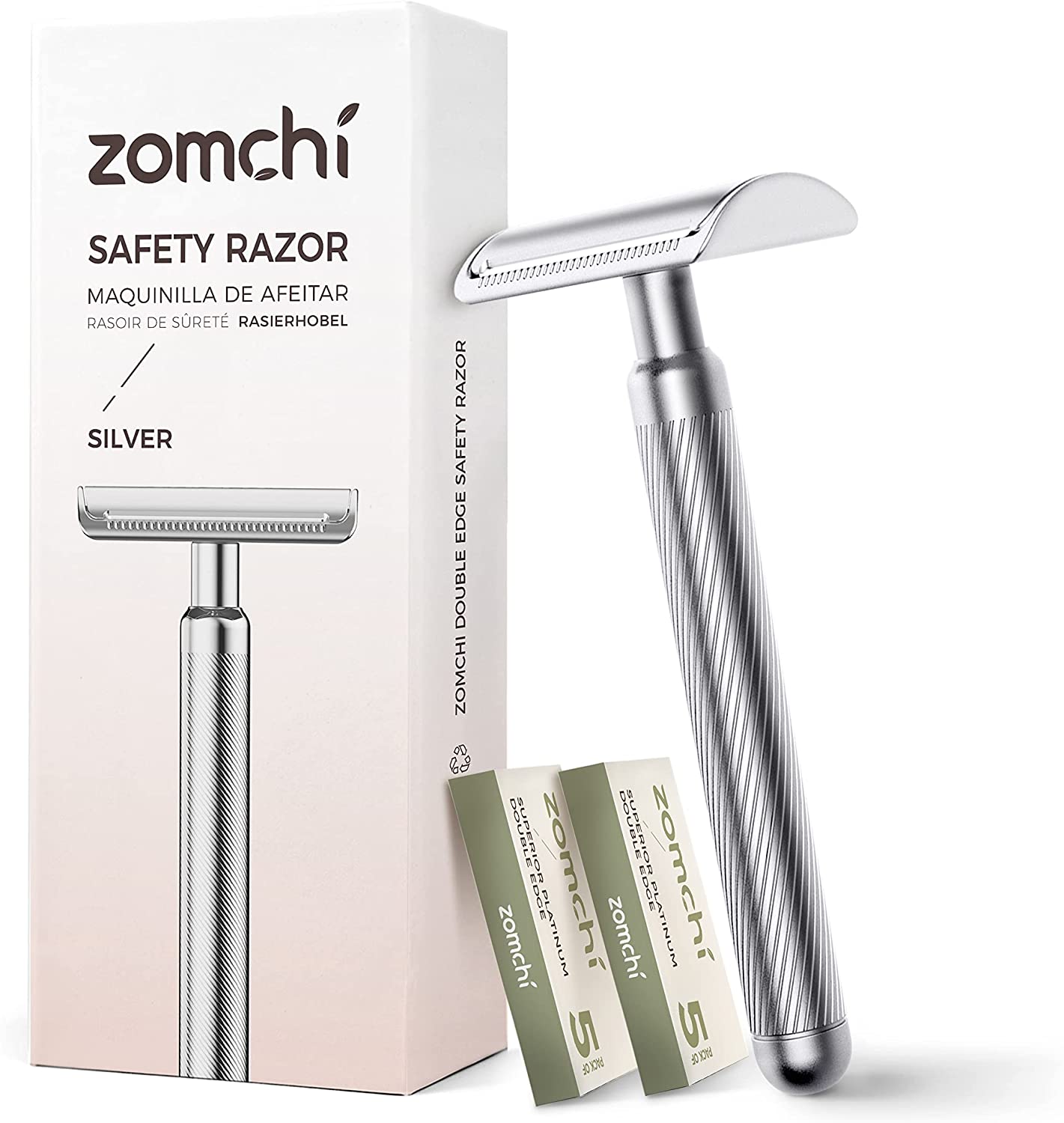
Comments (0)
Back to News